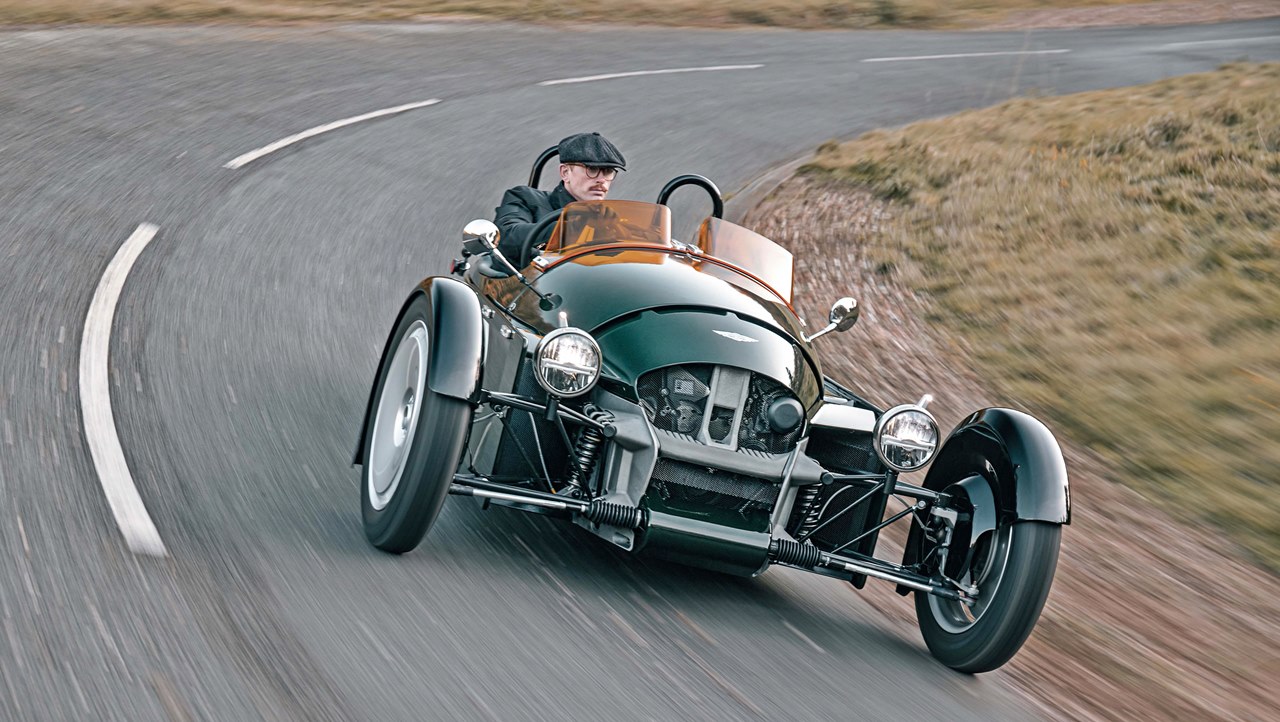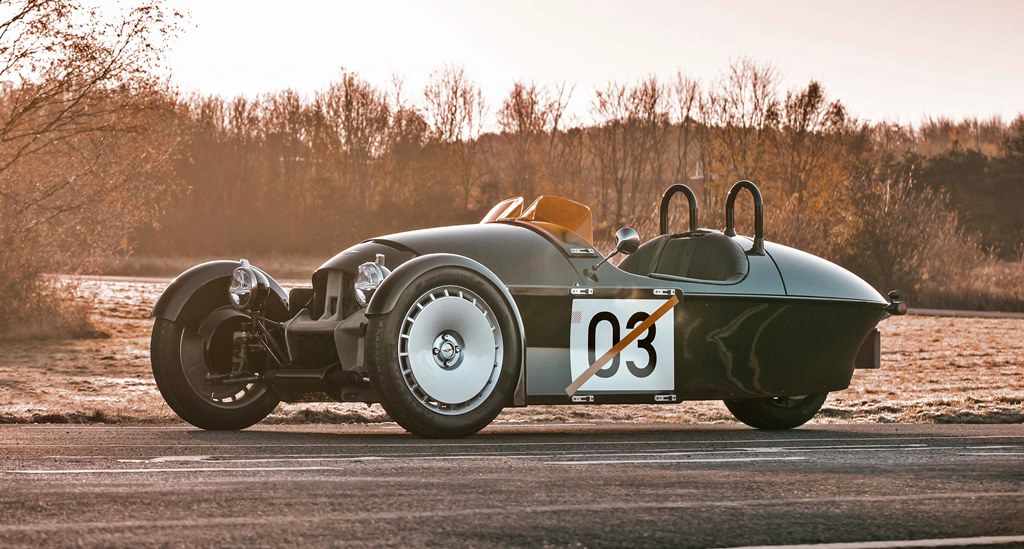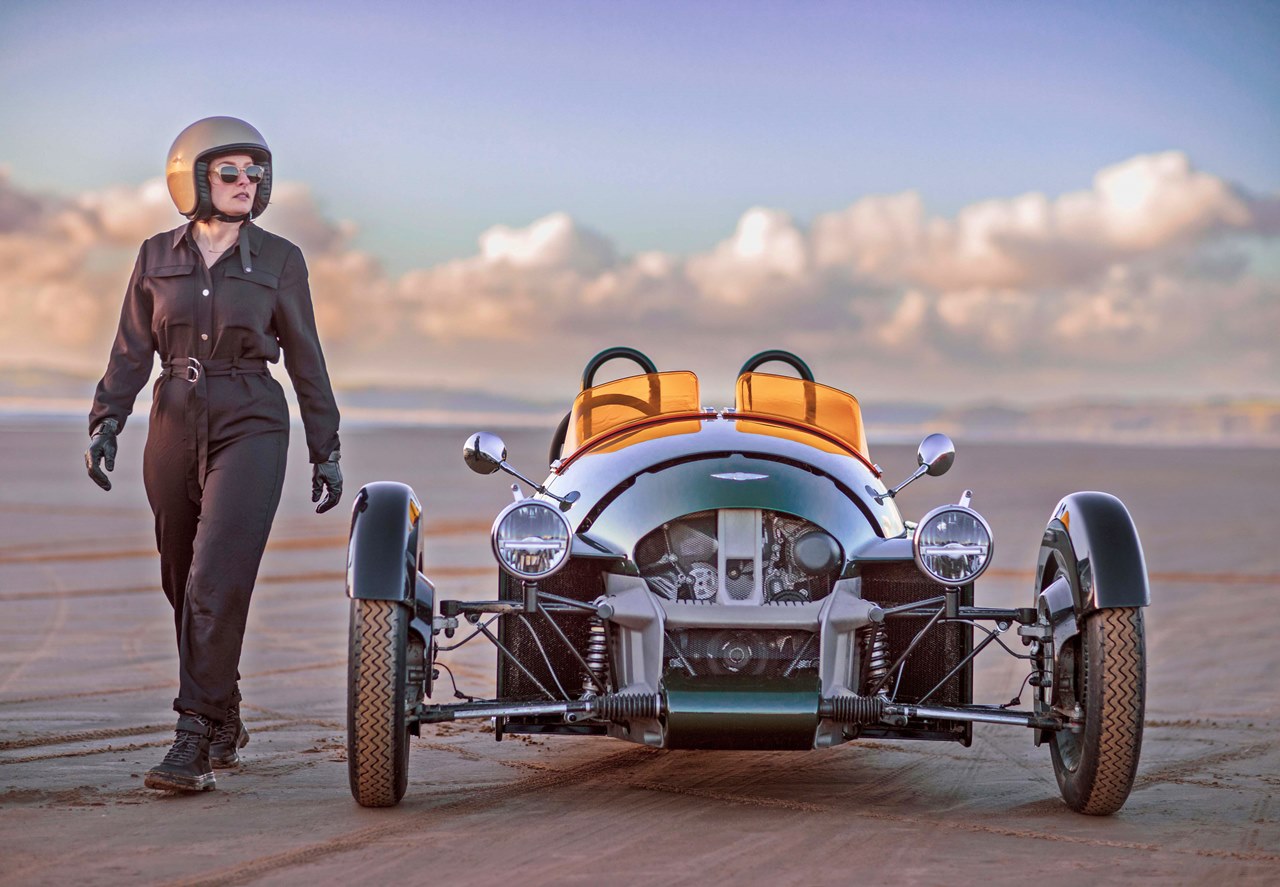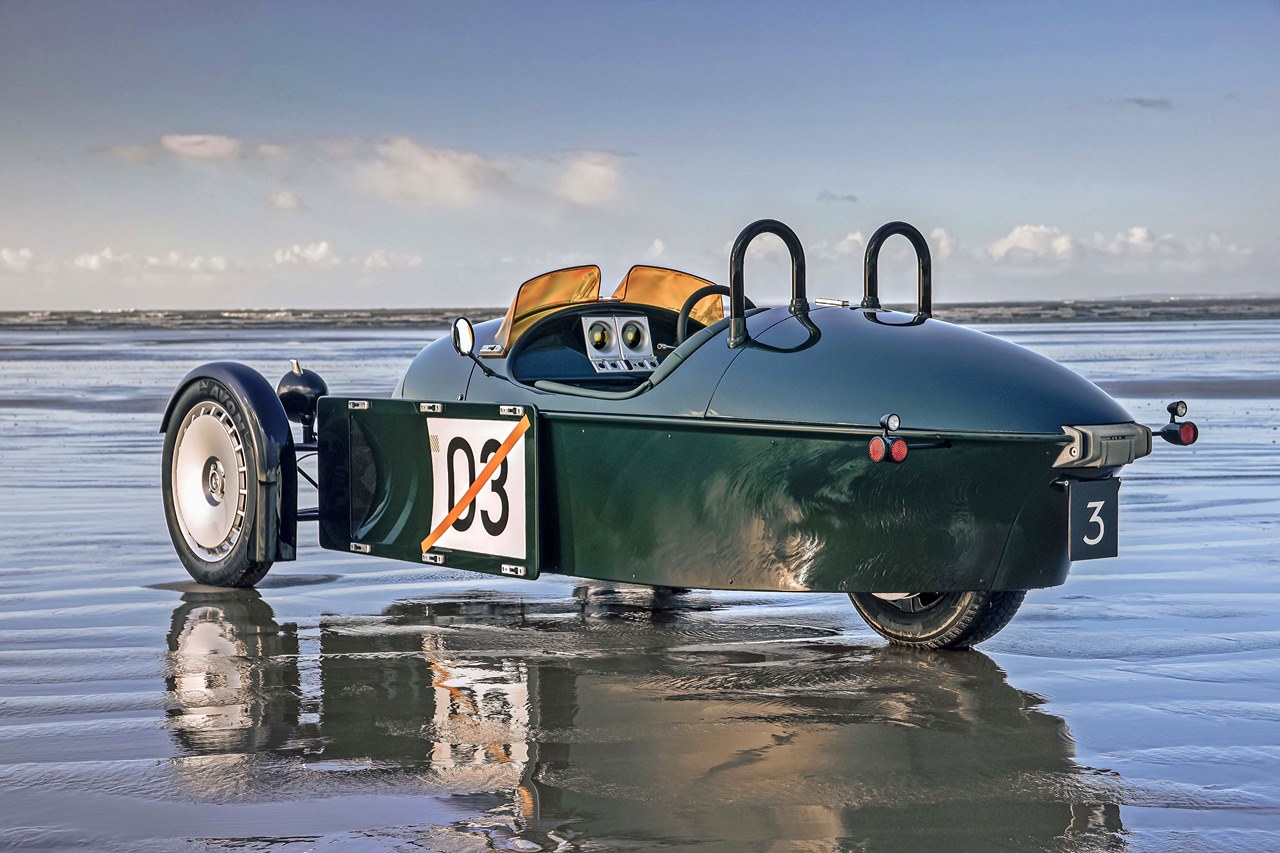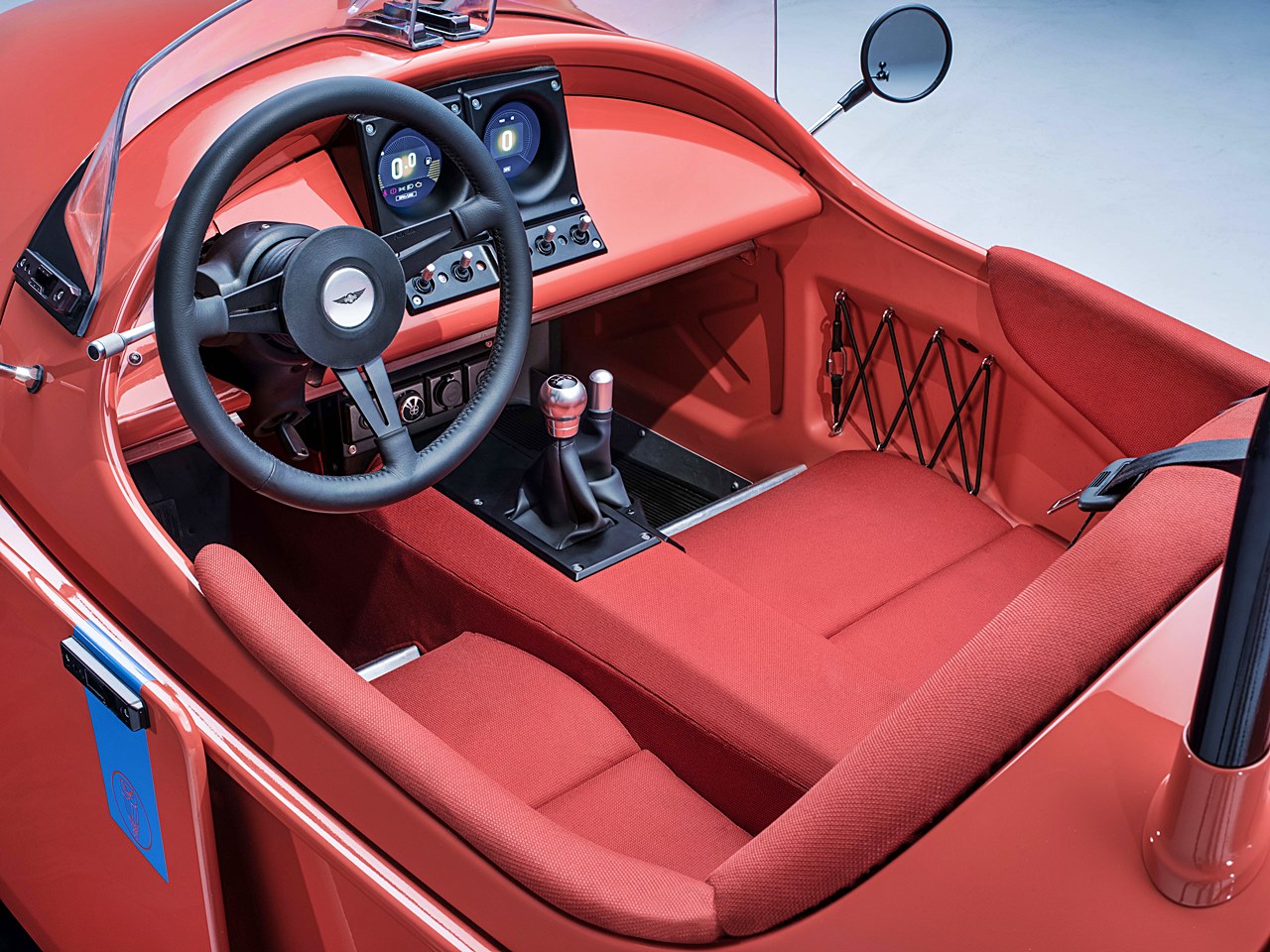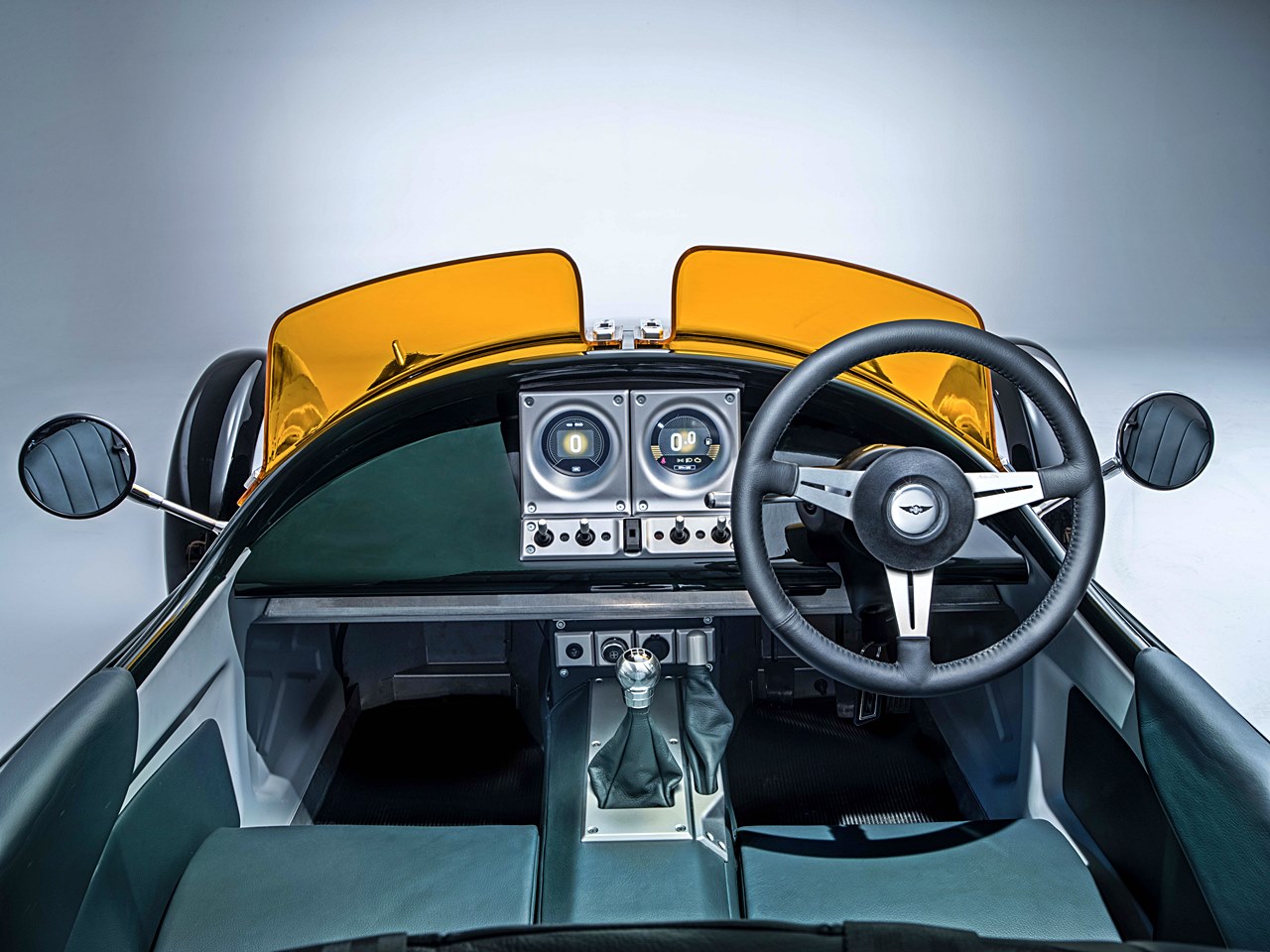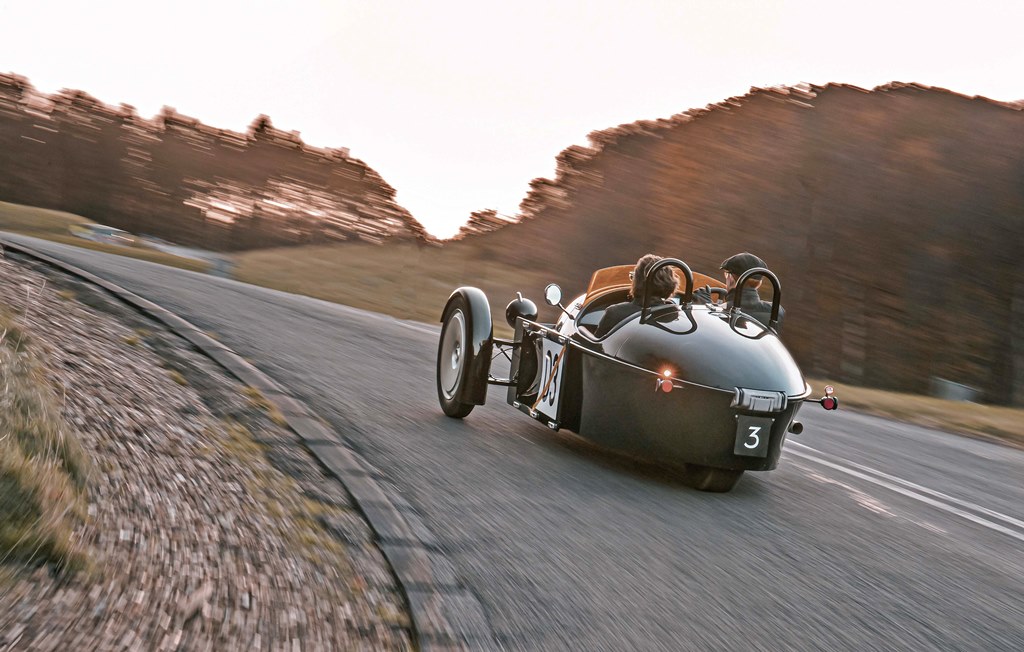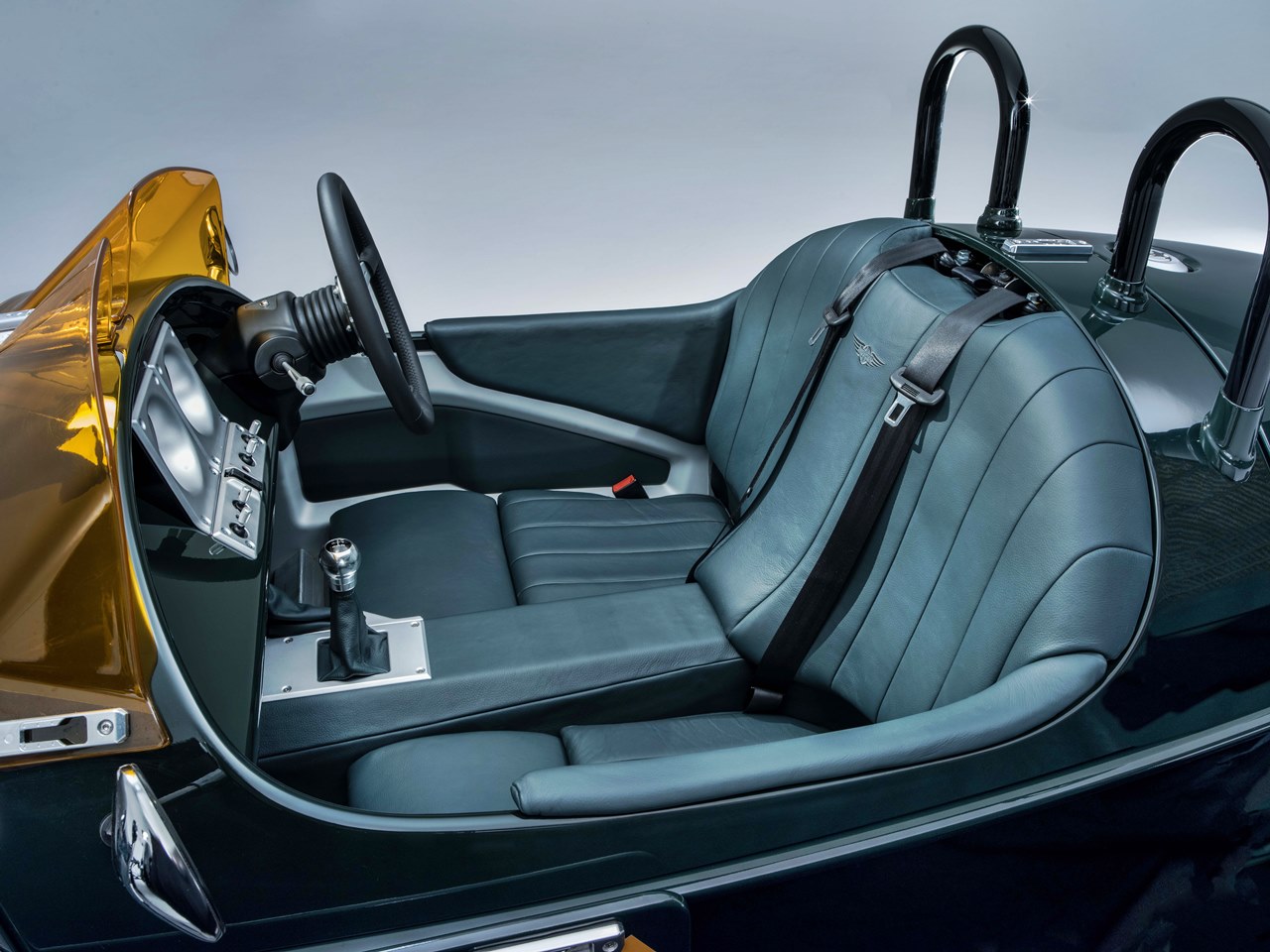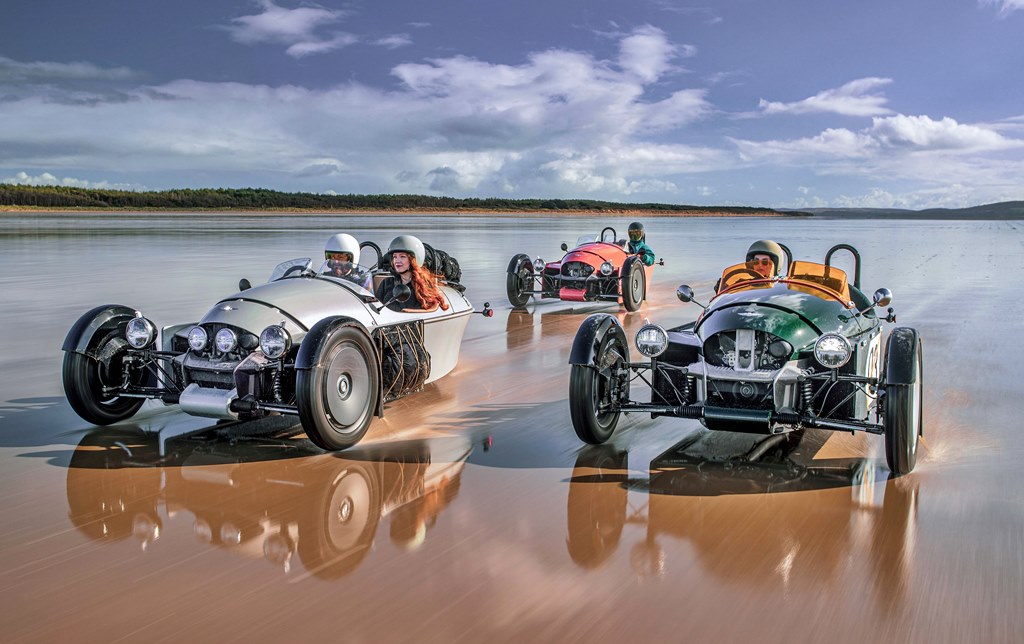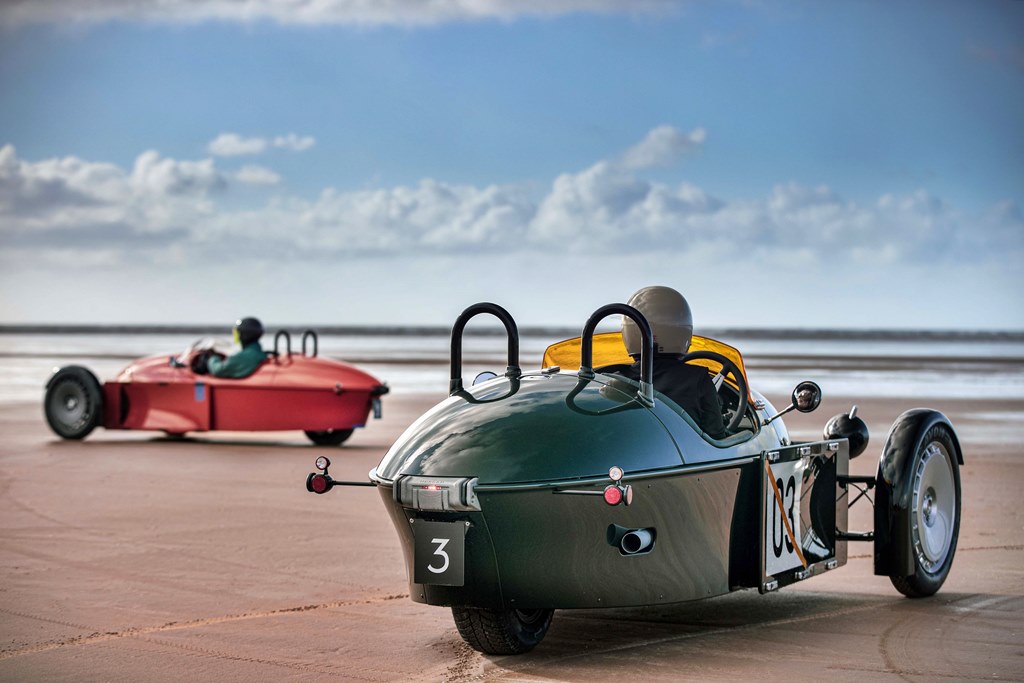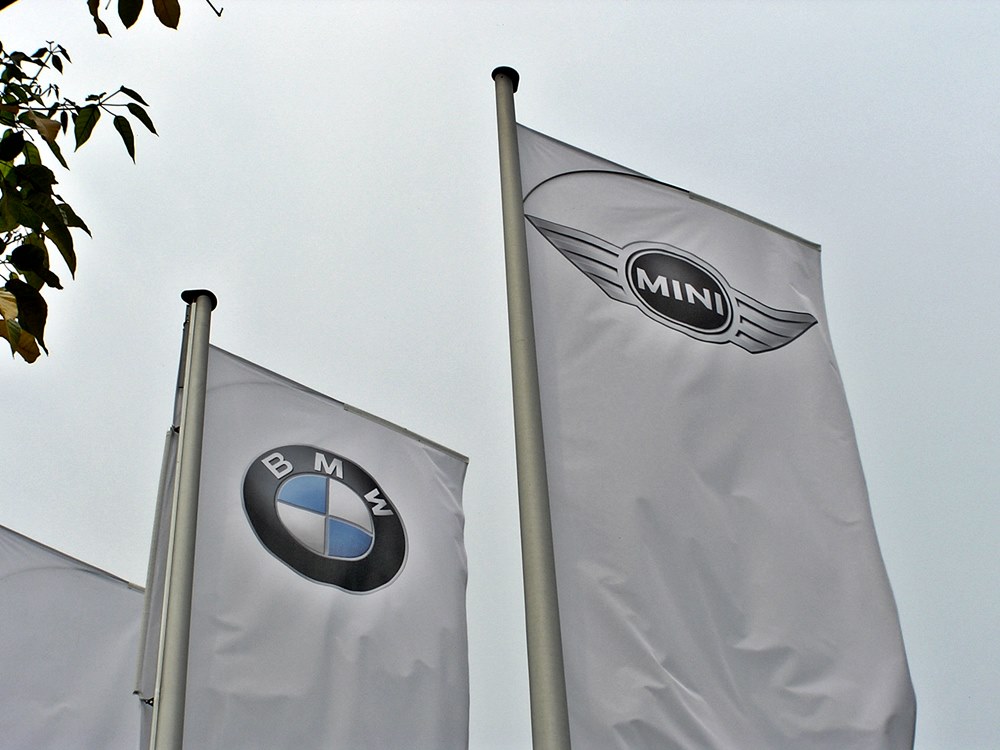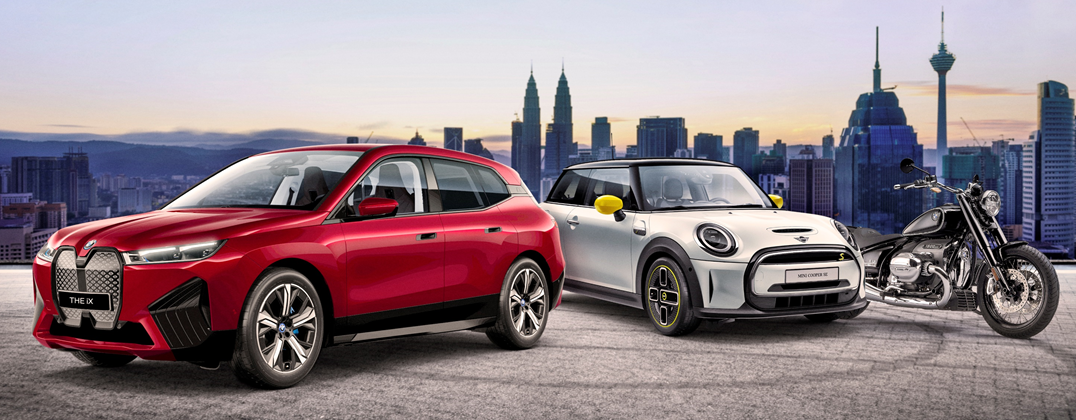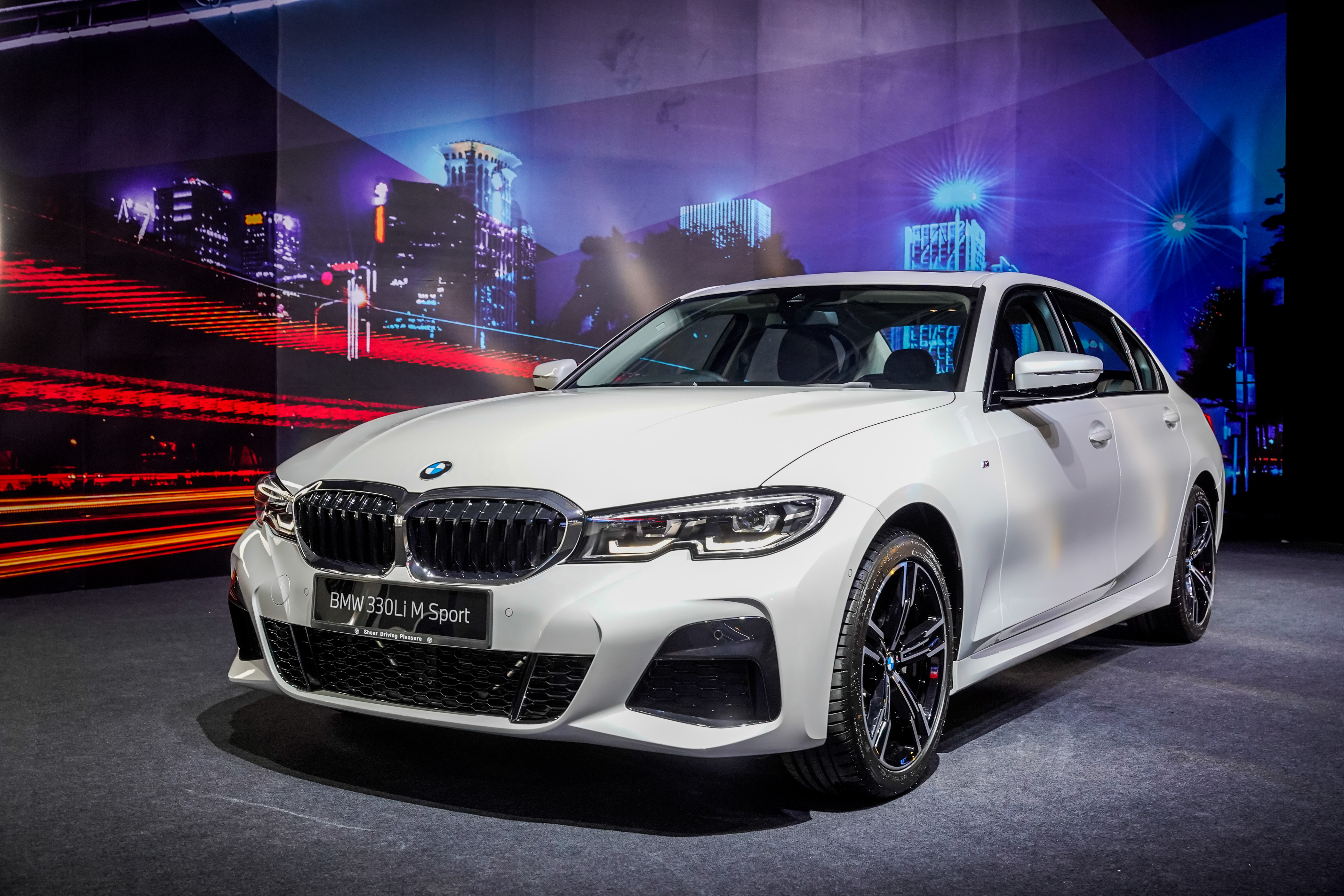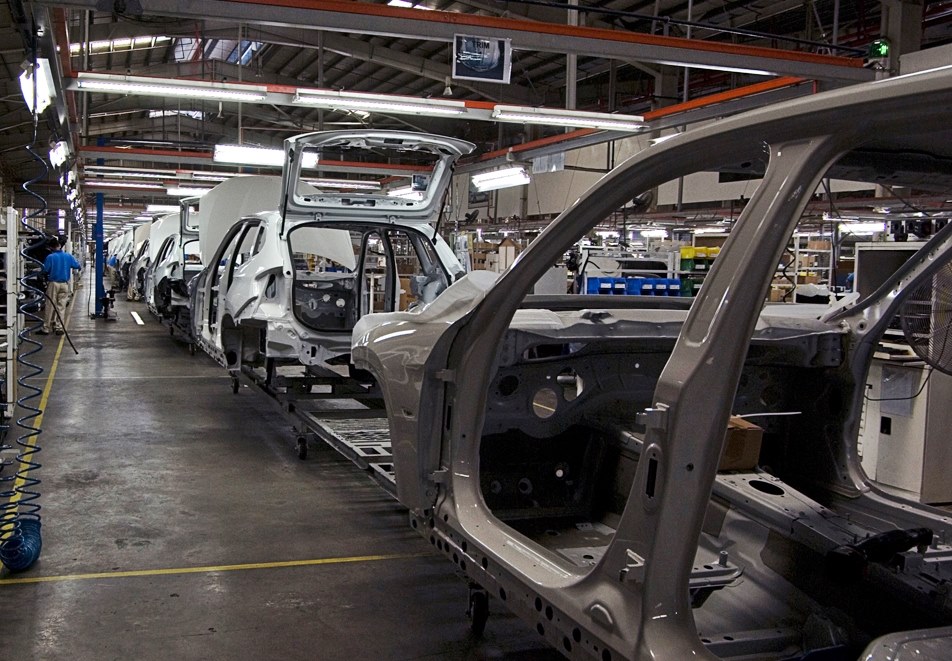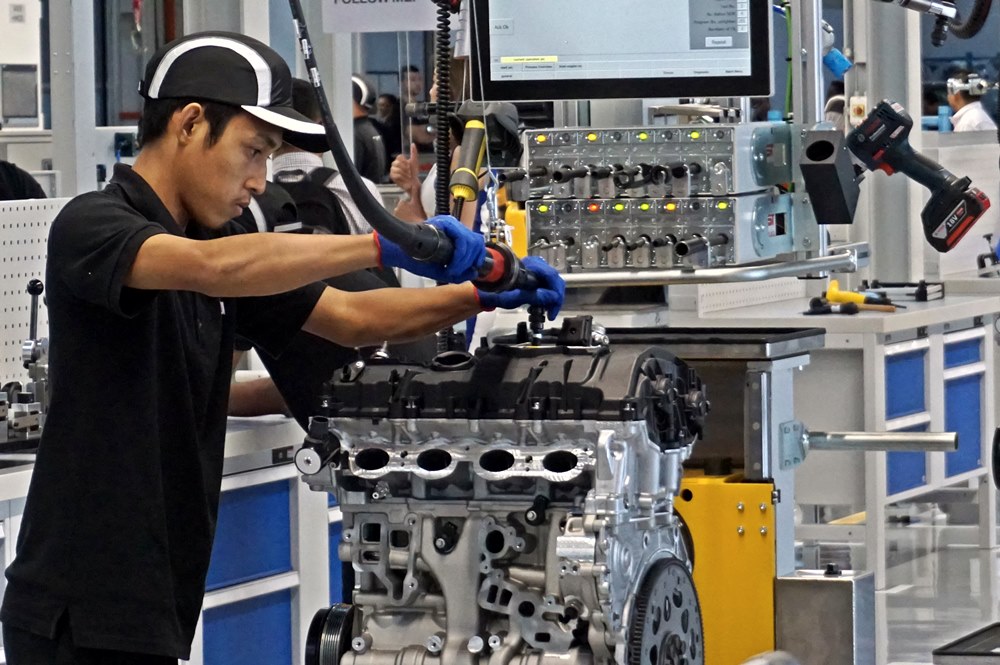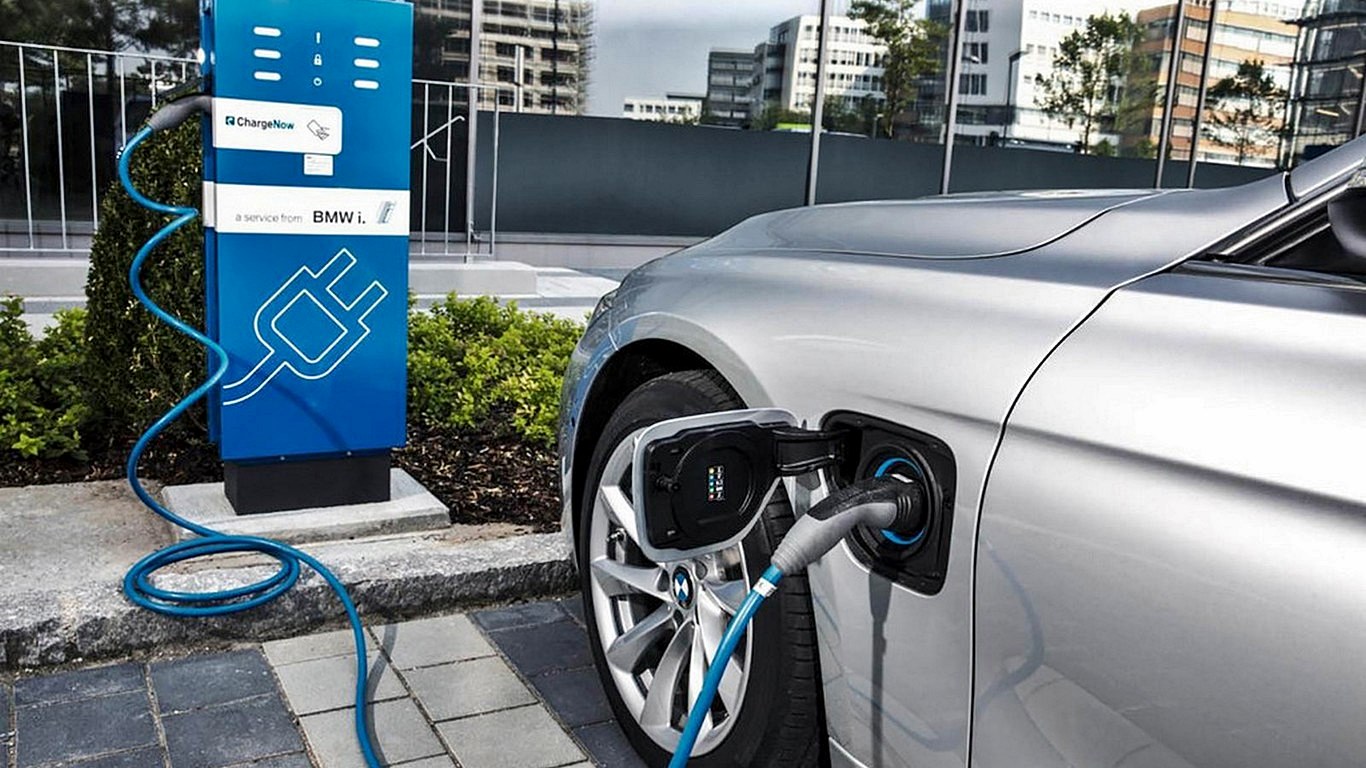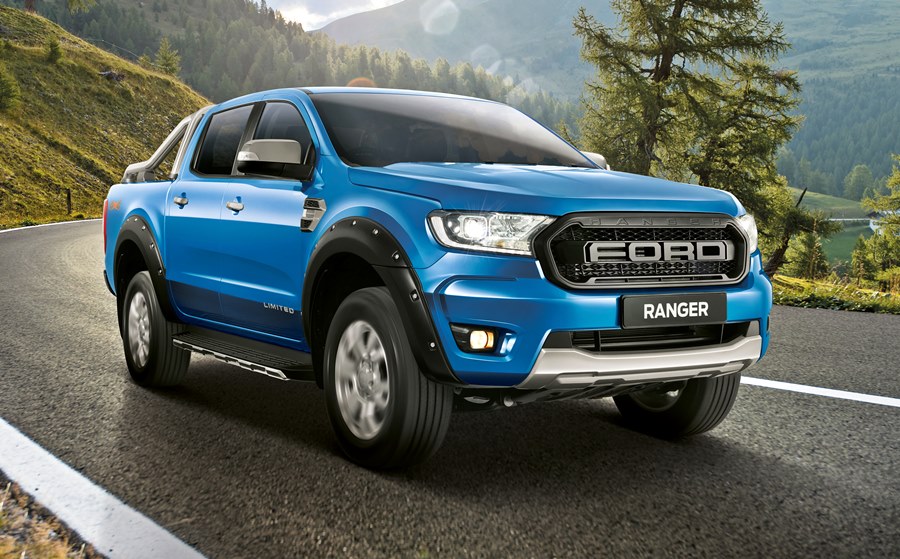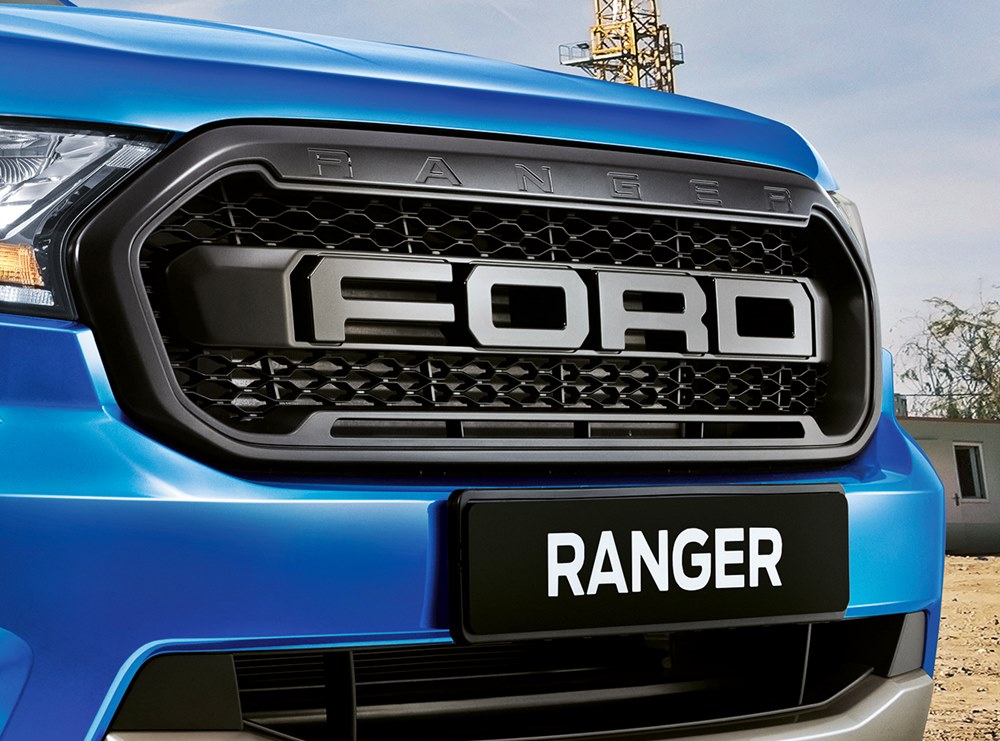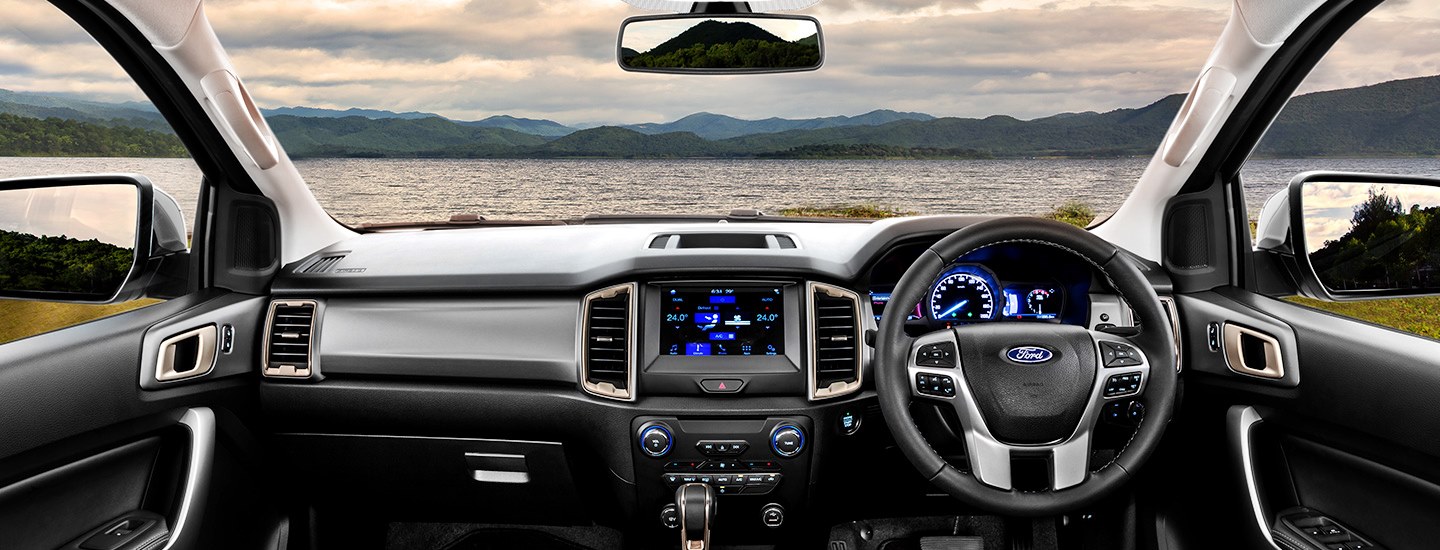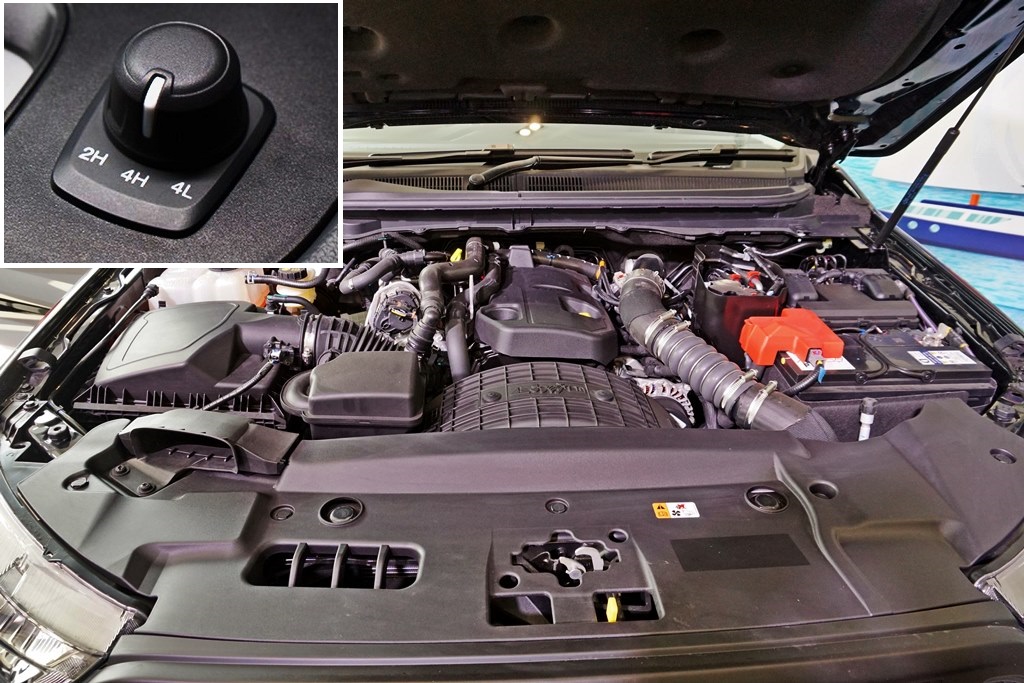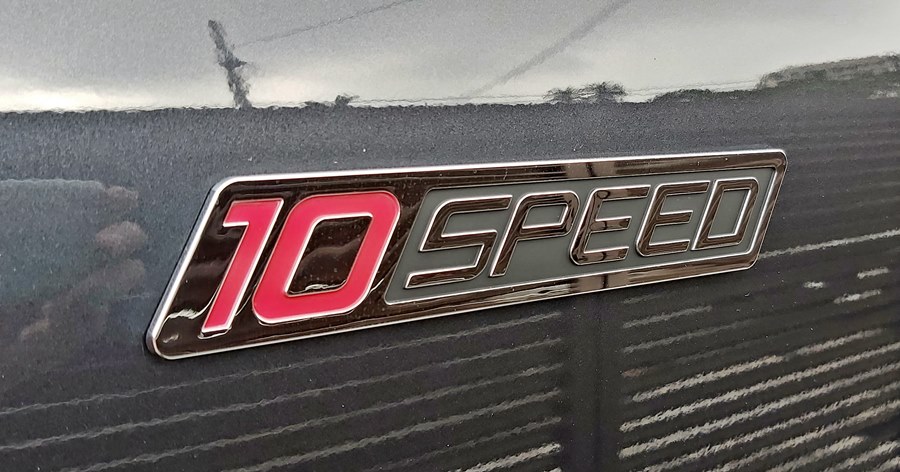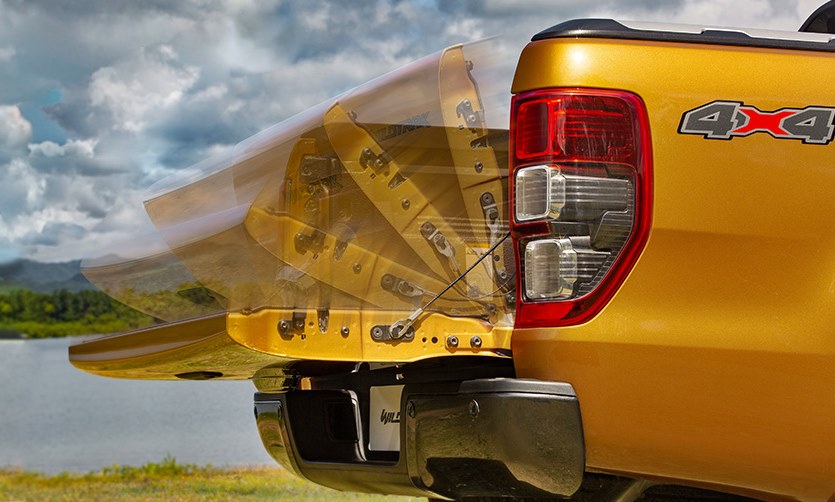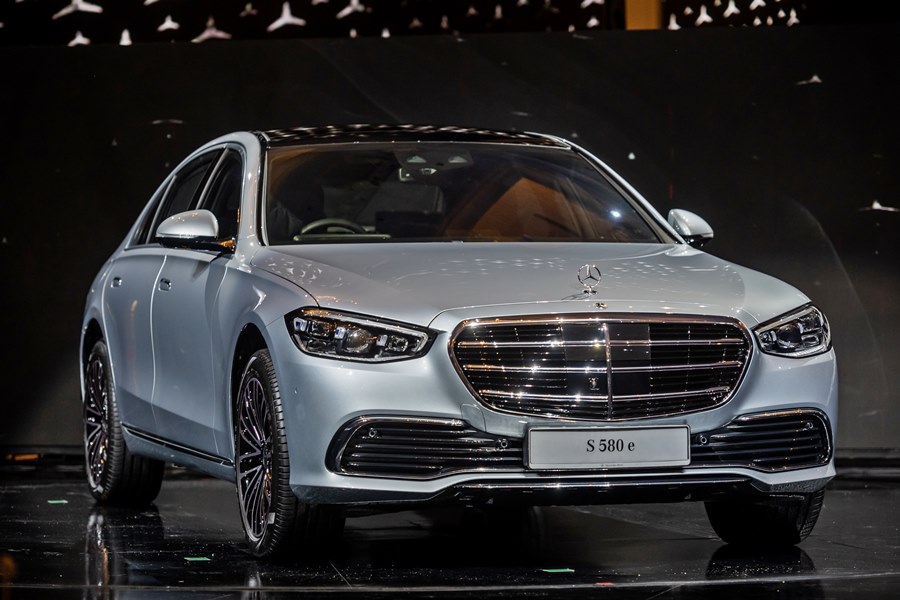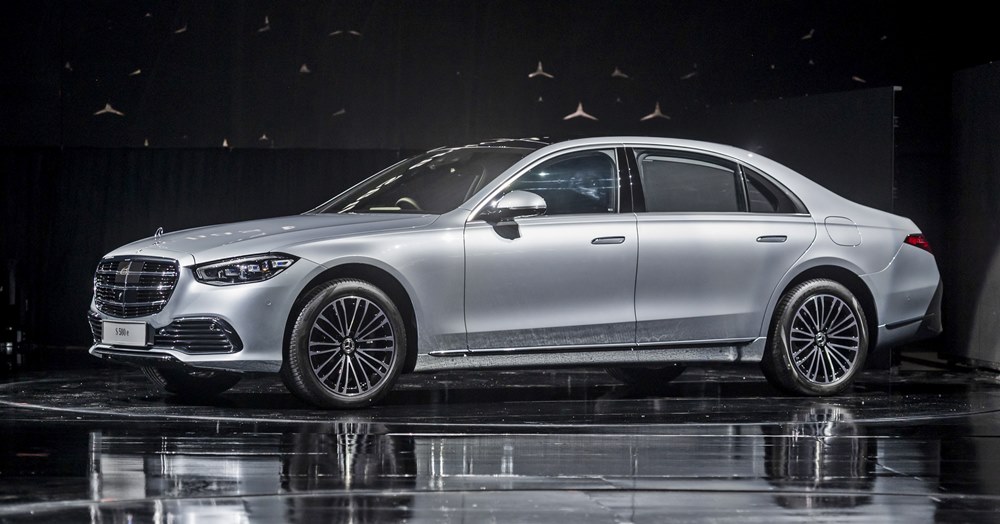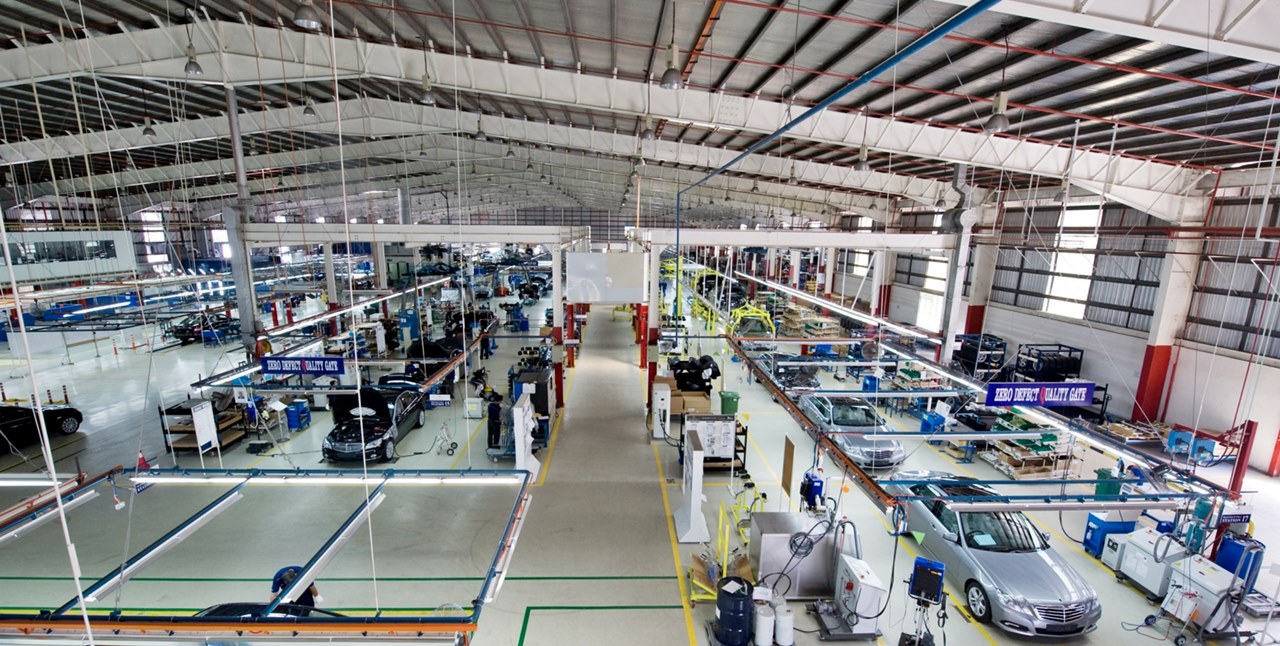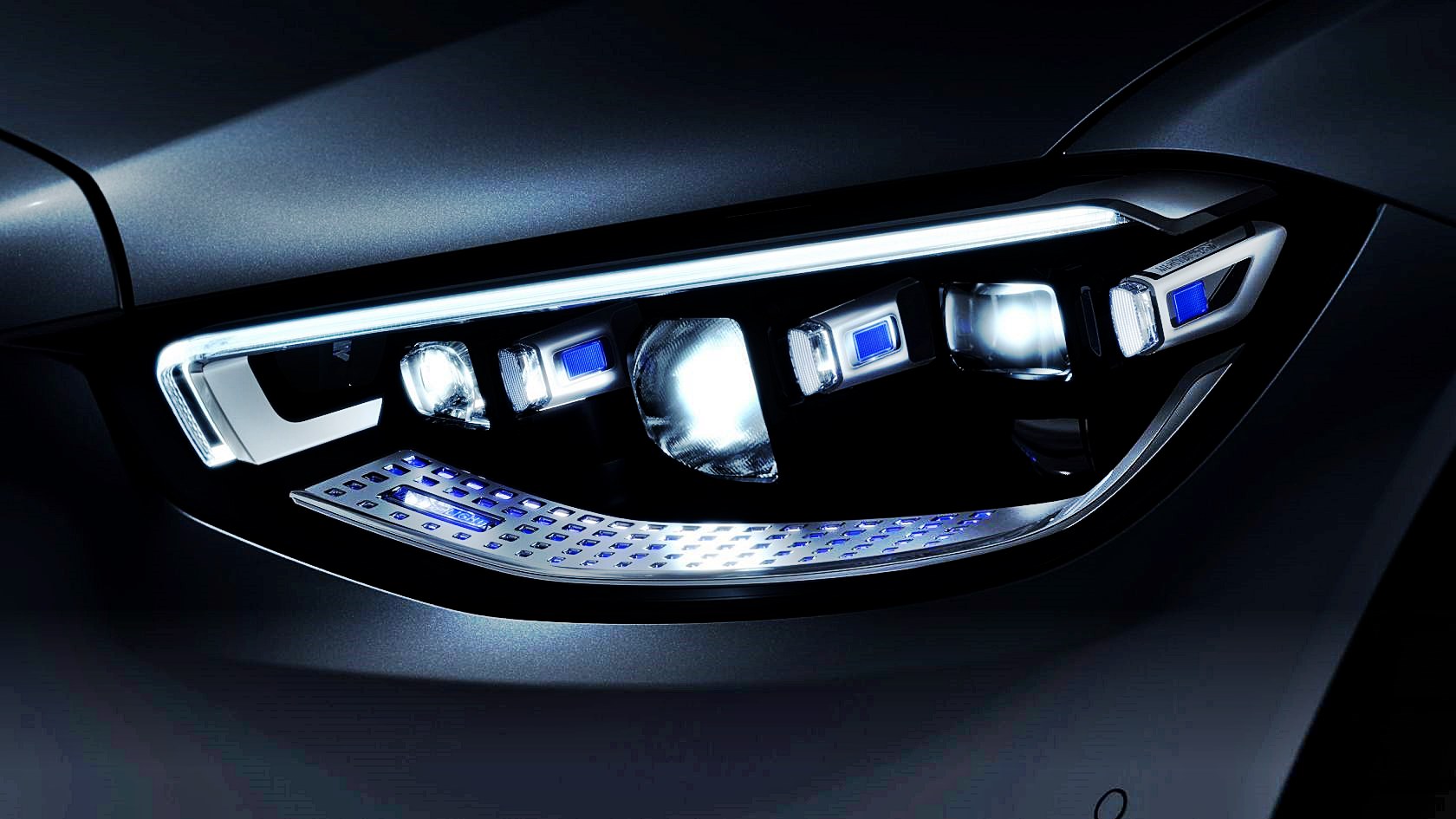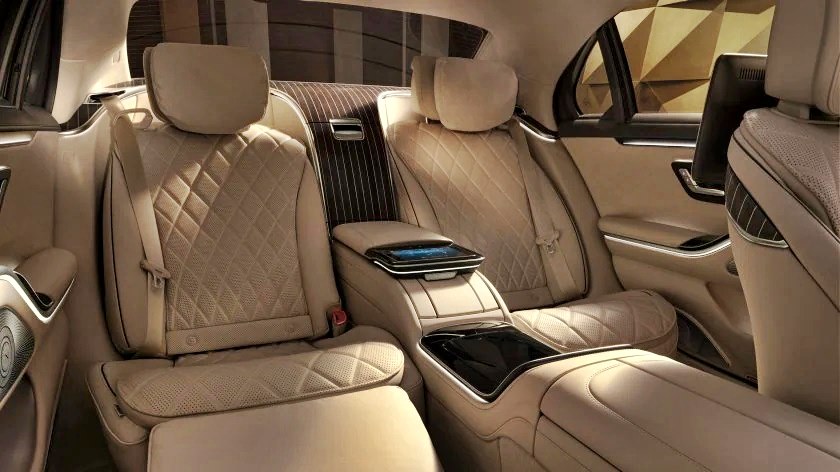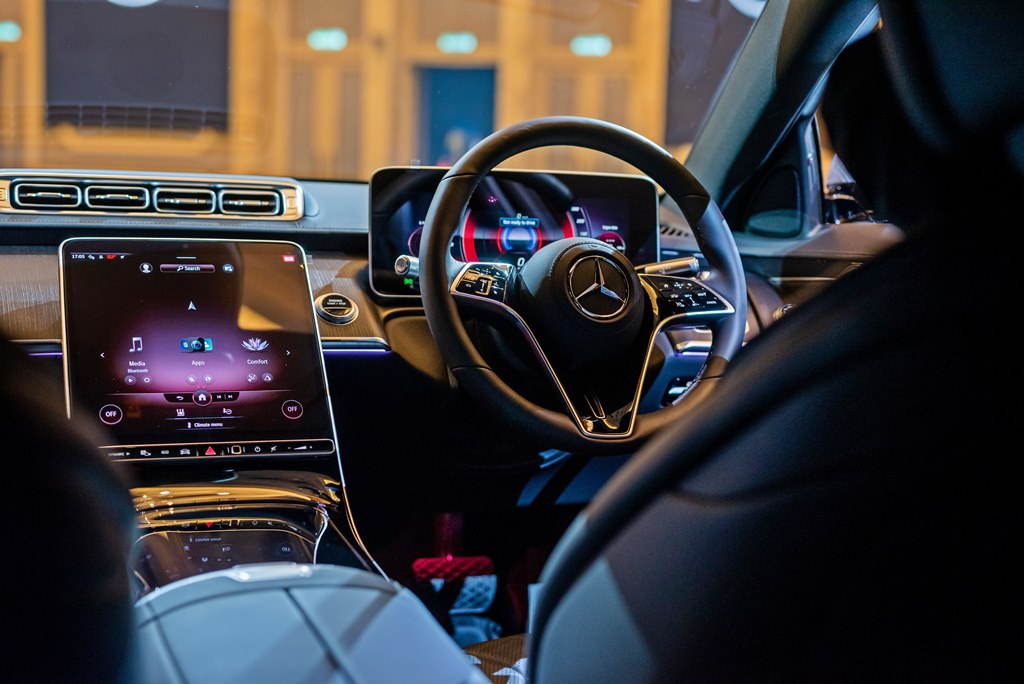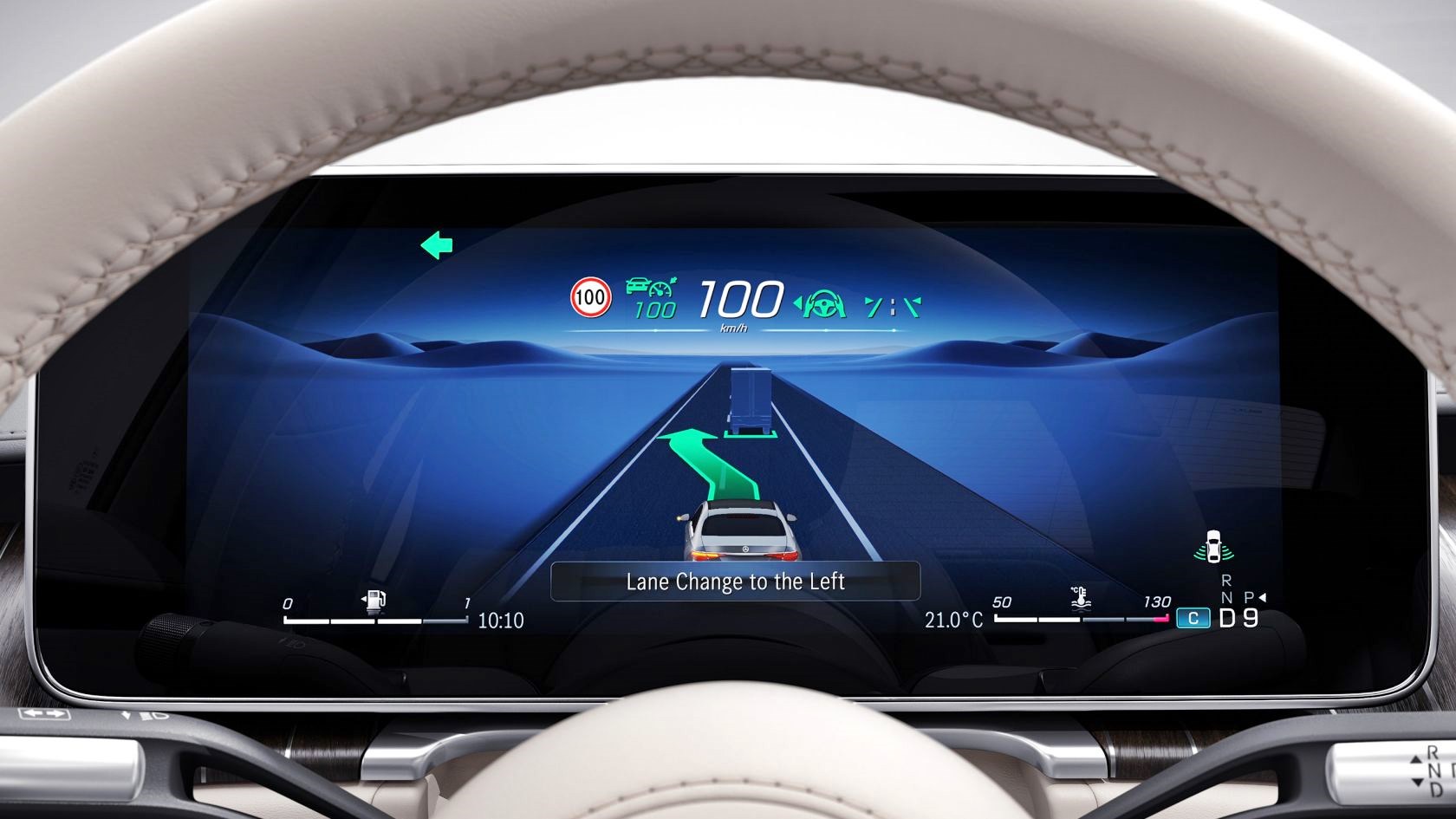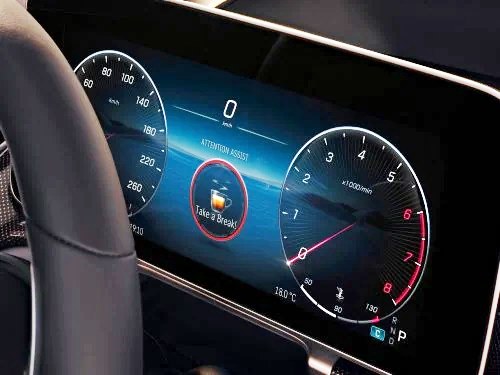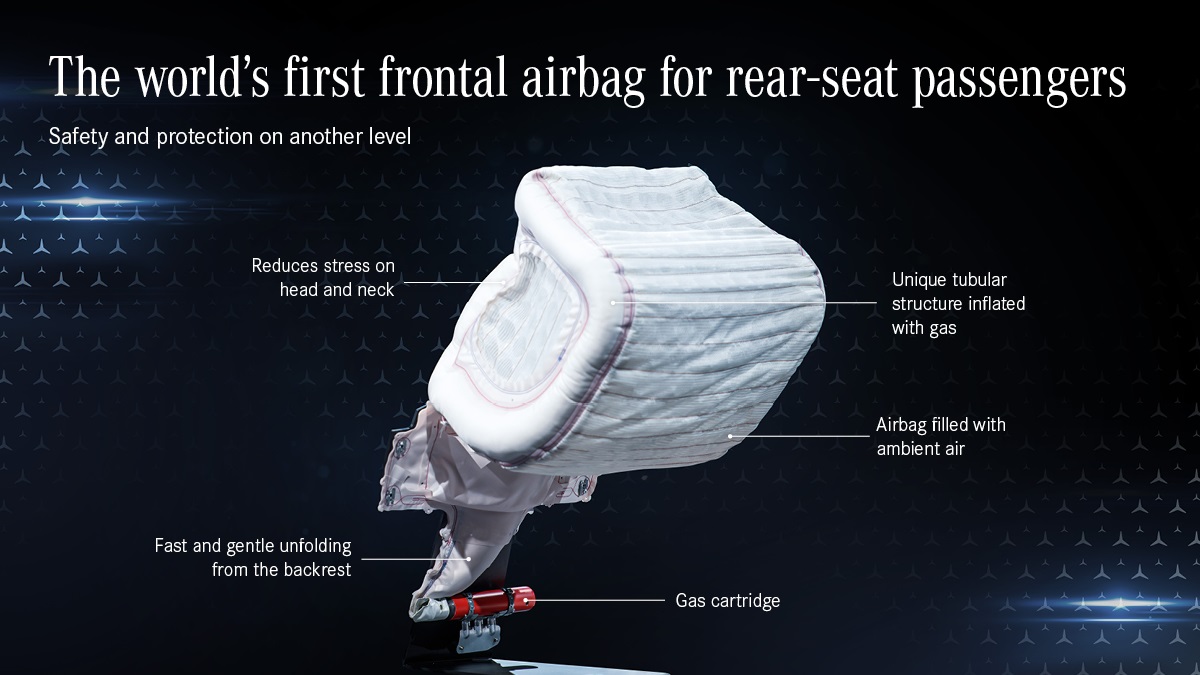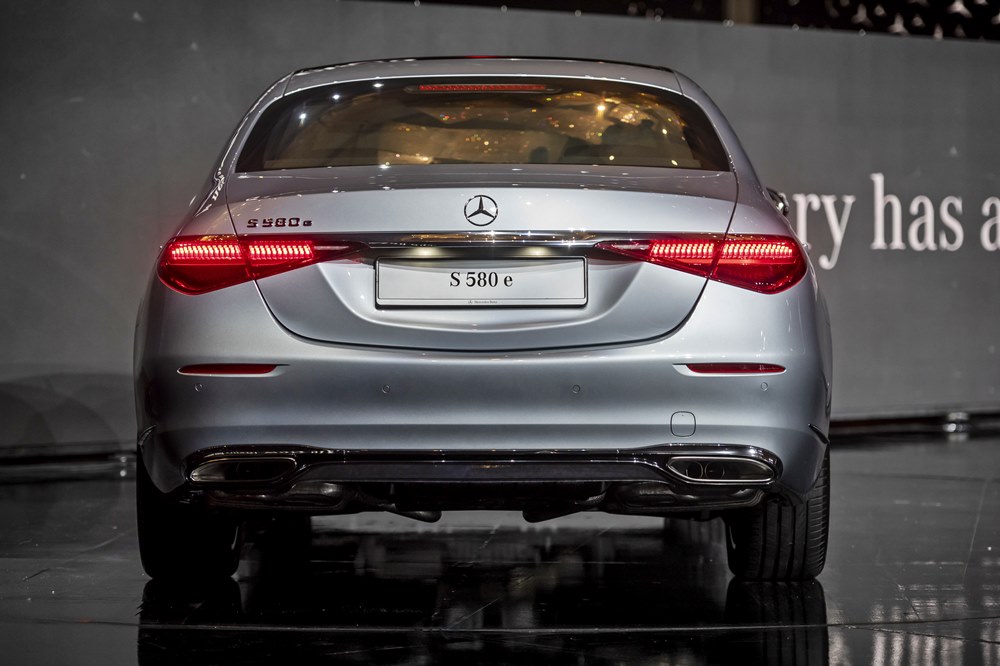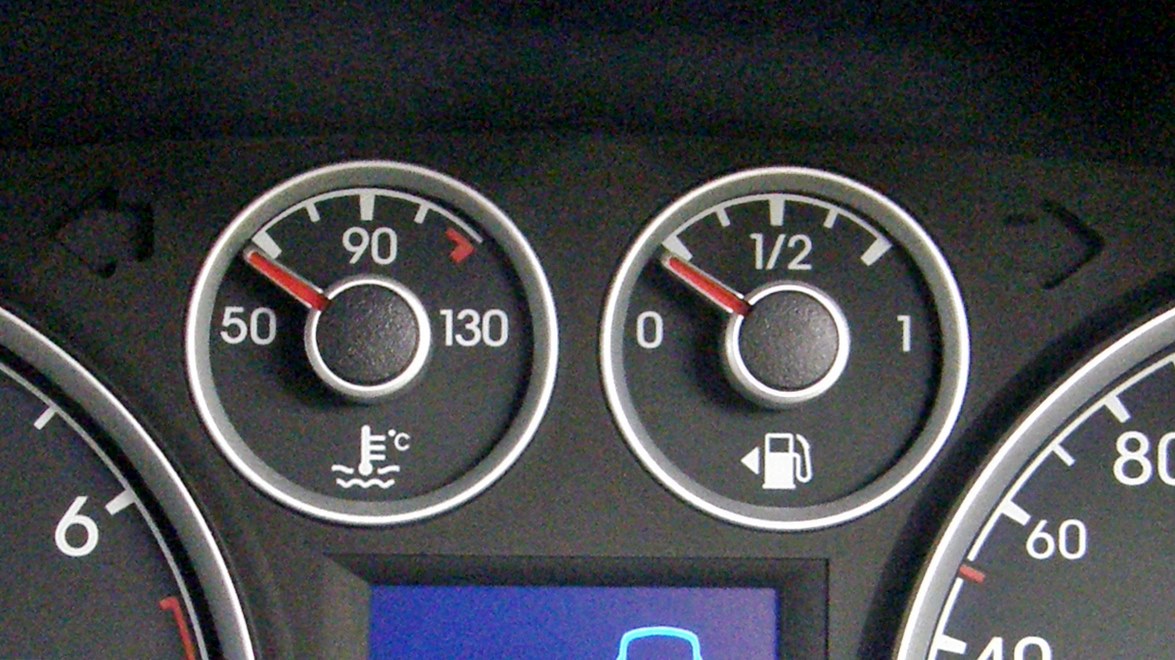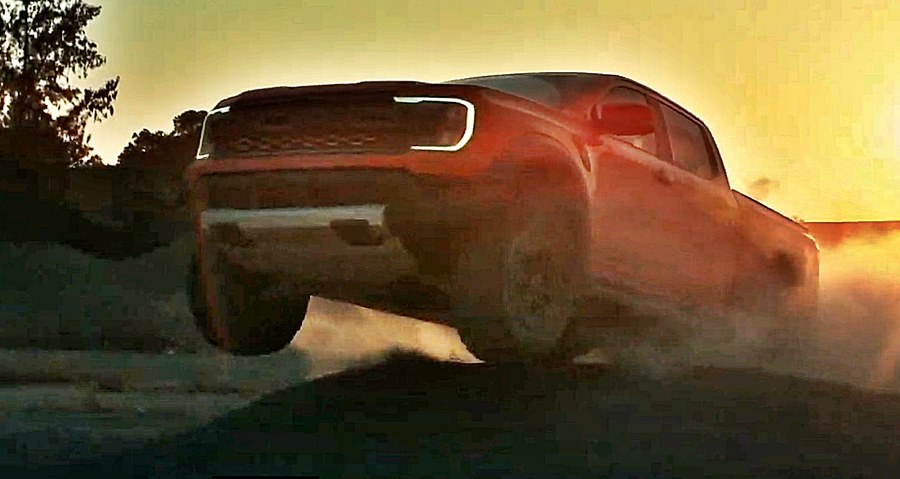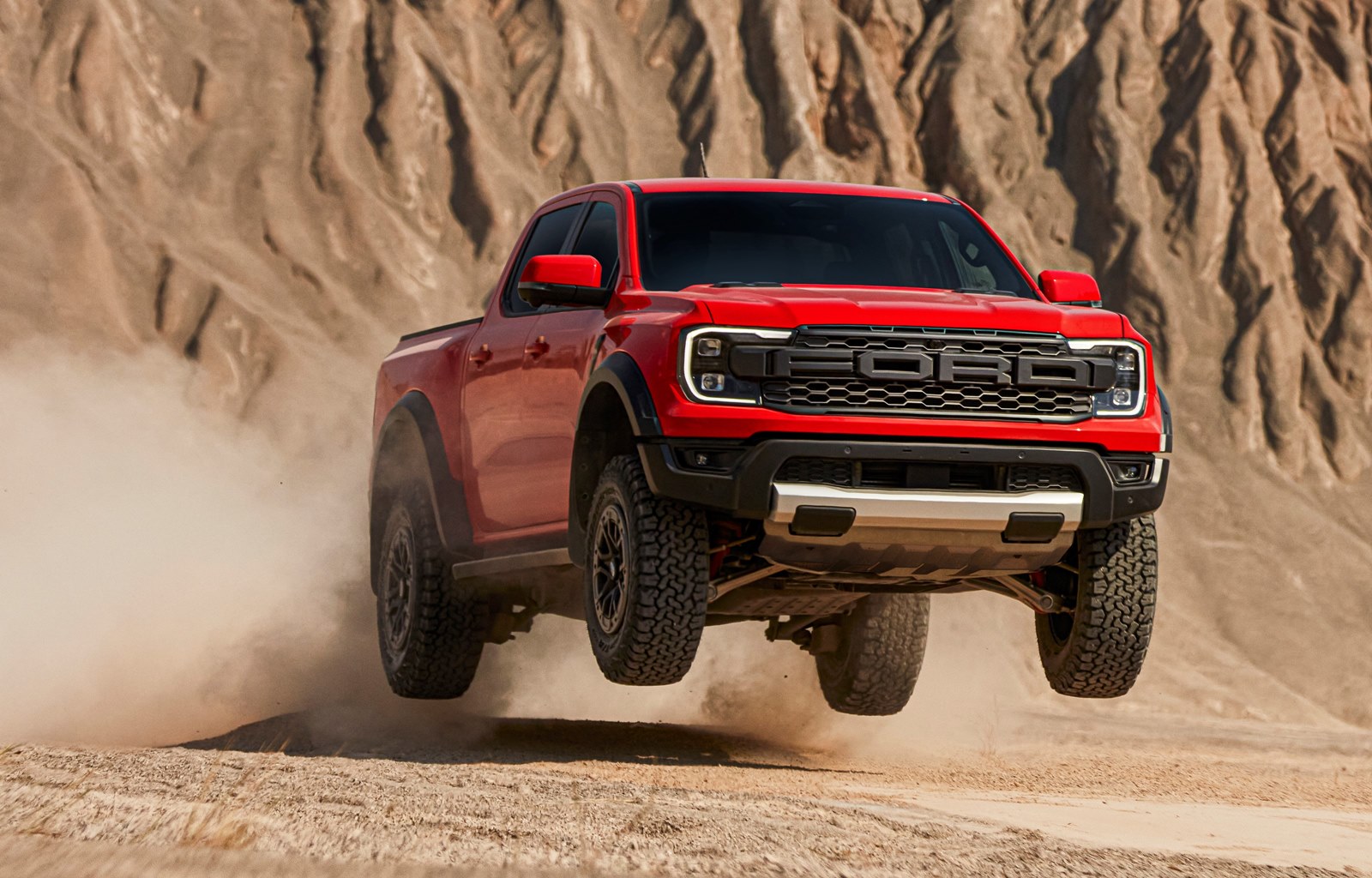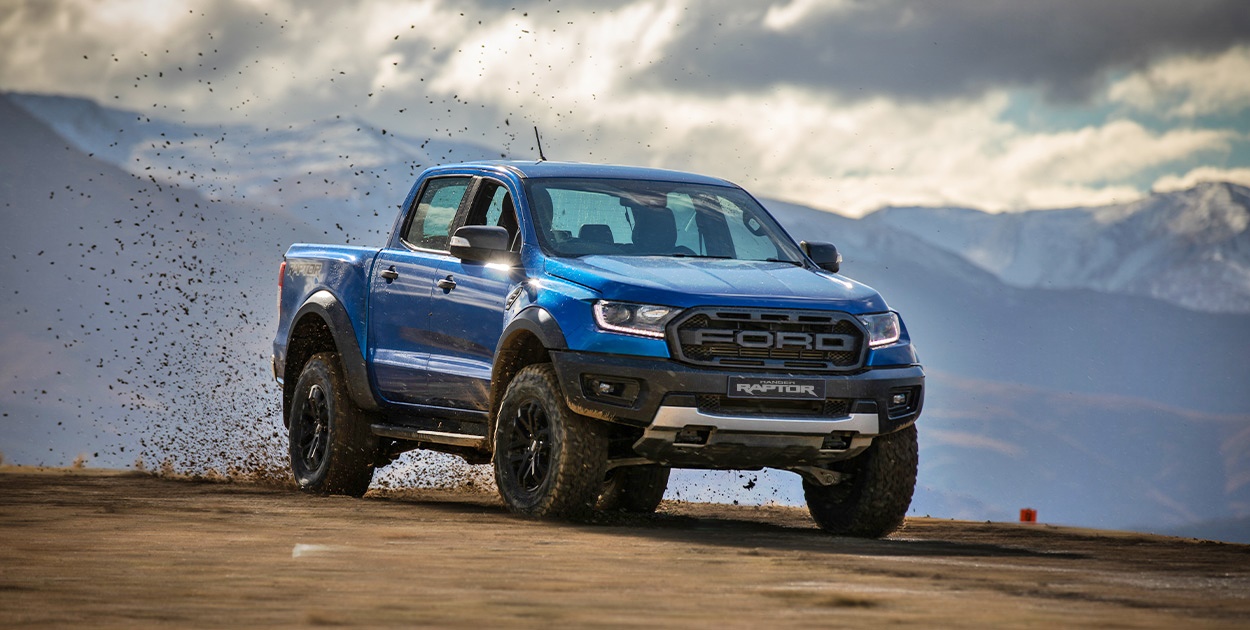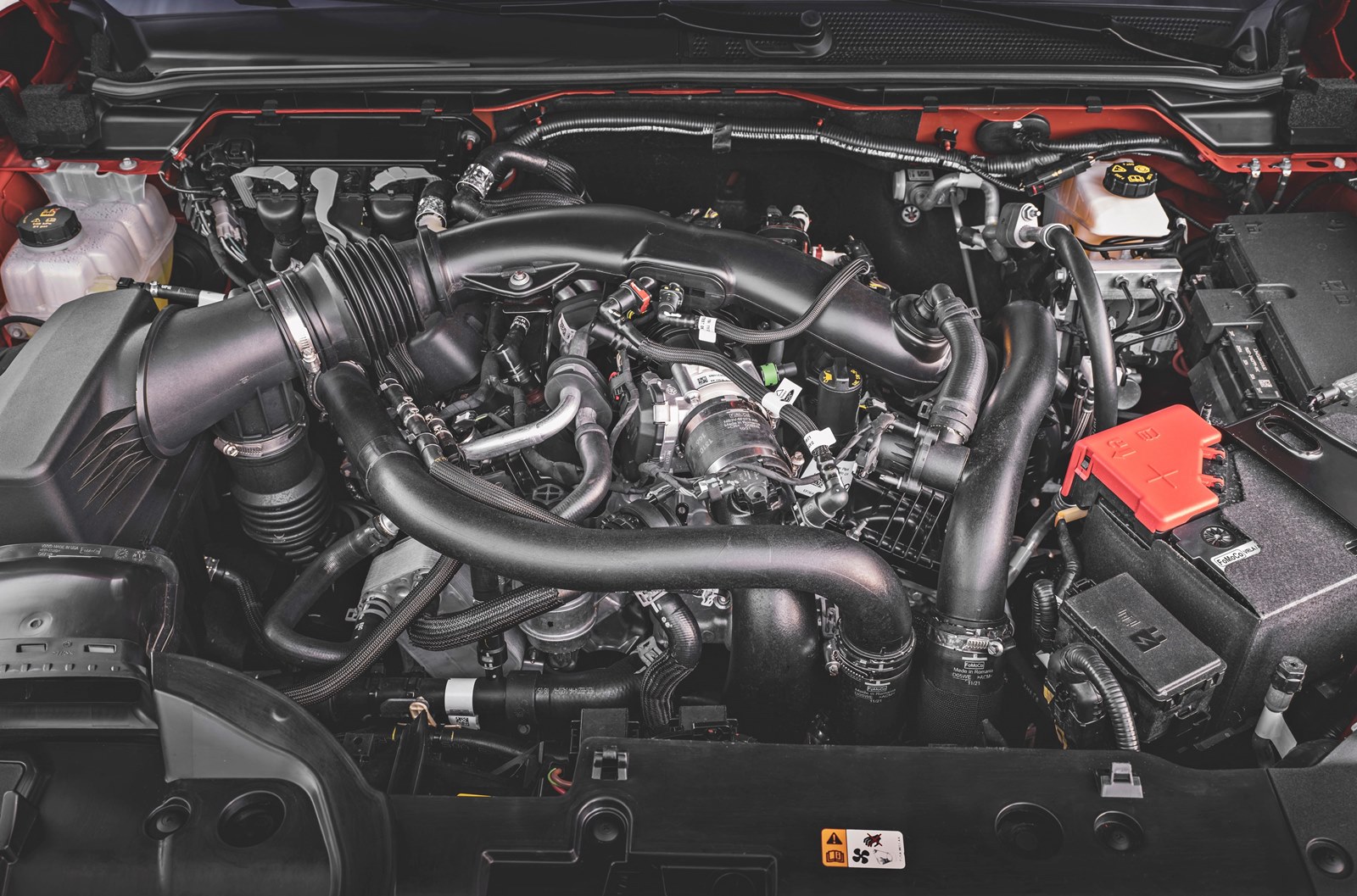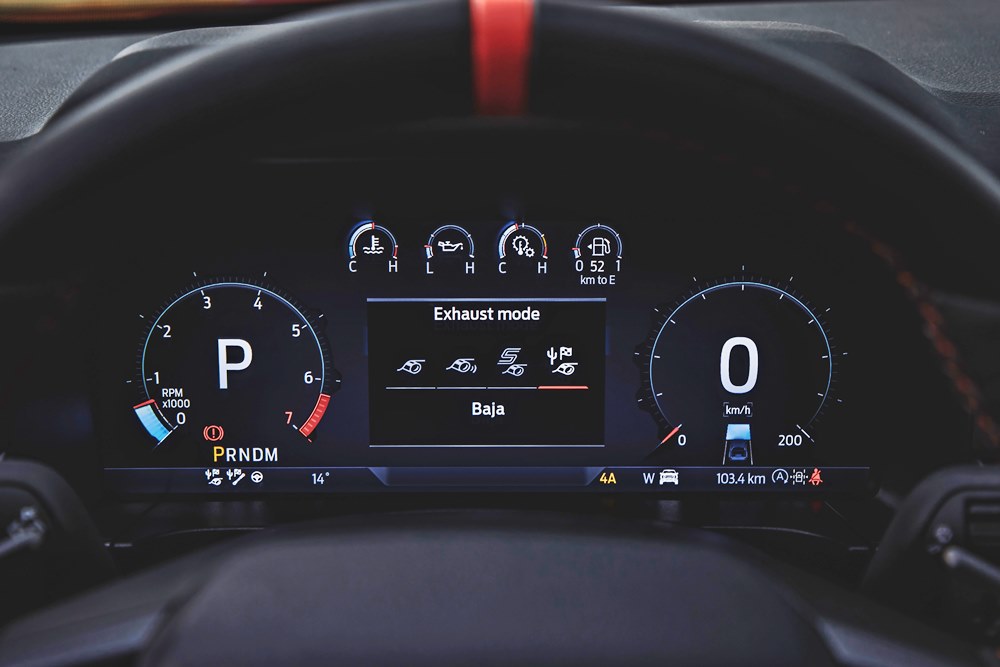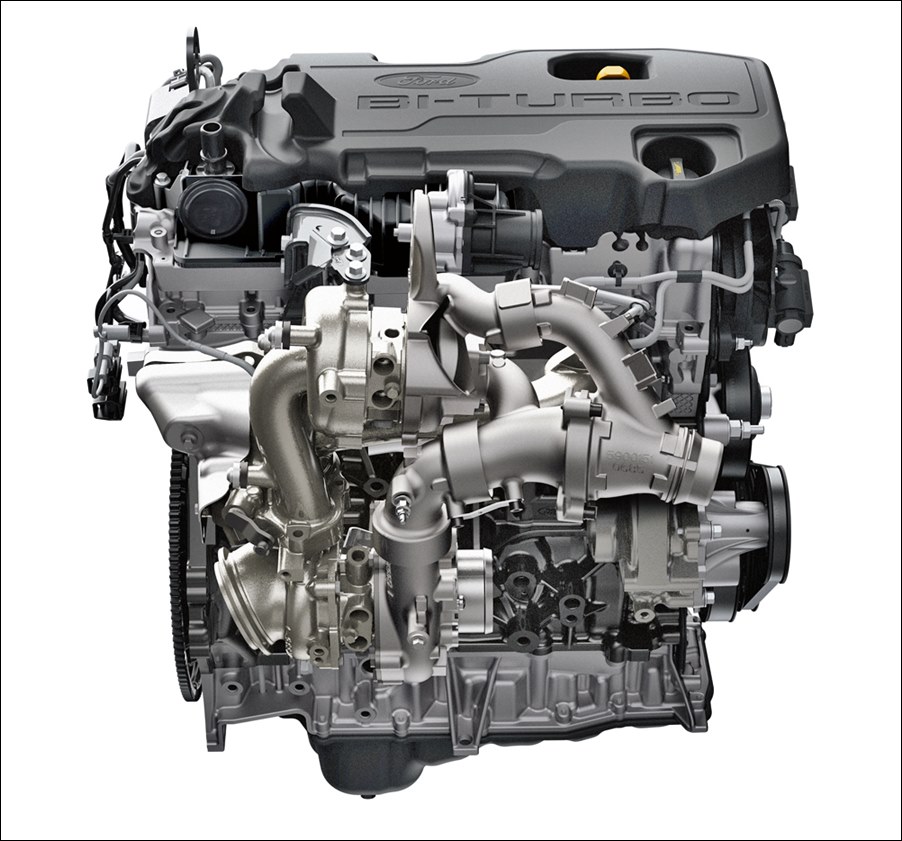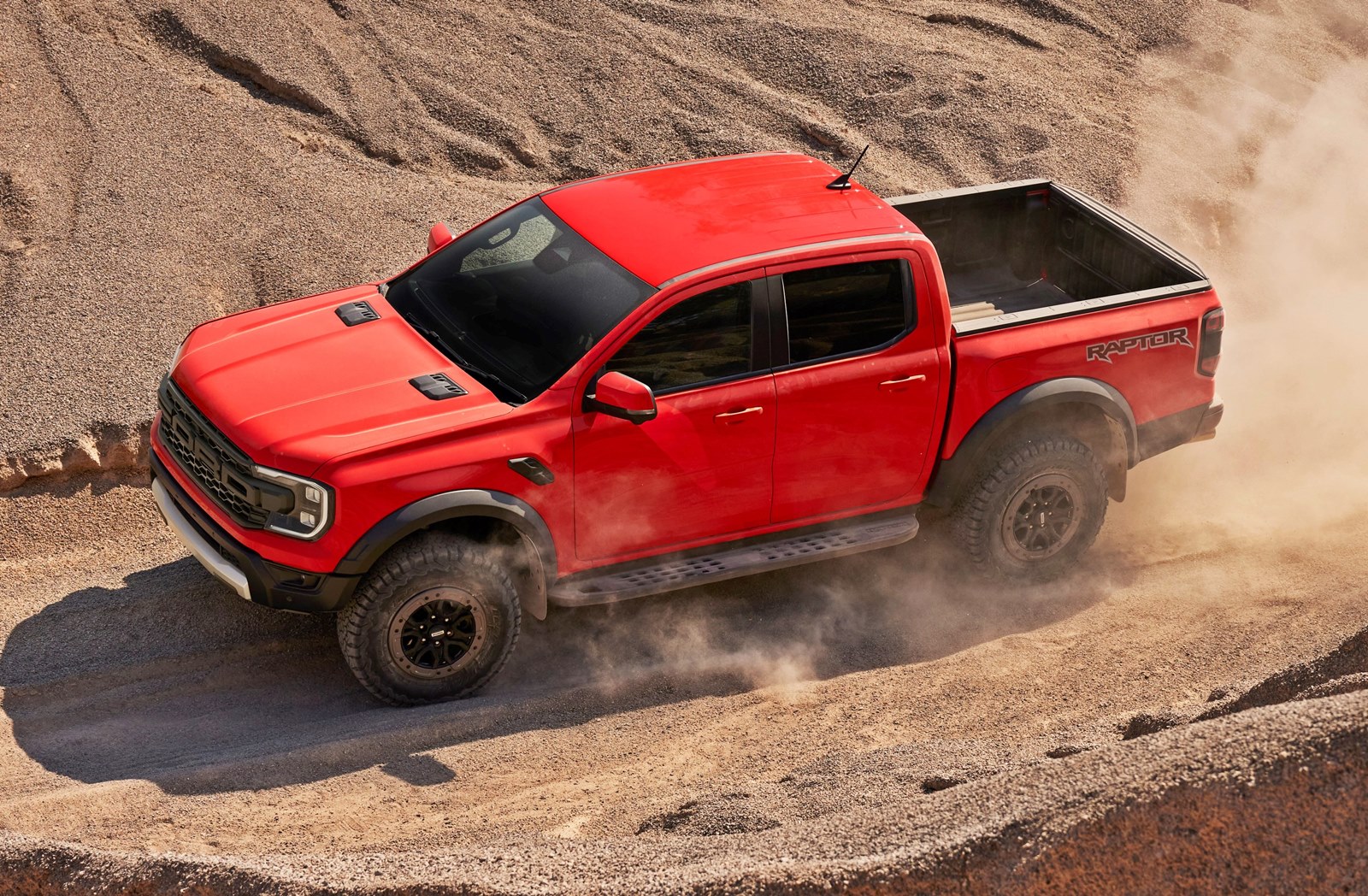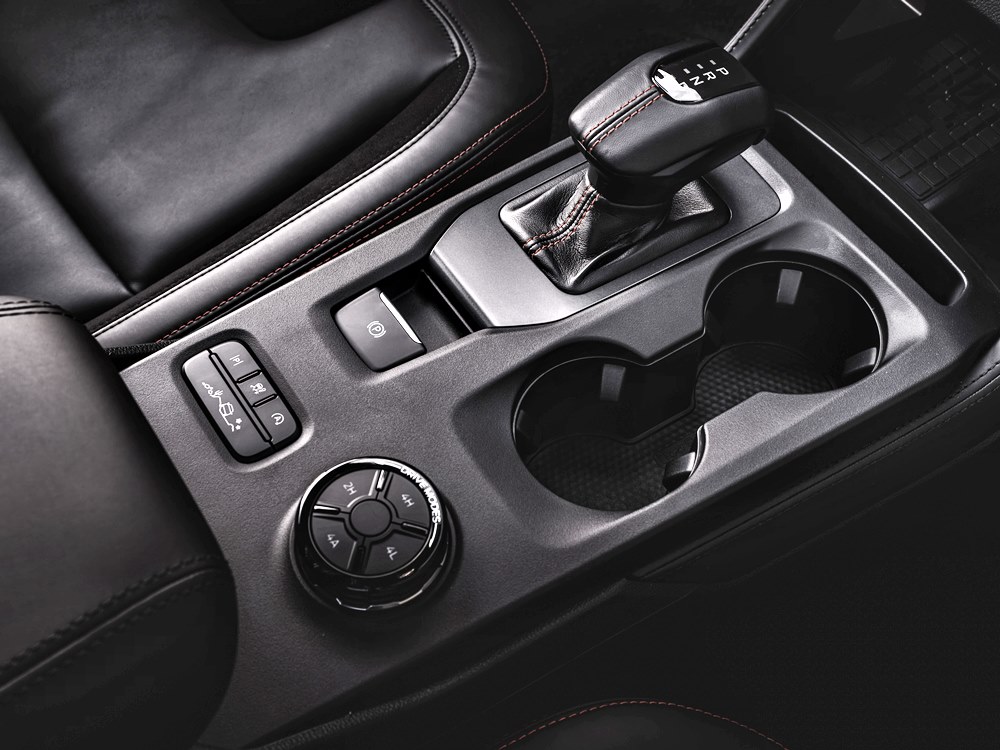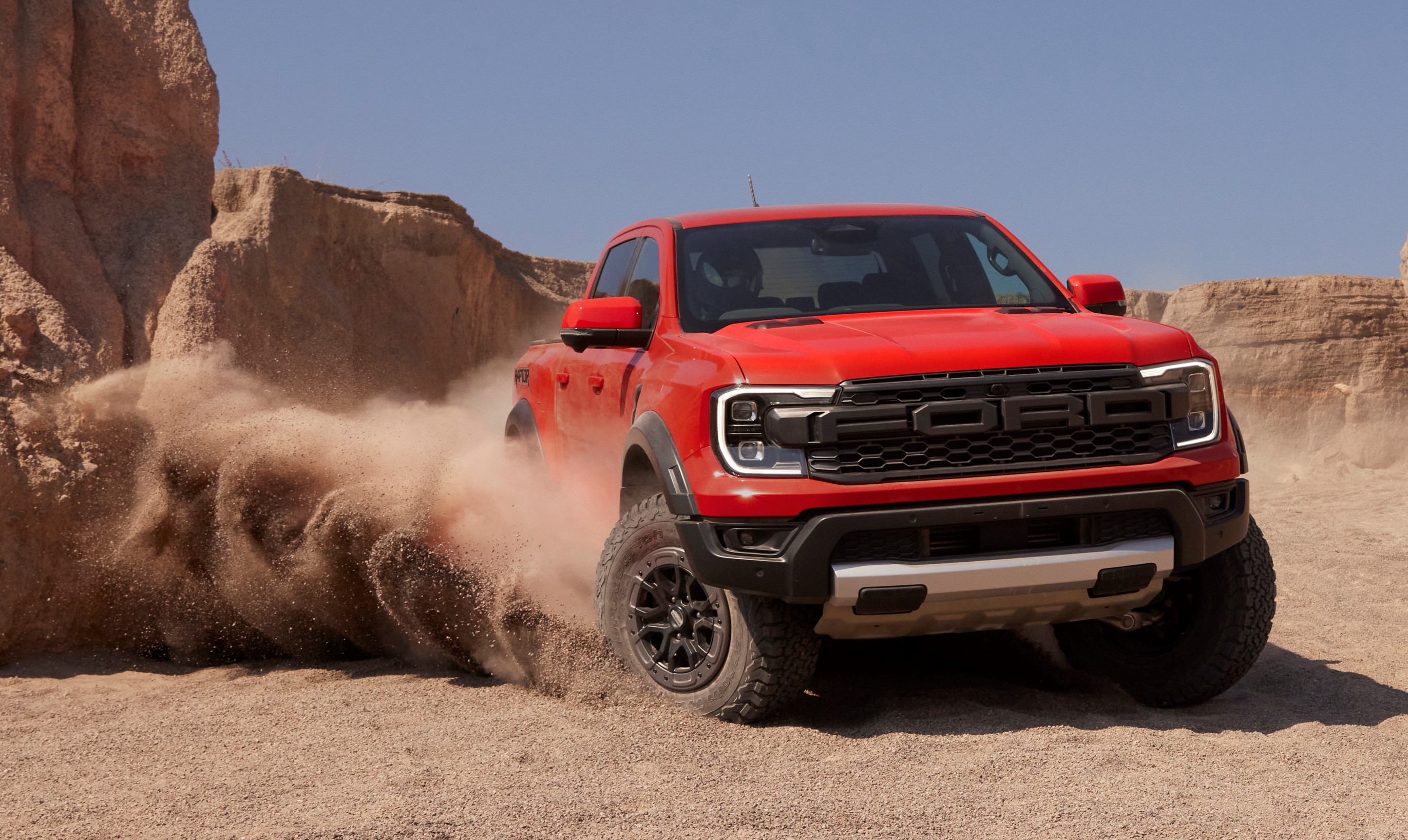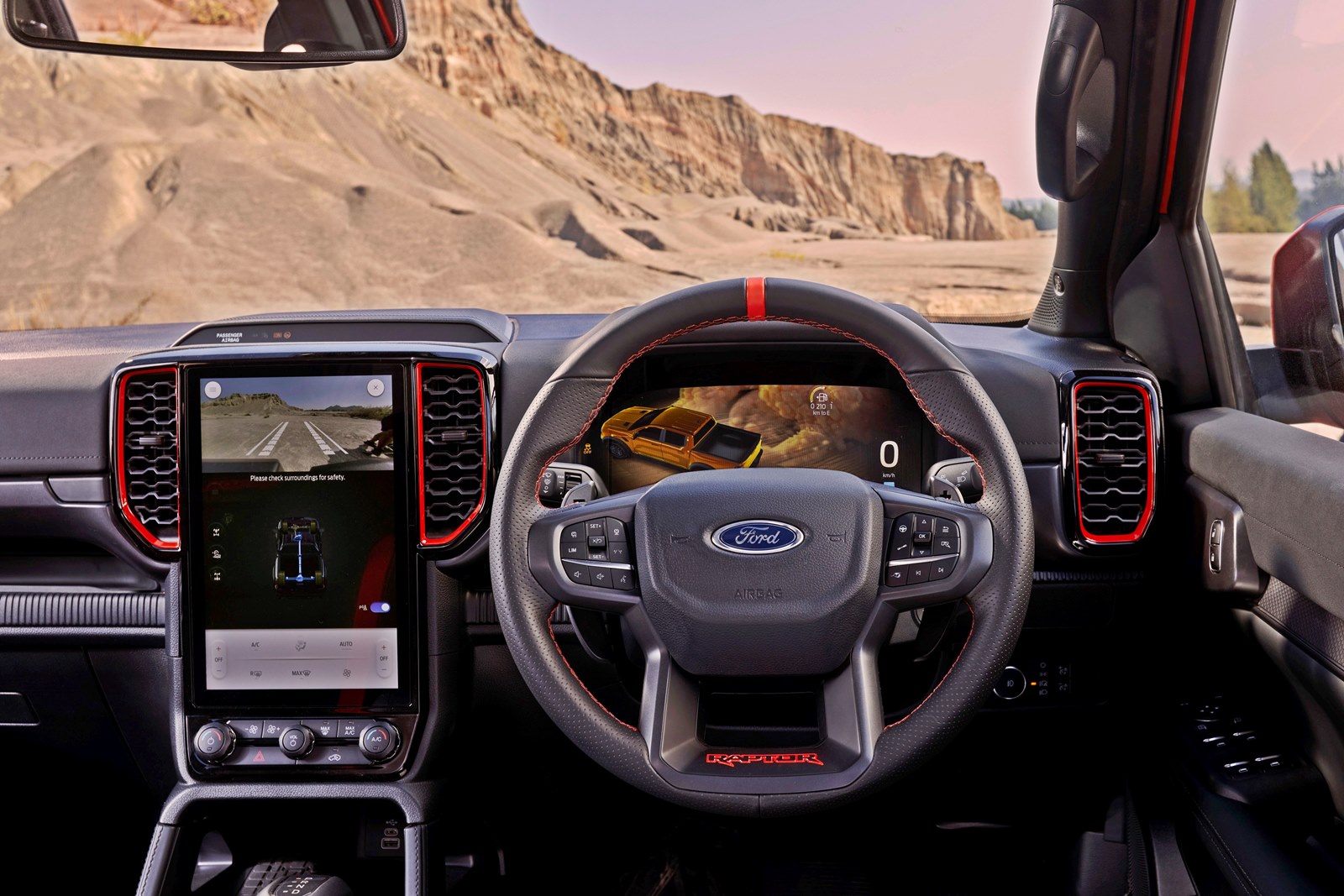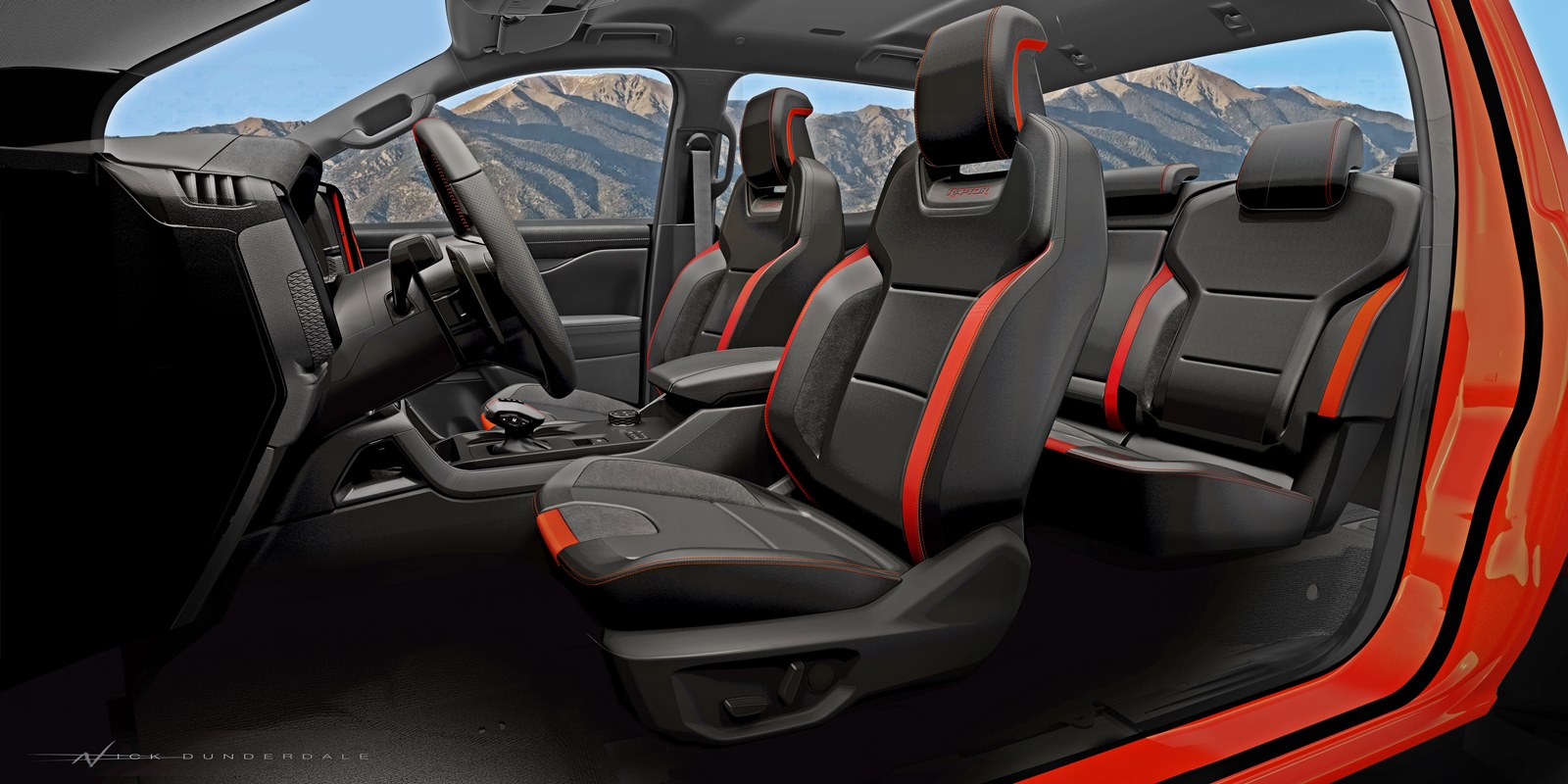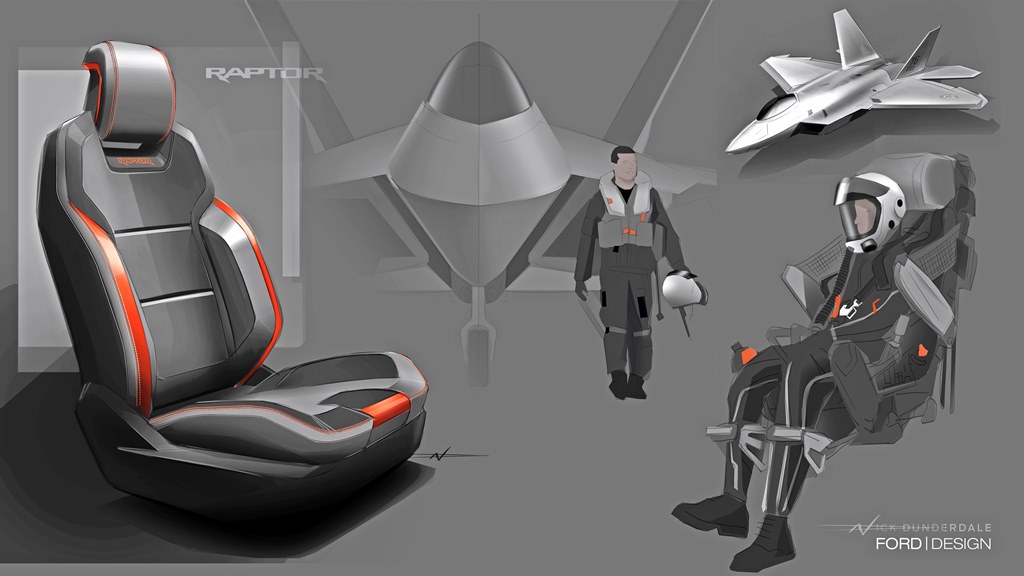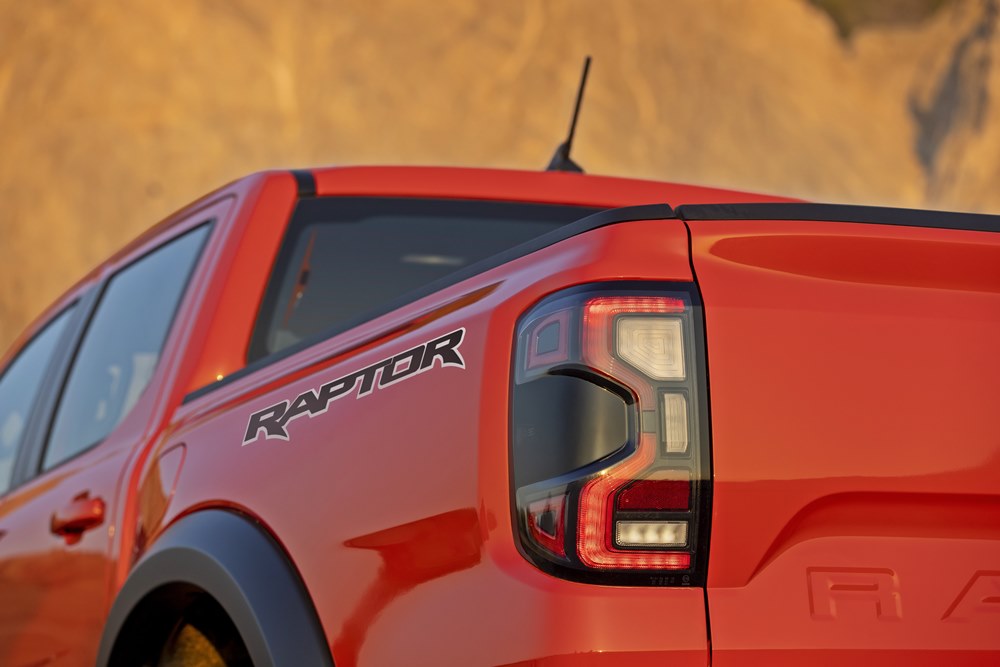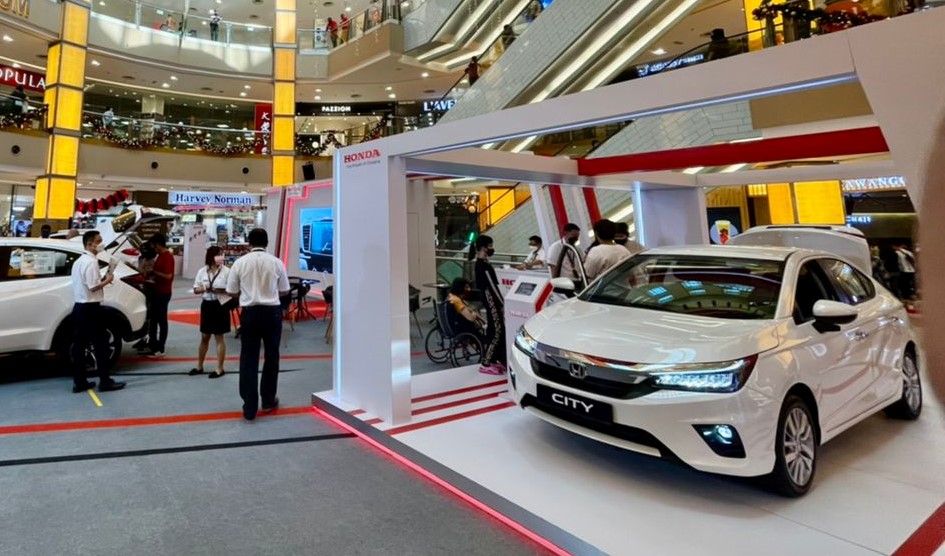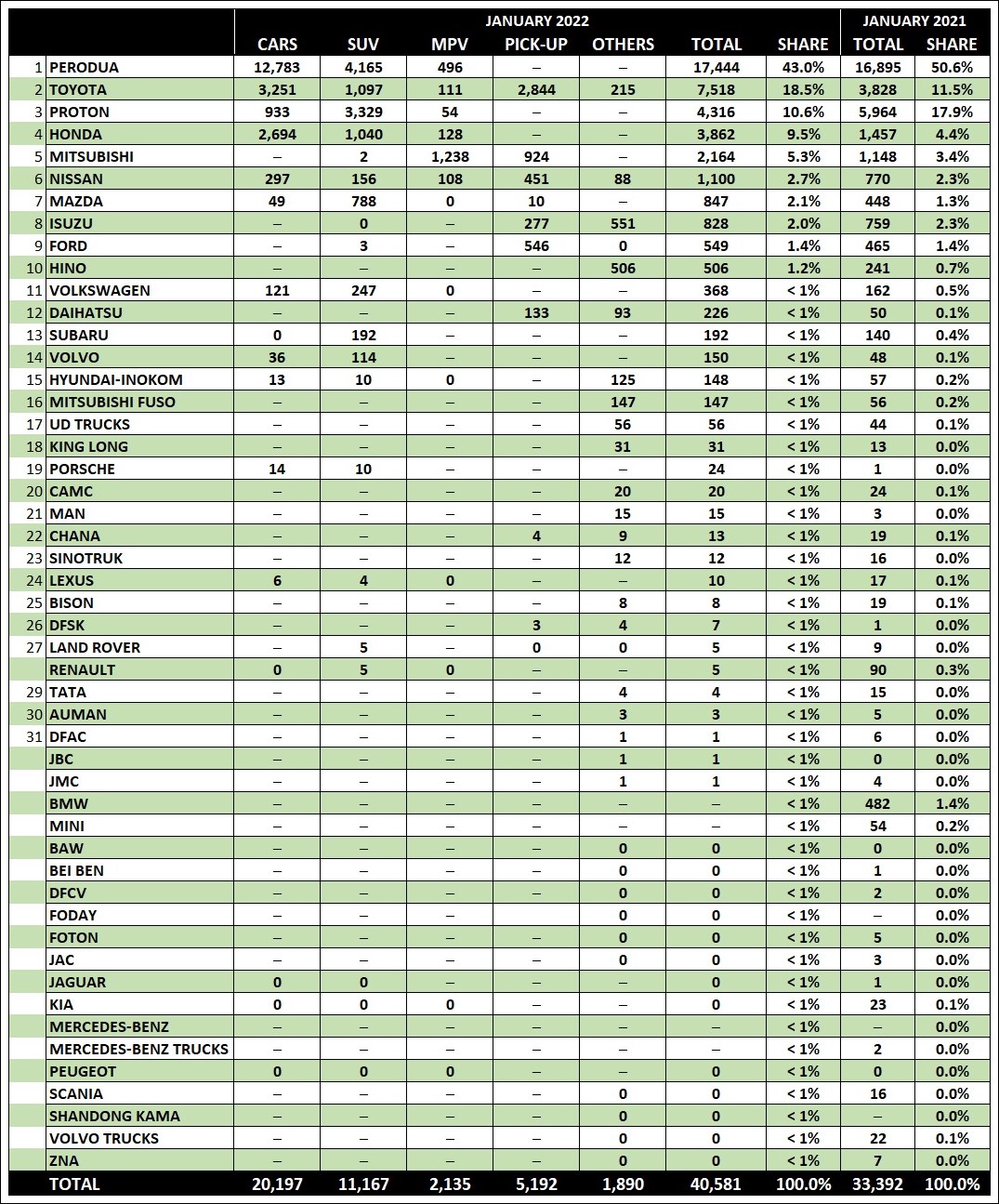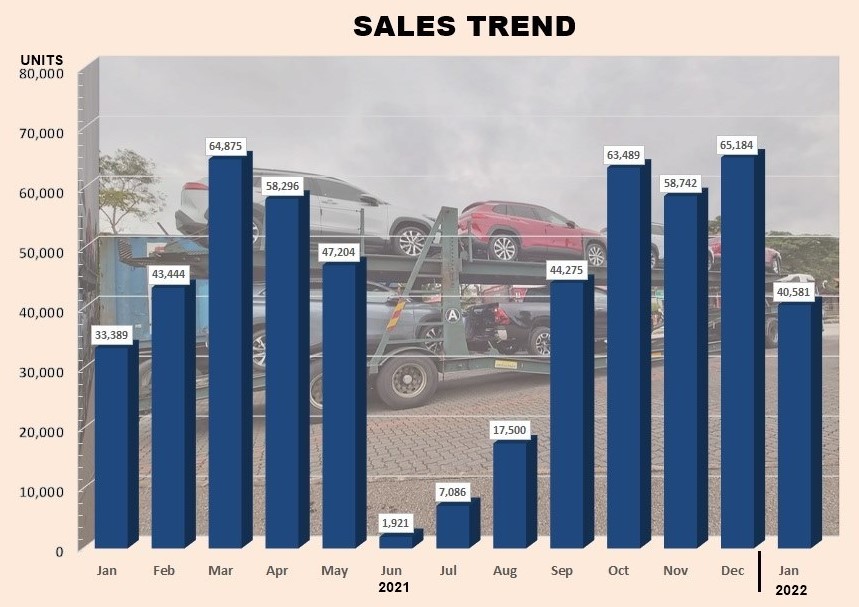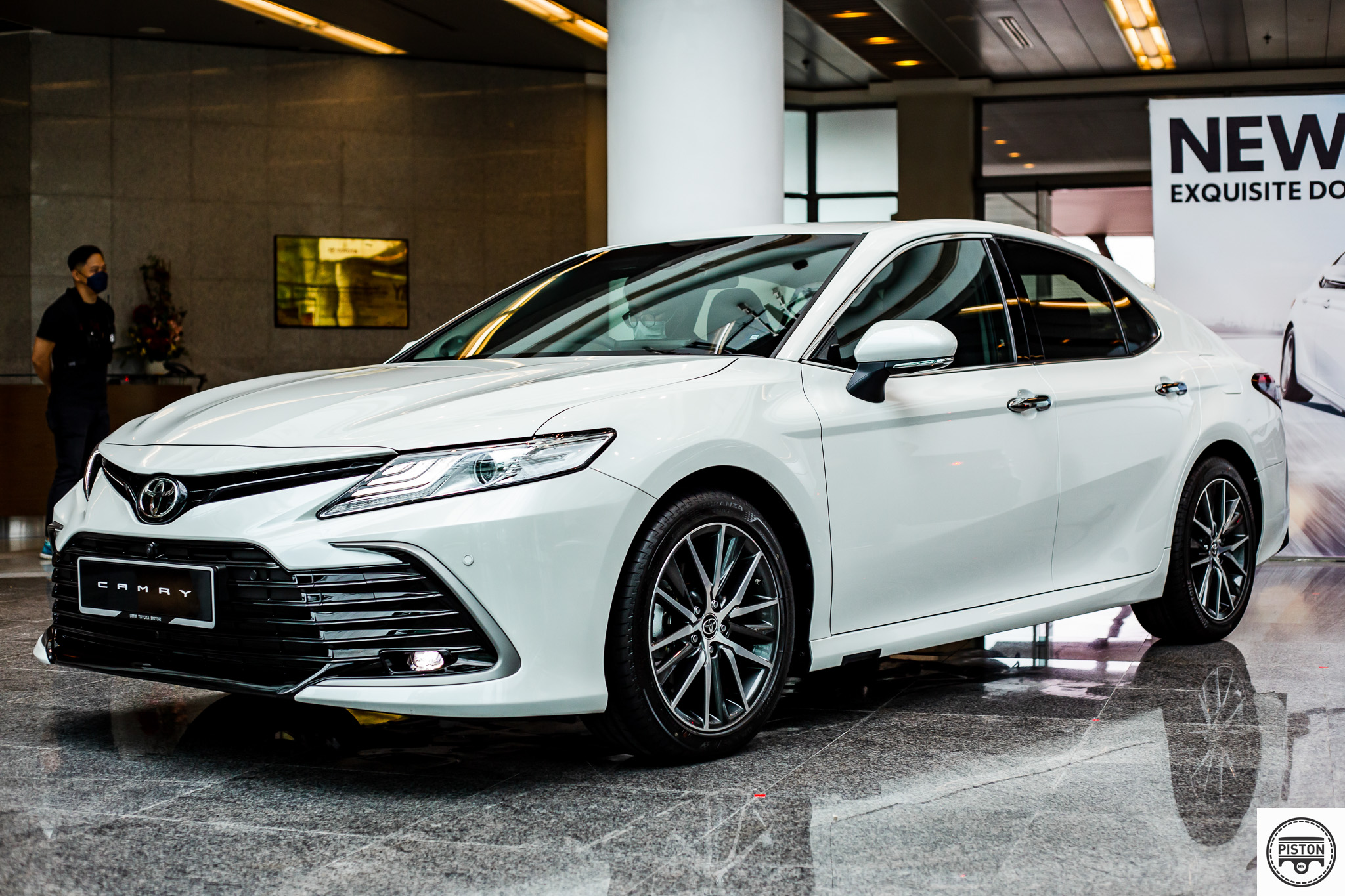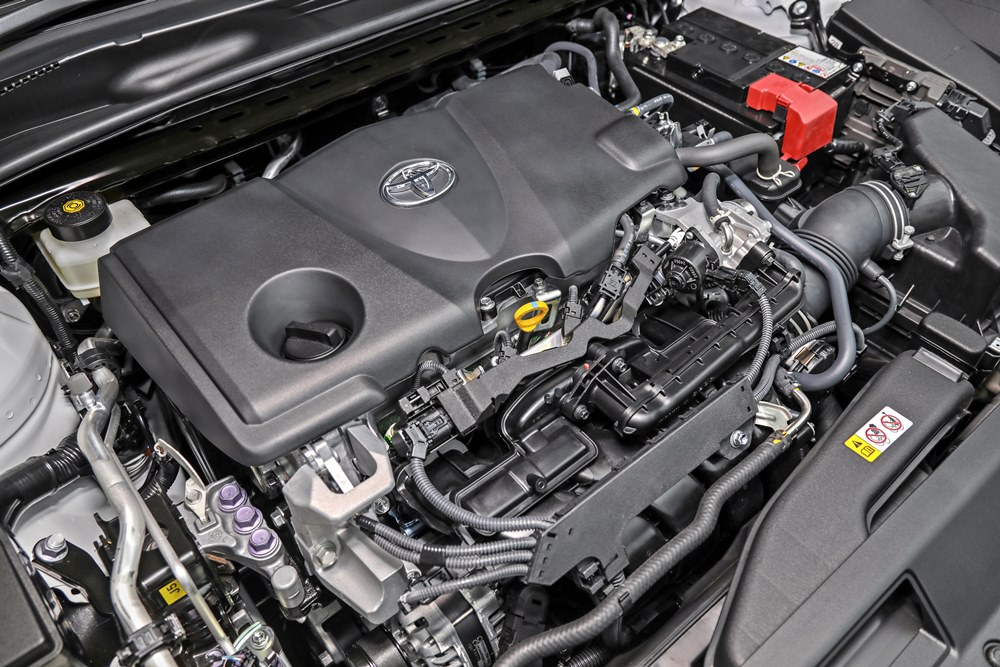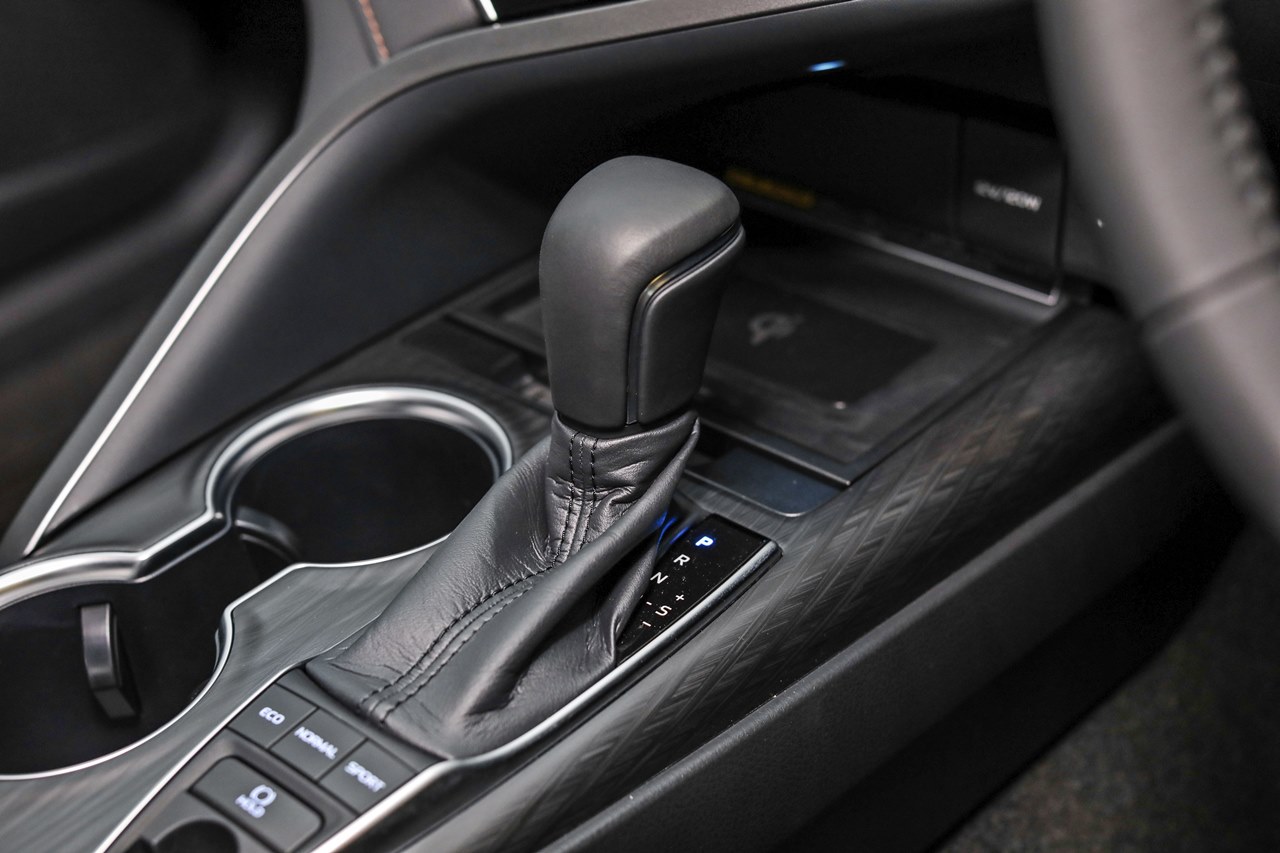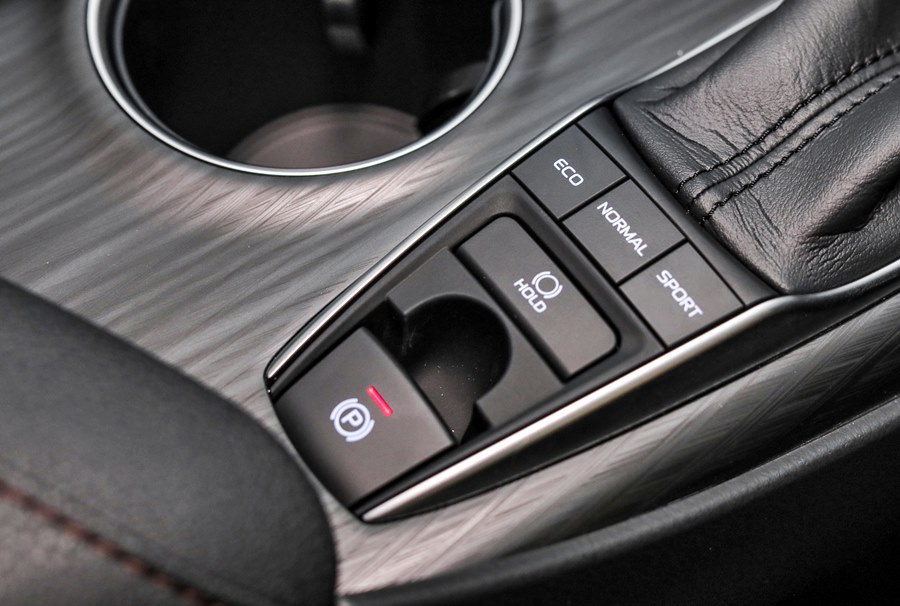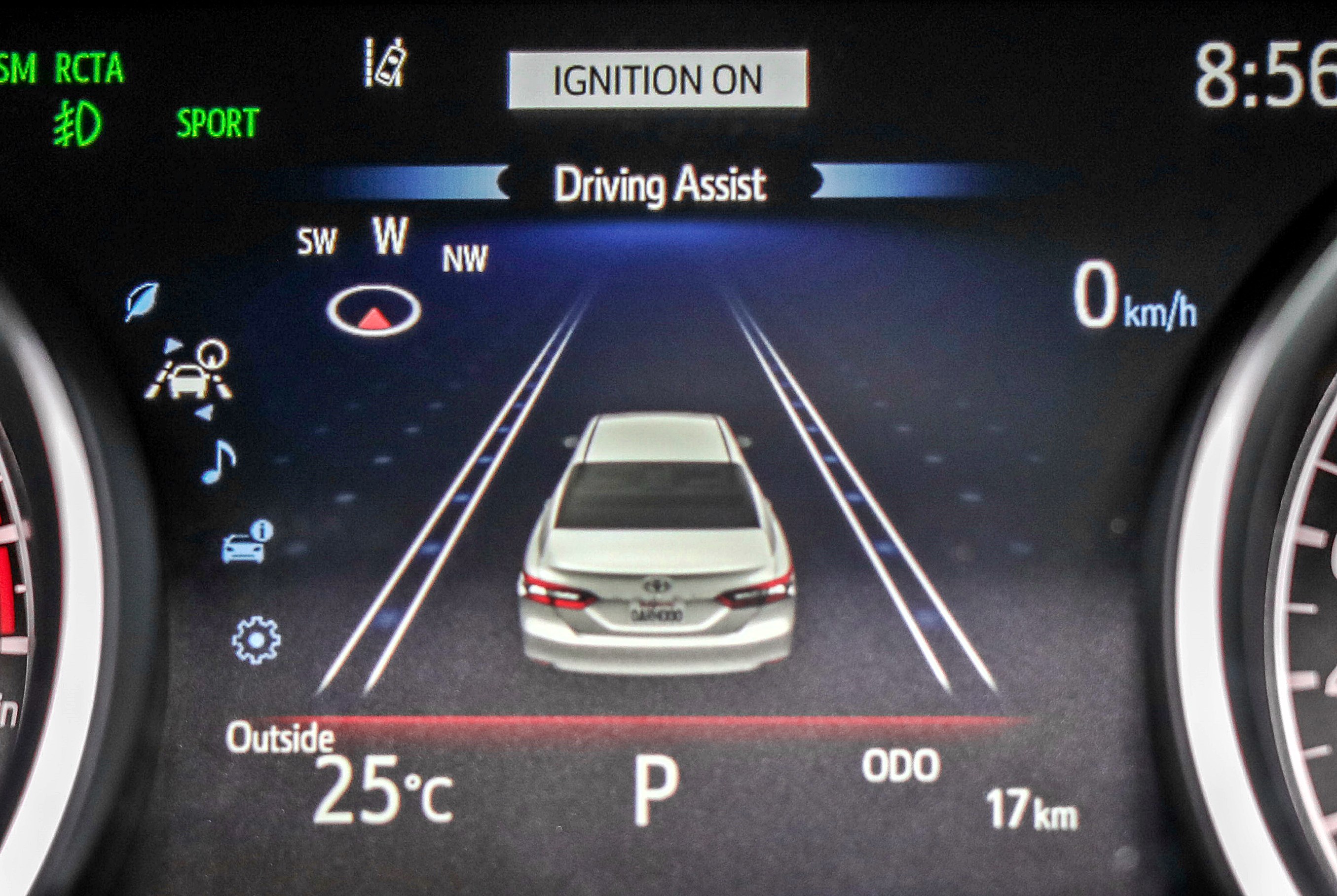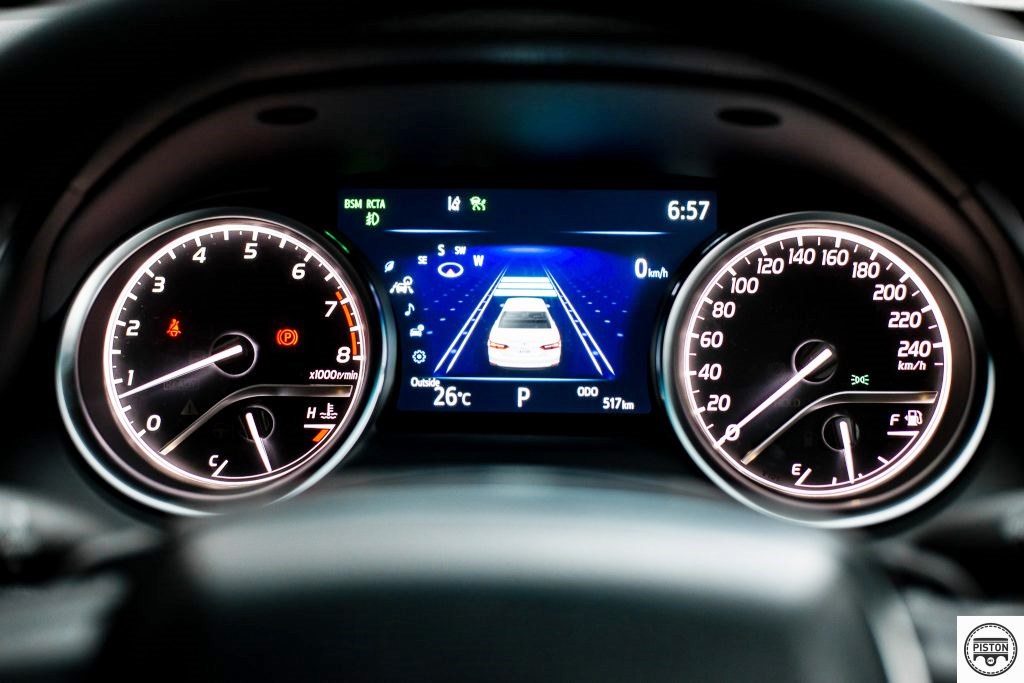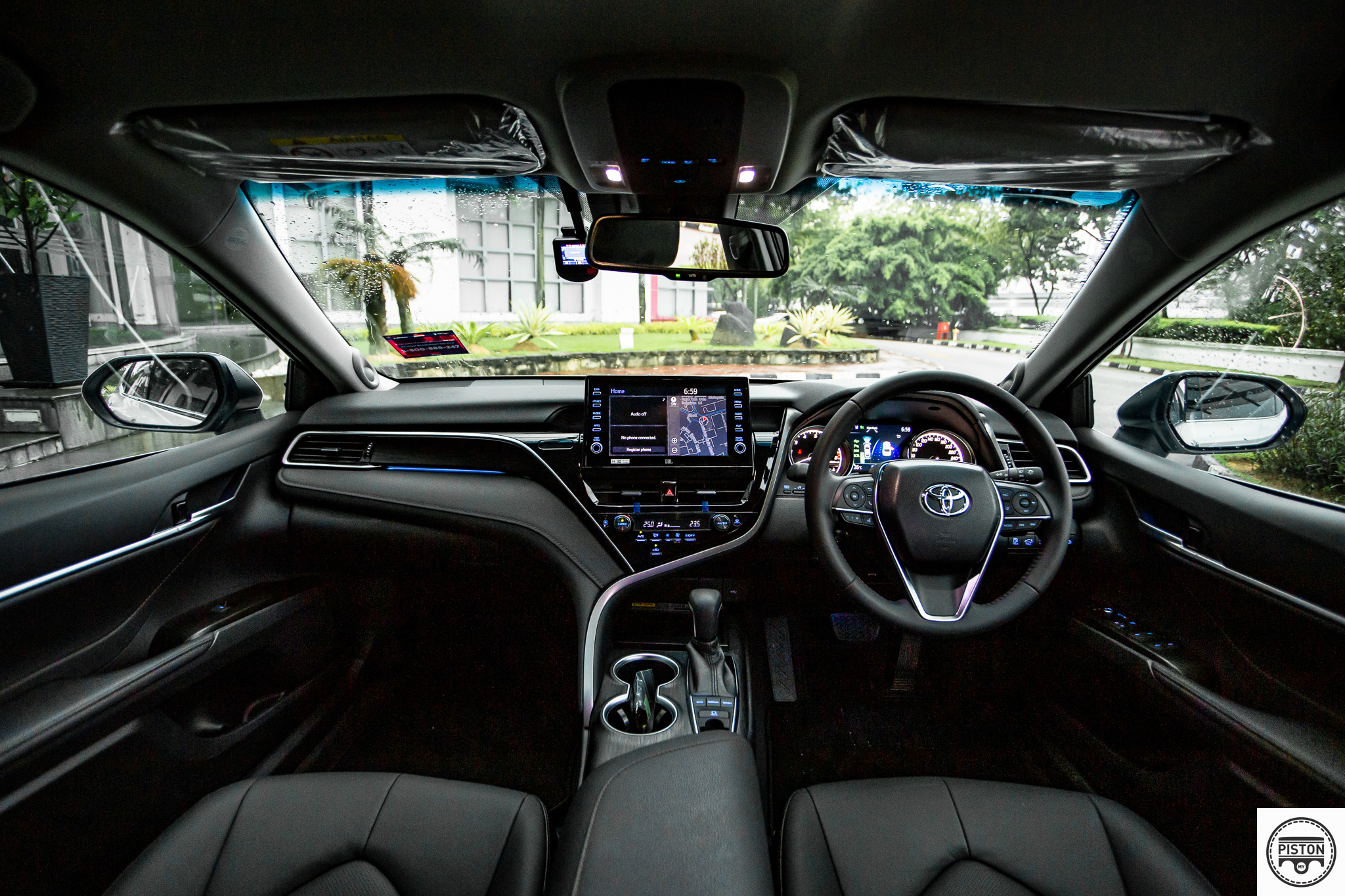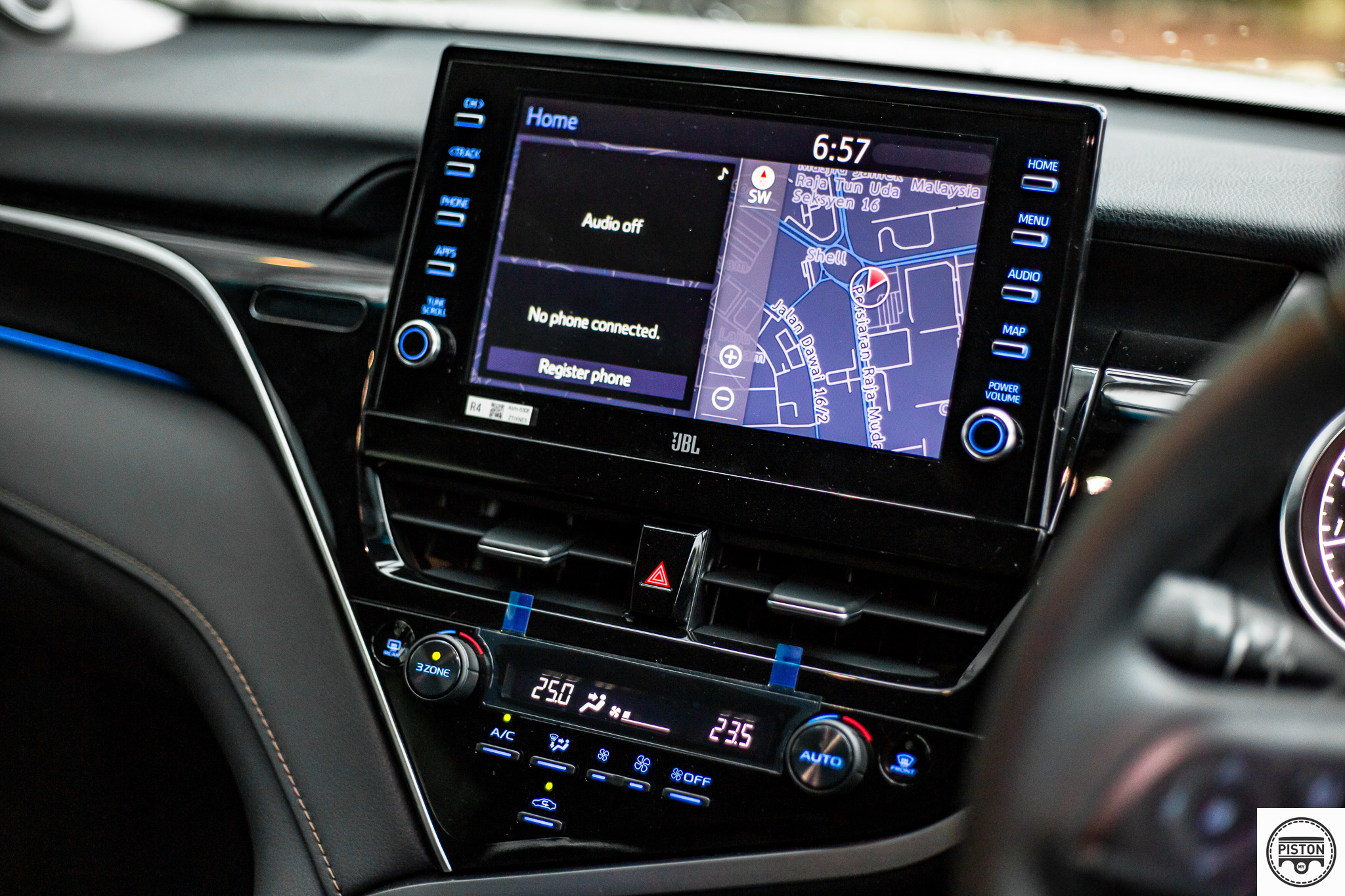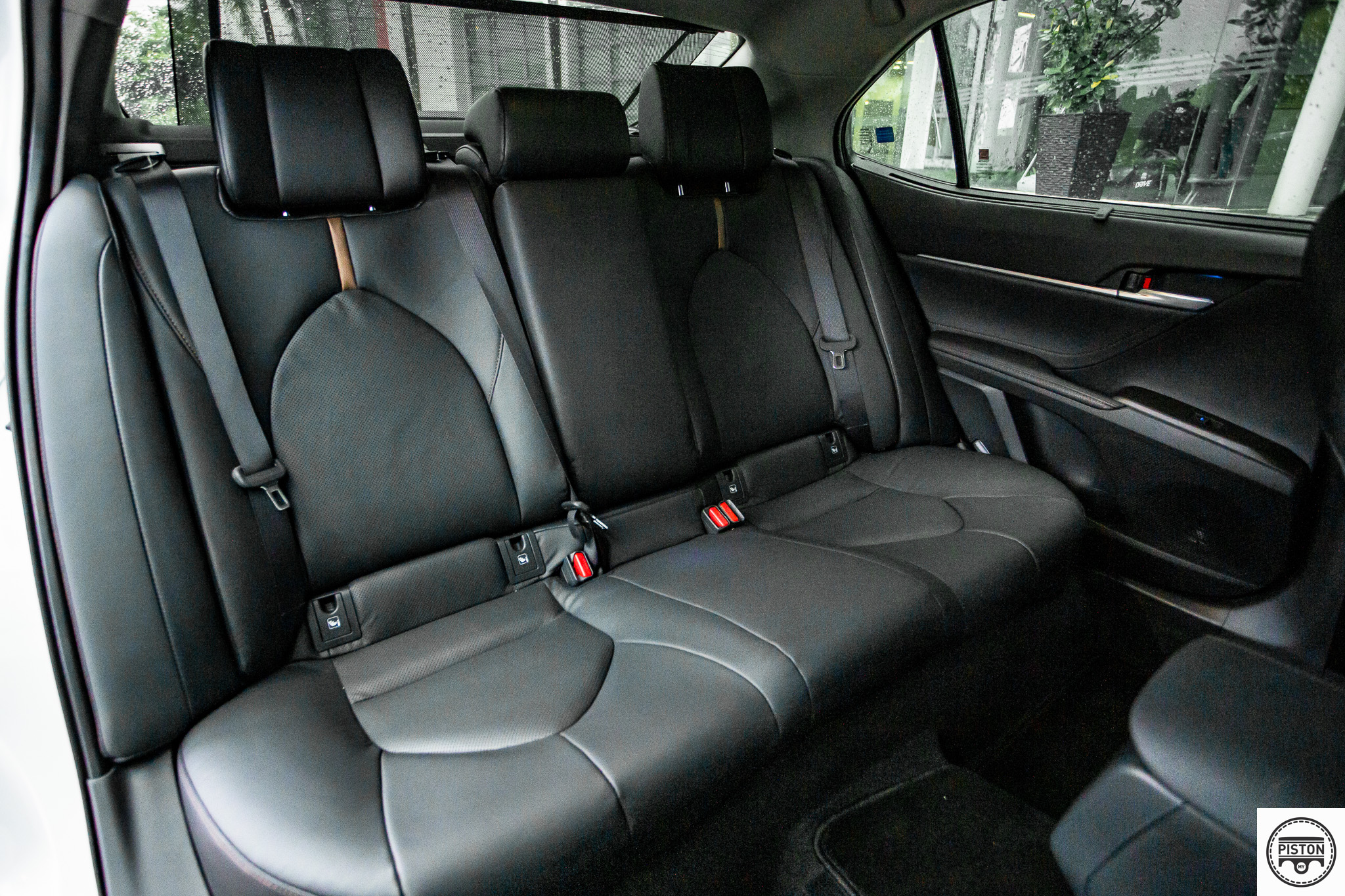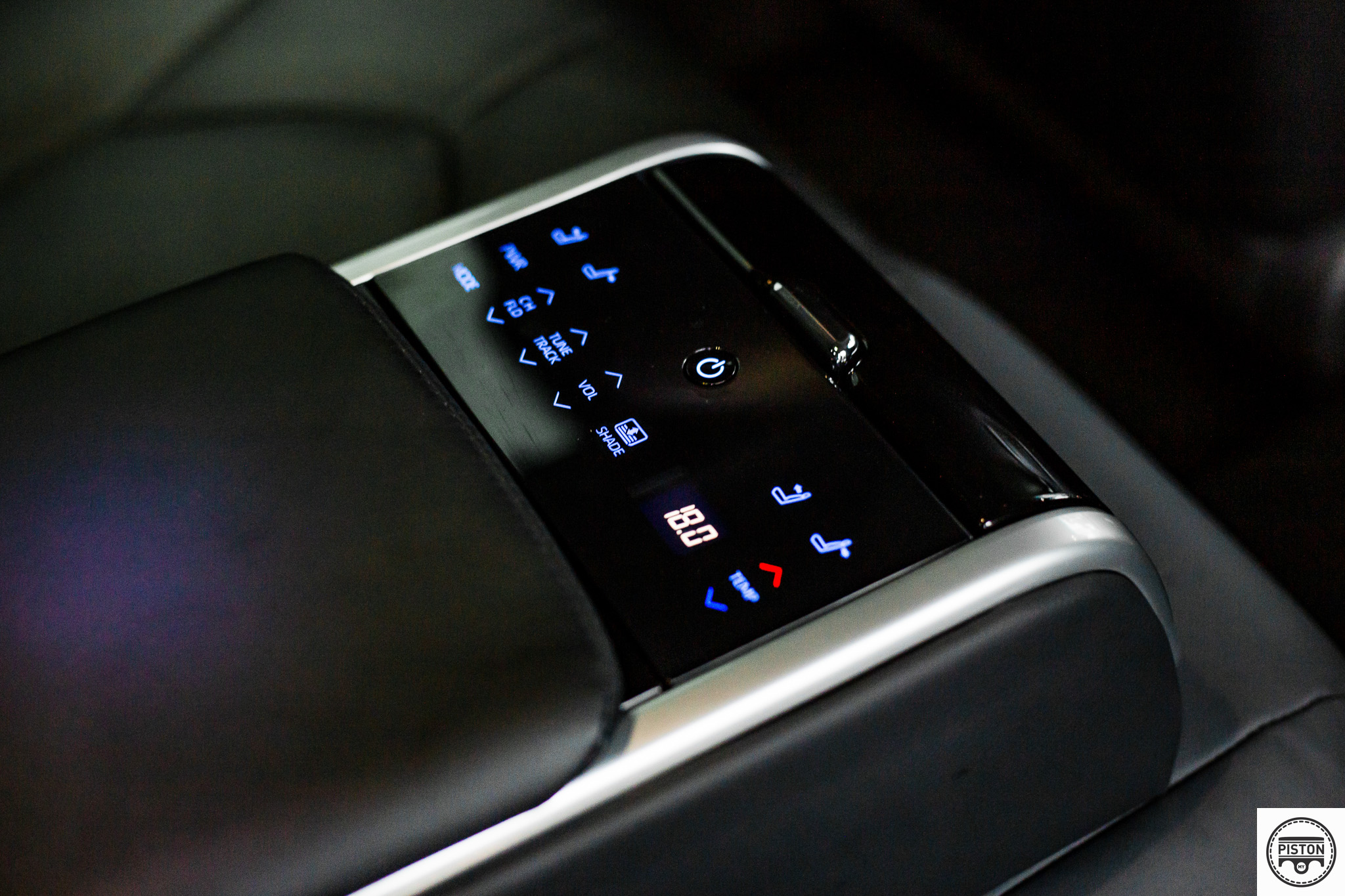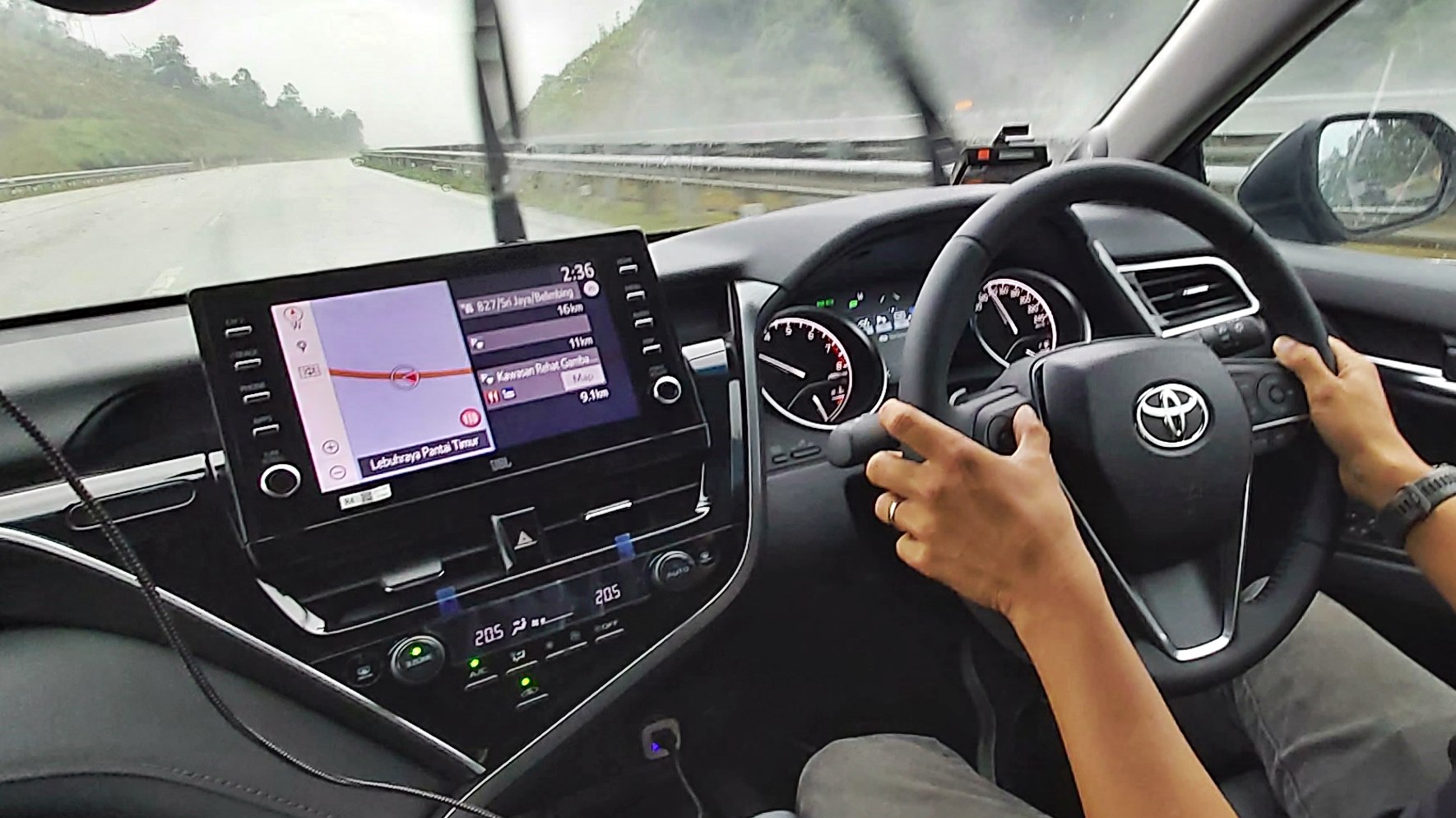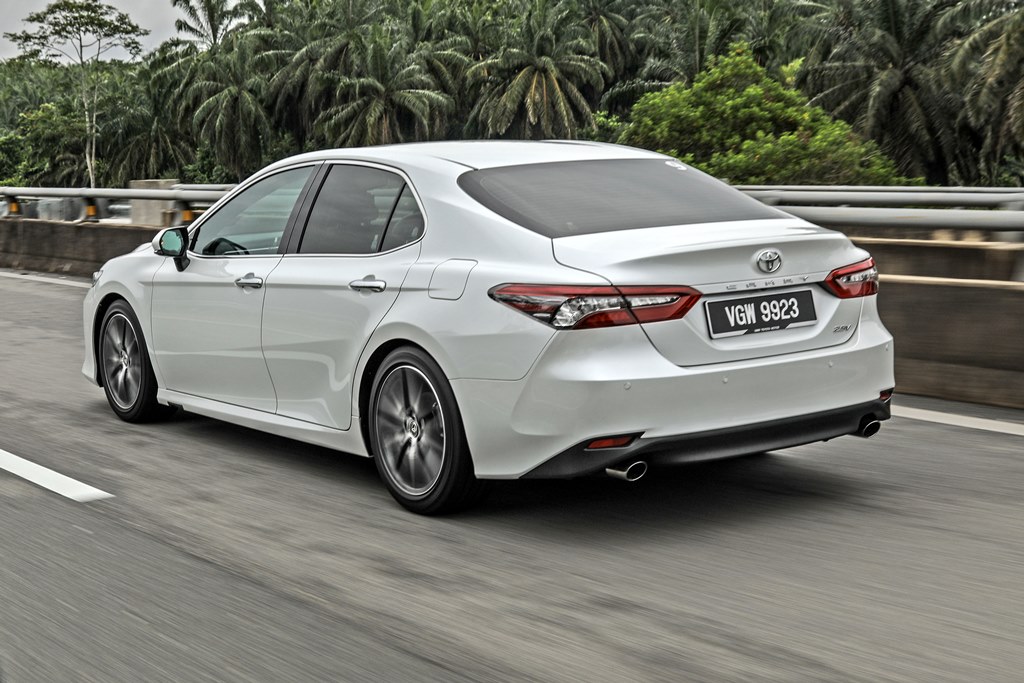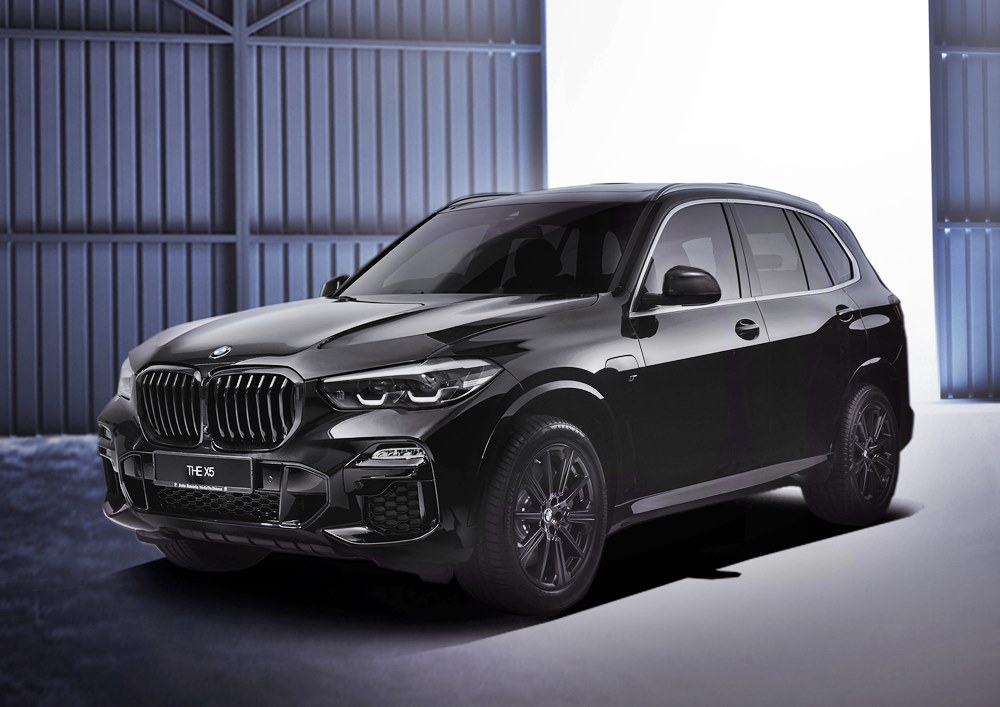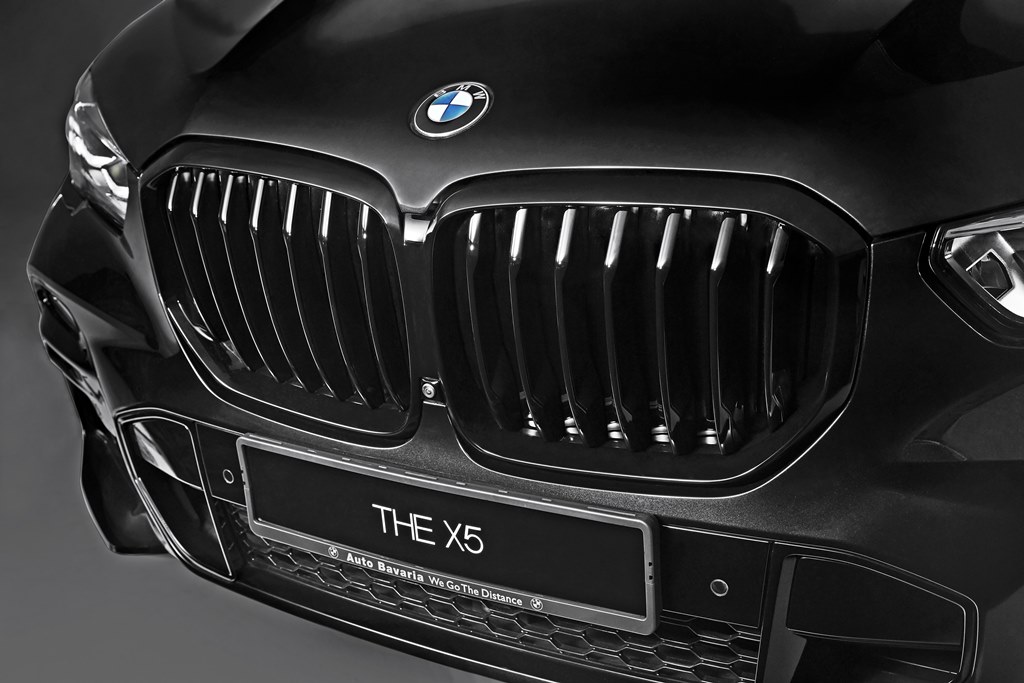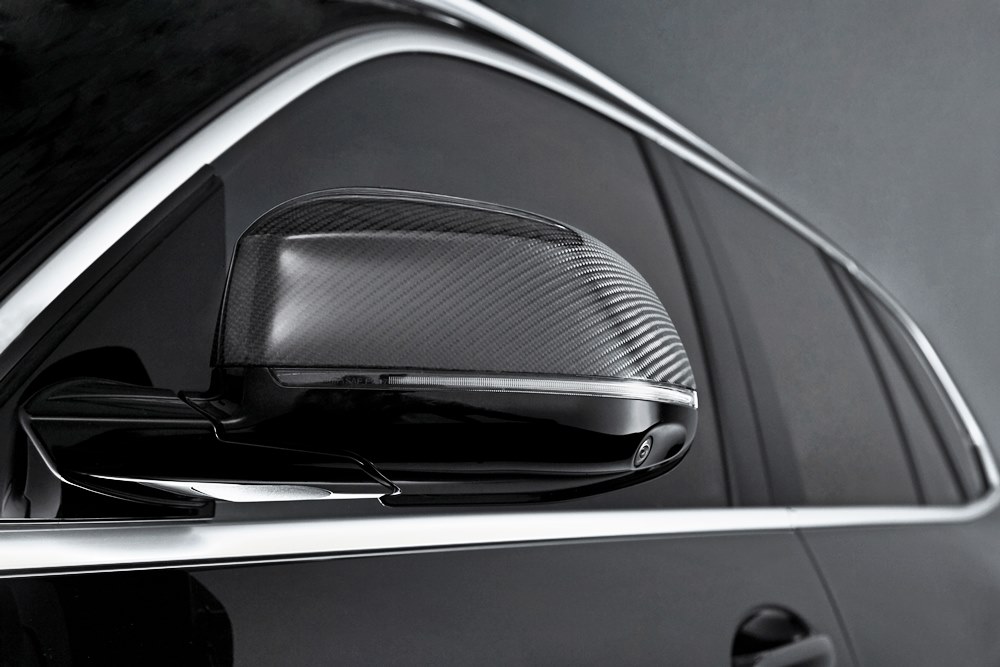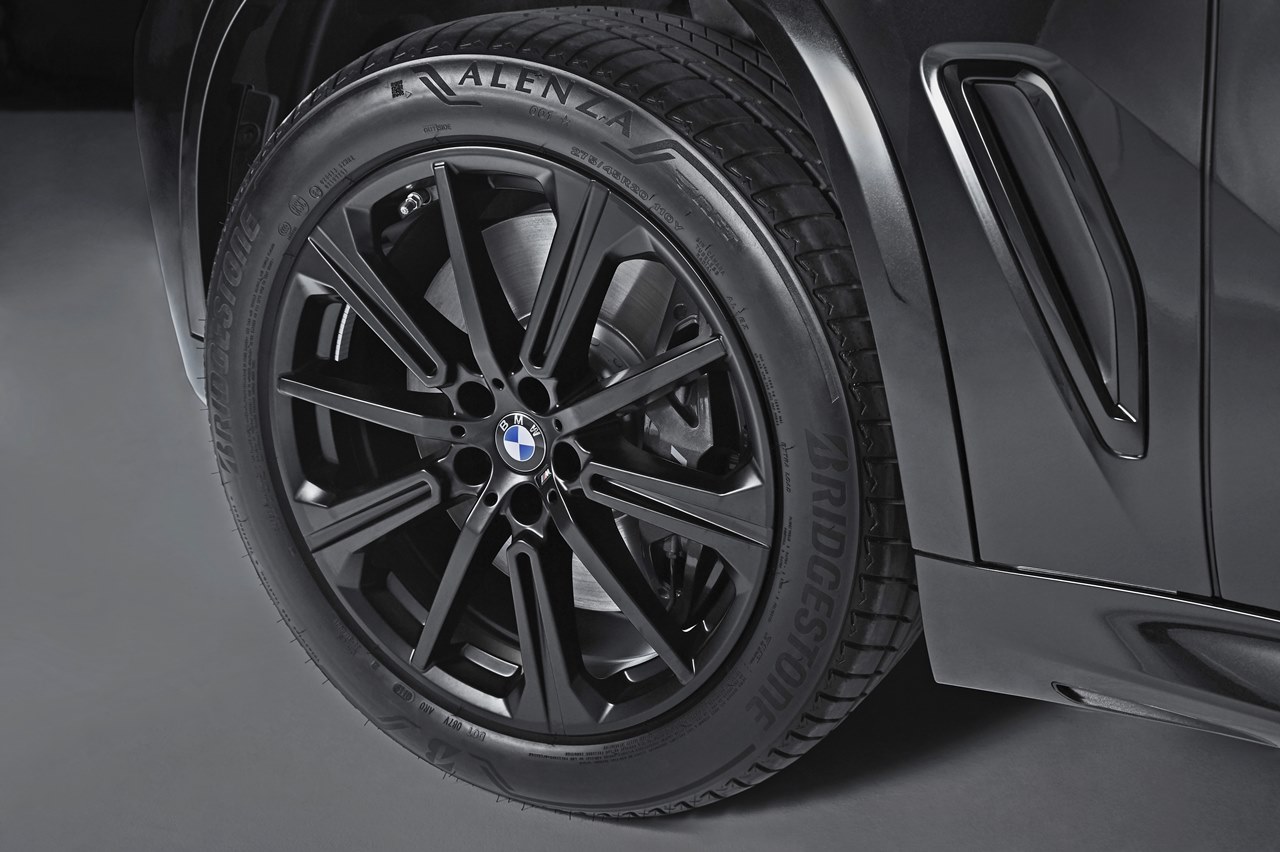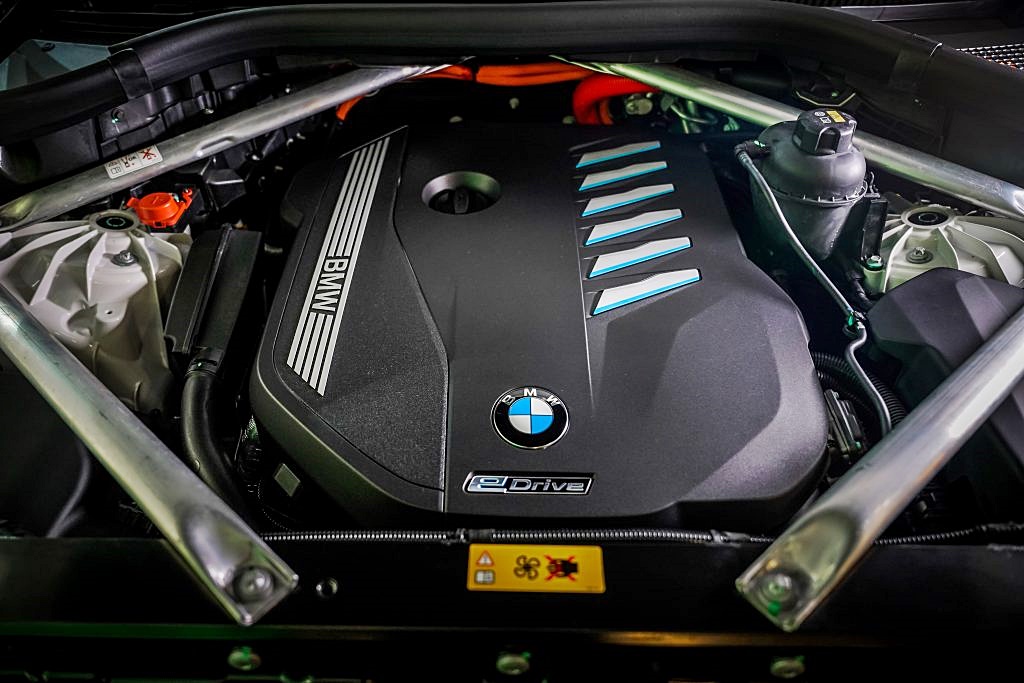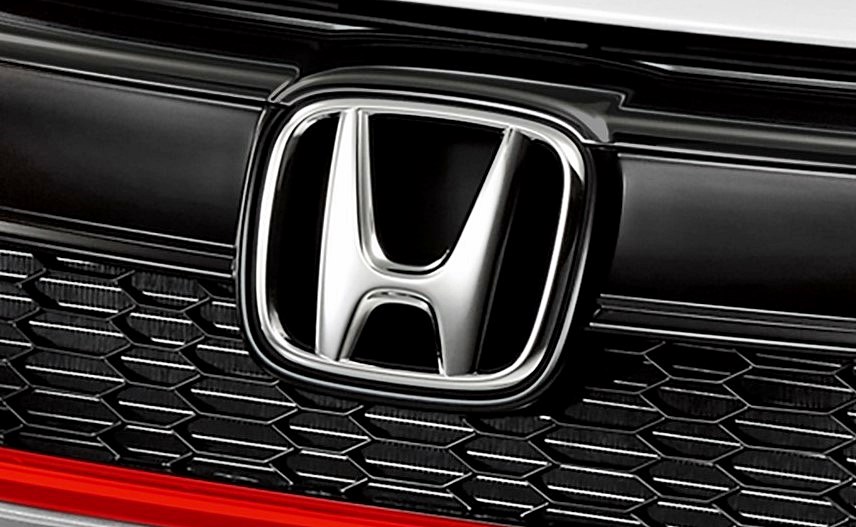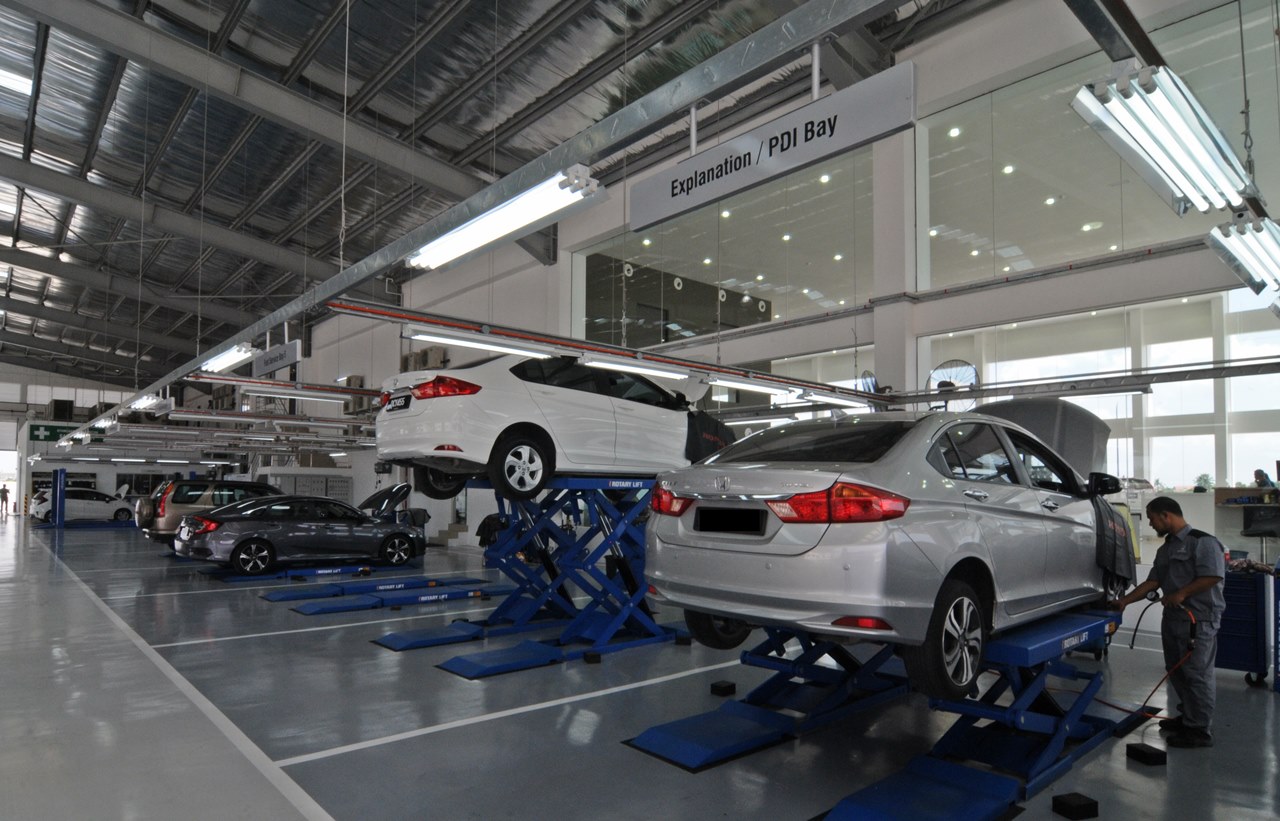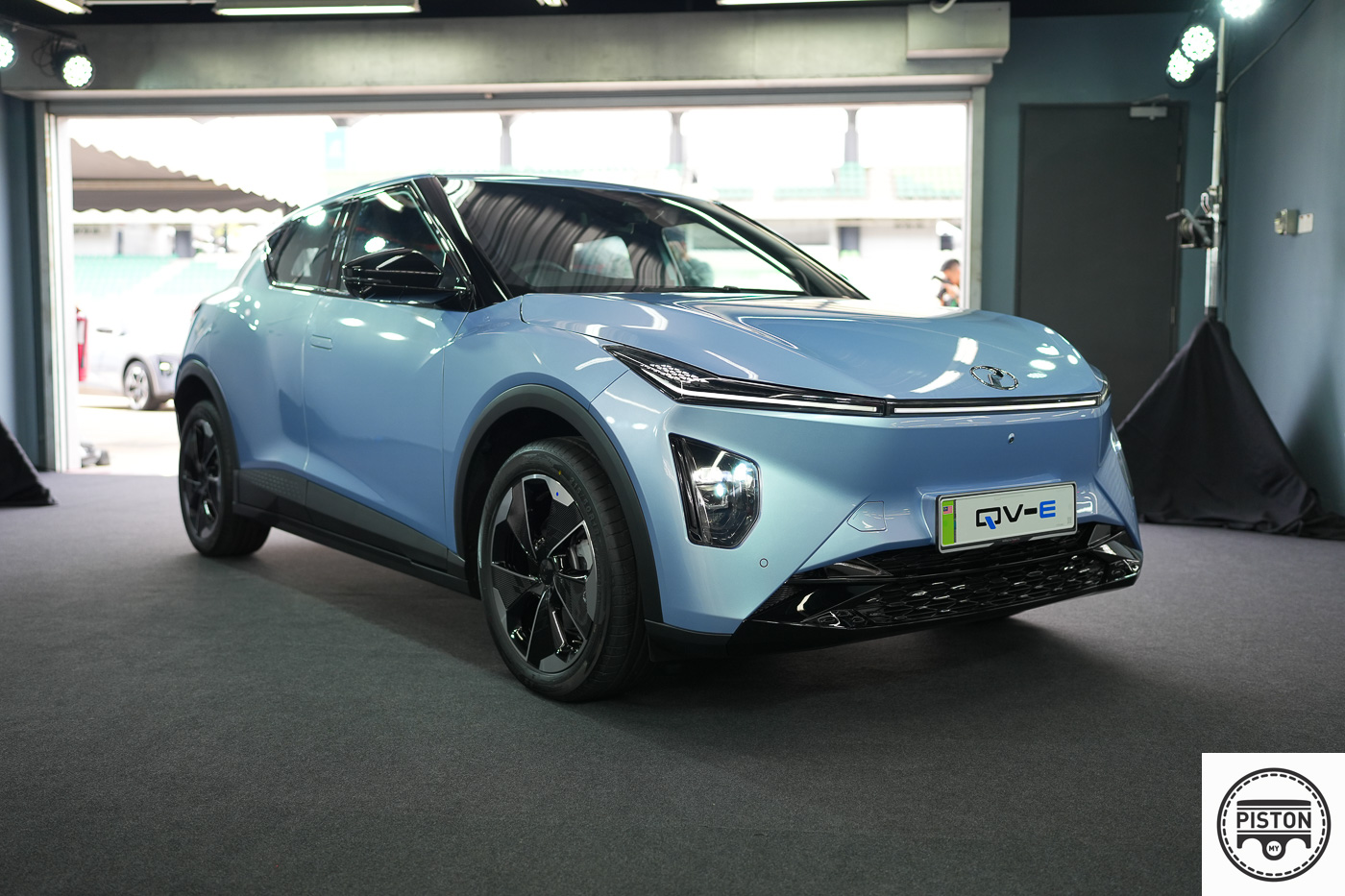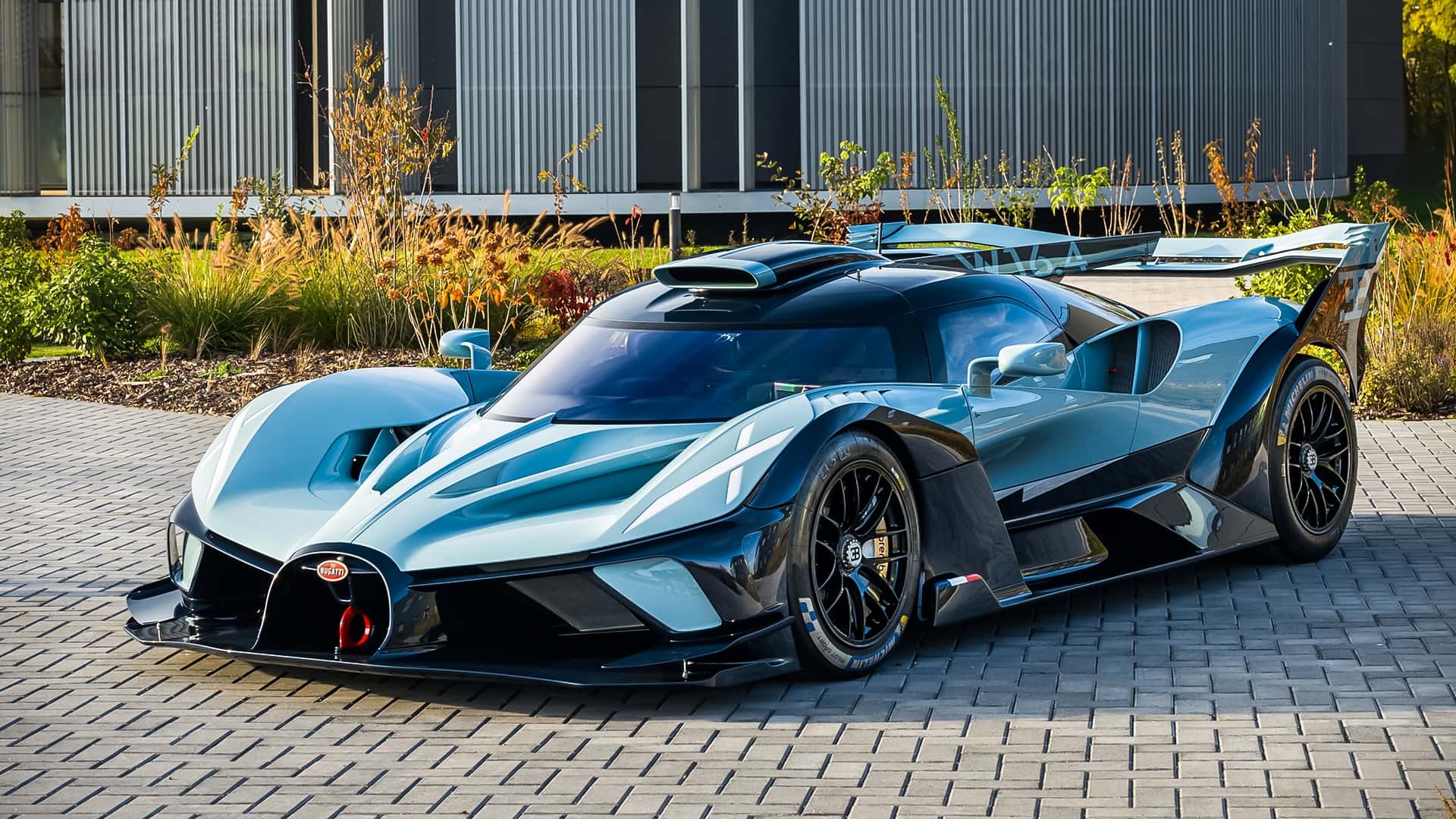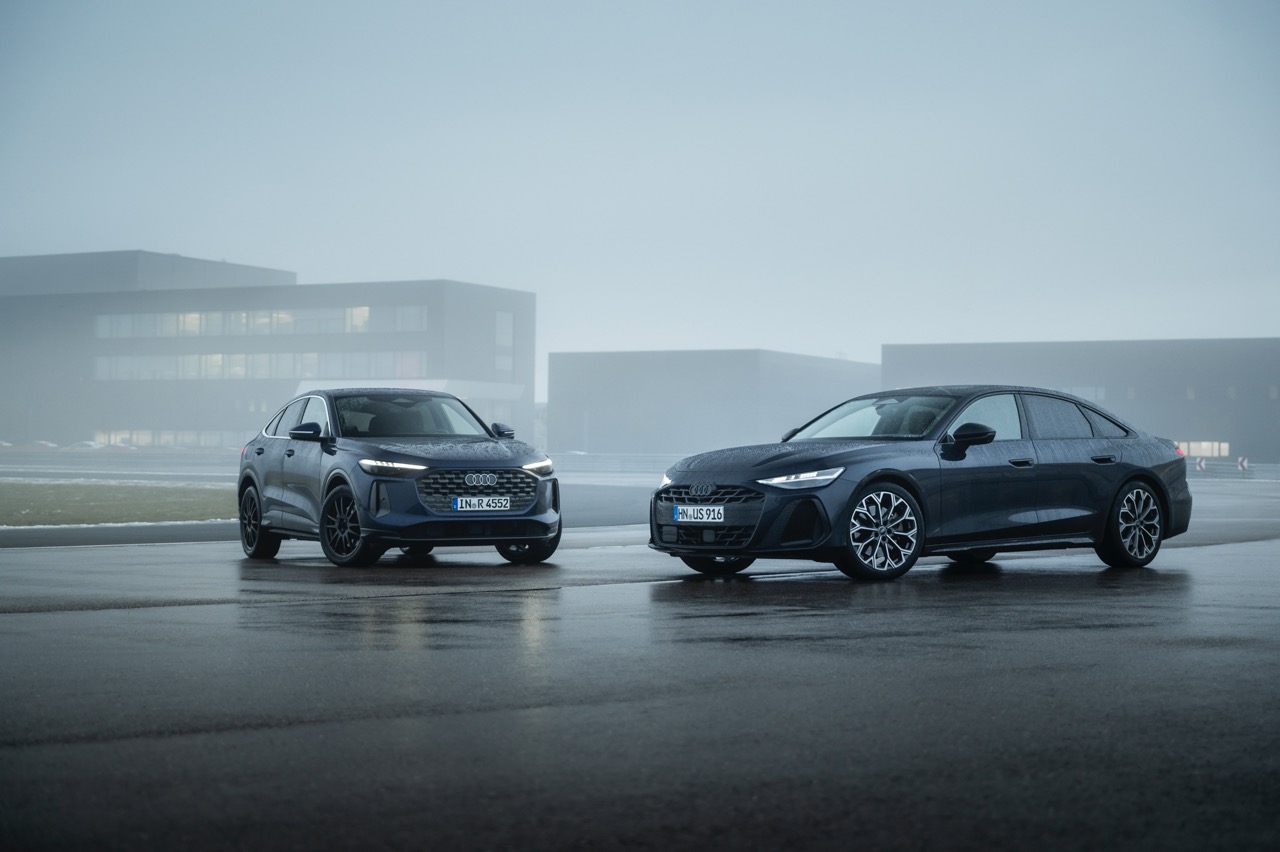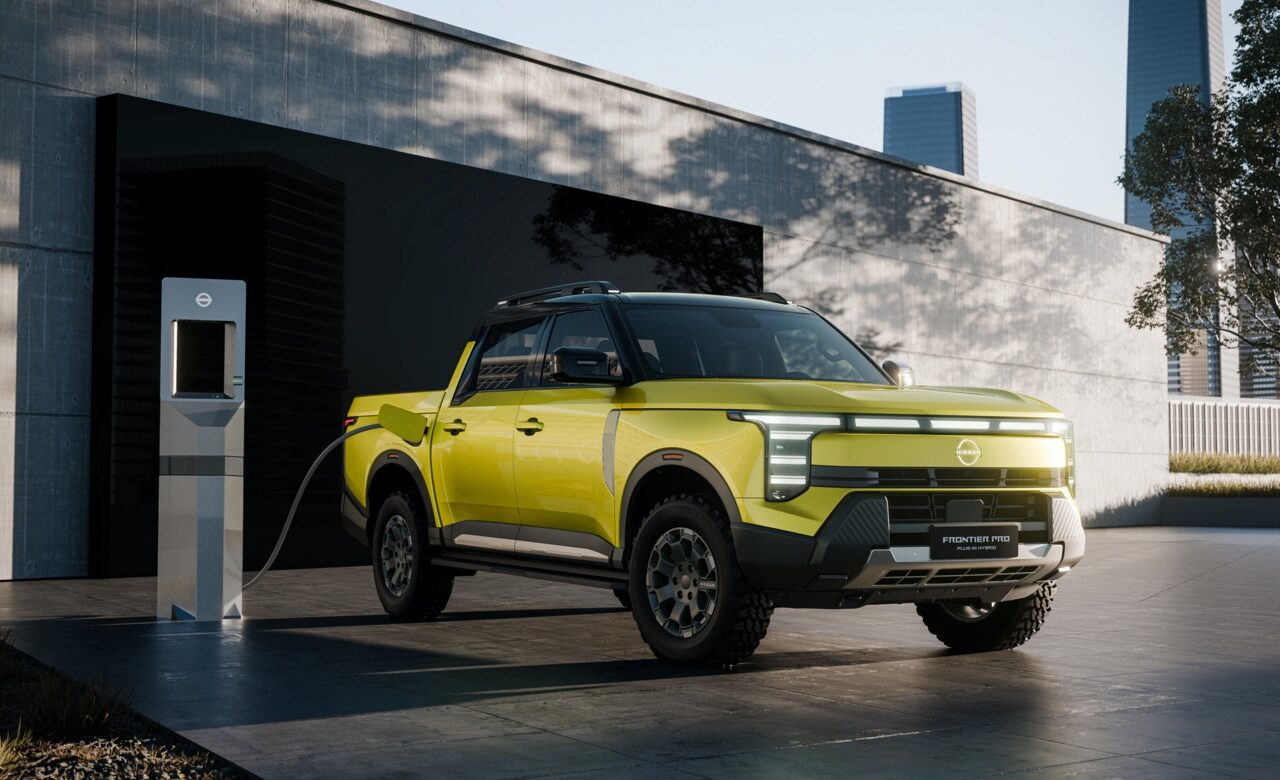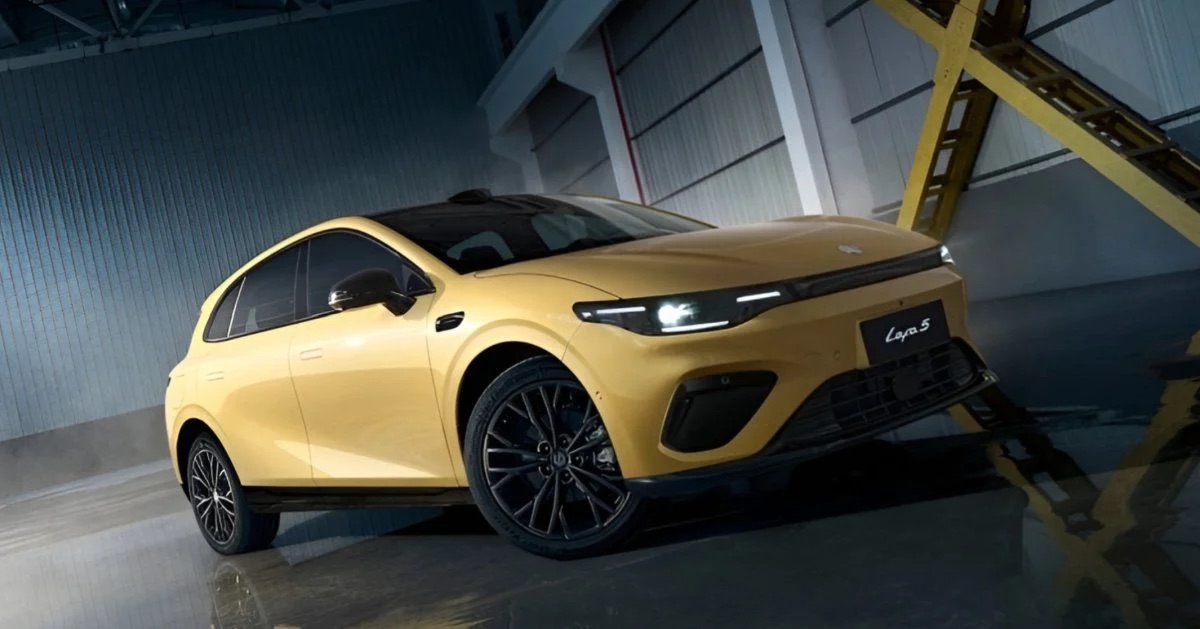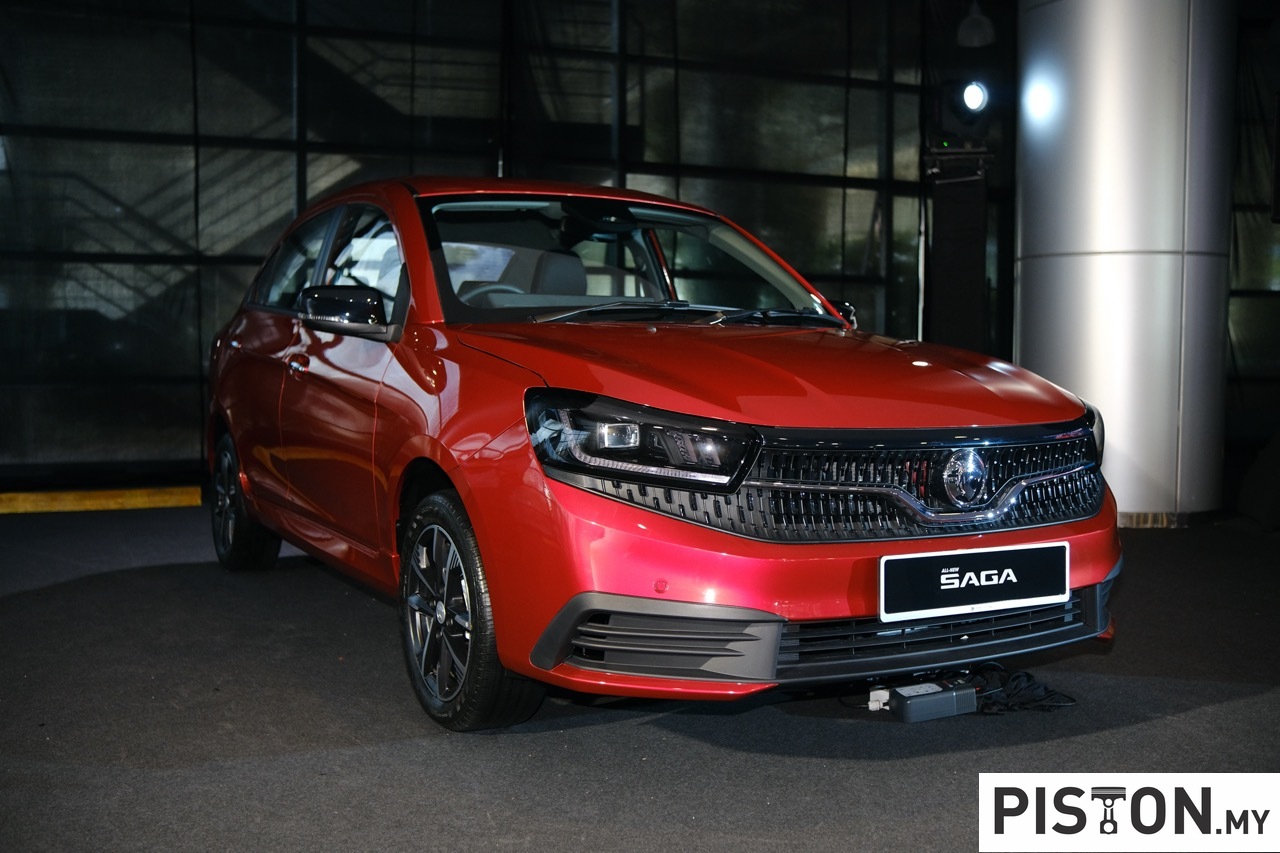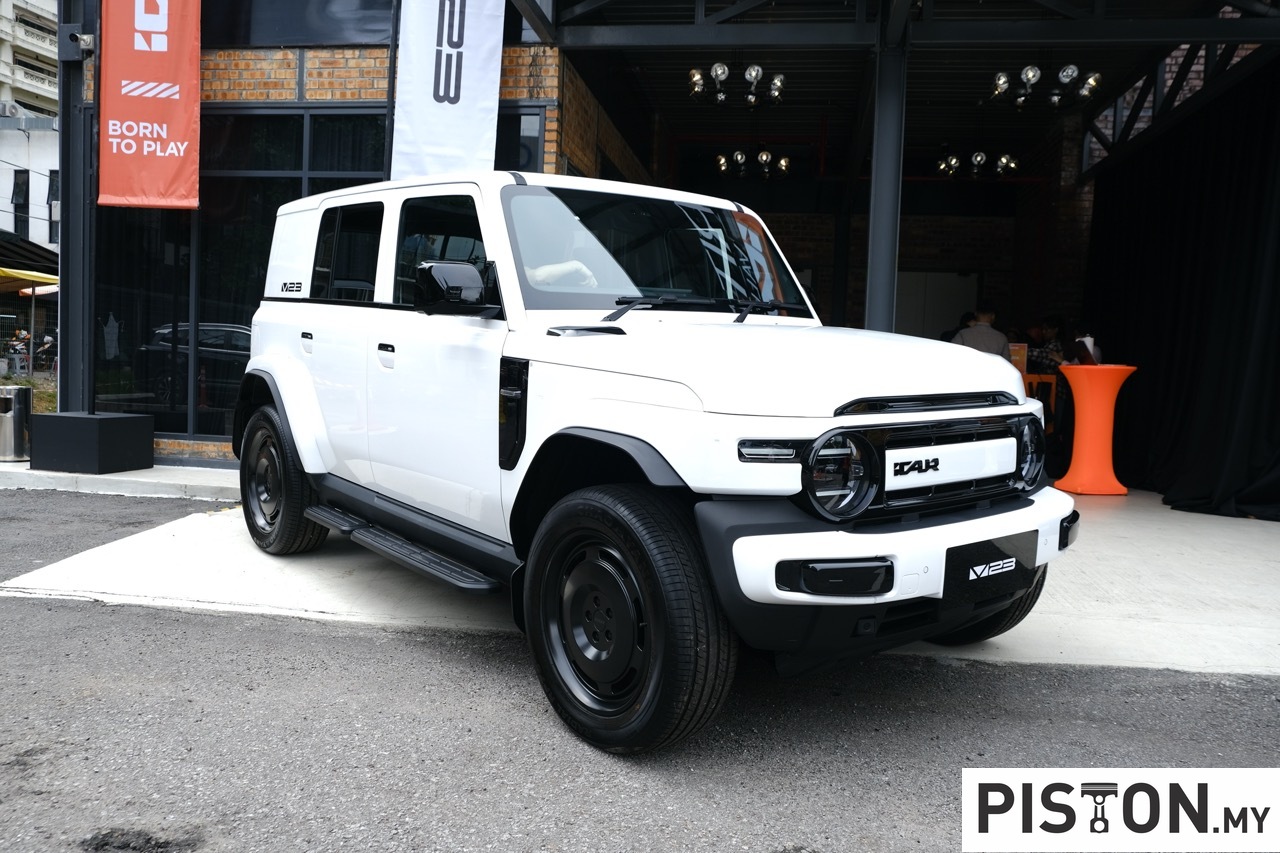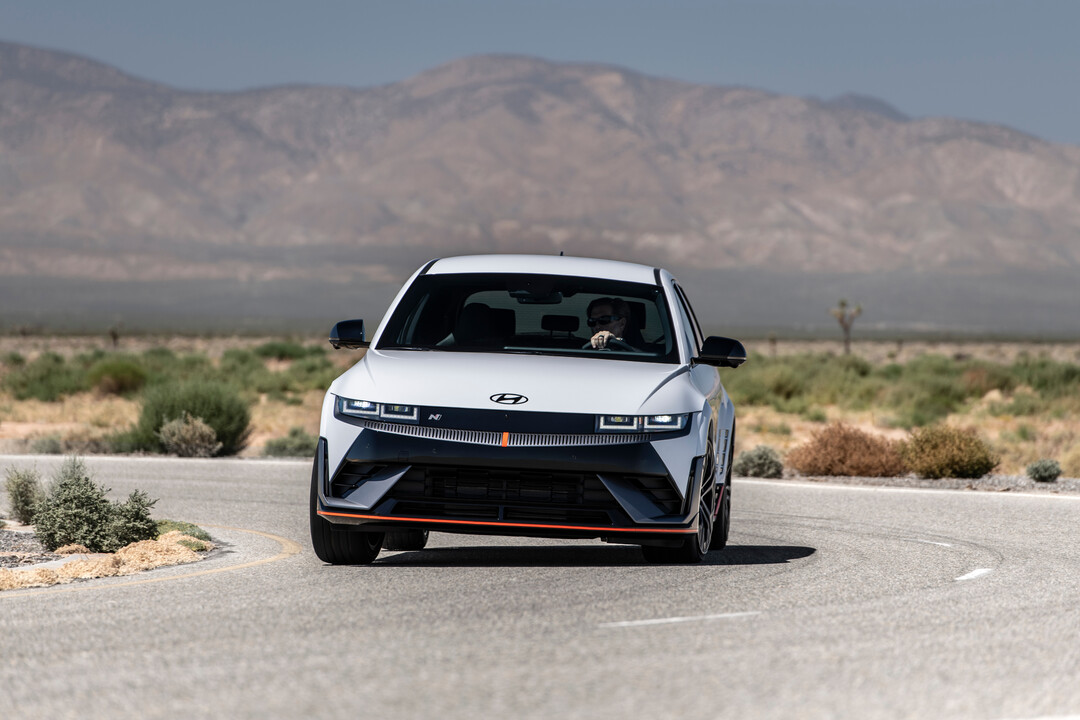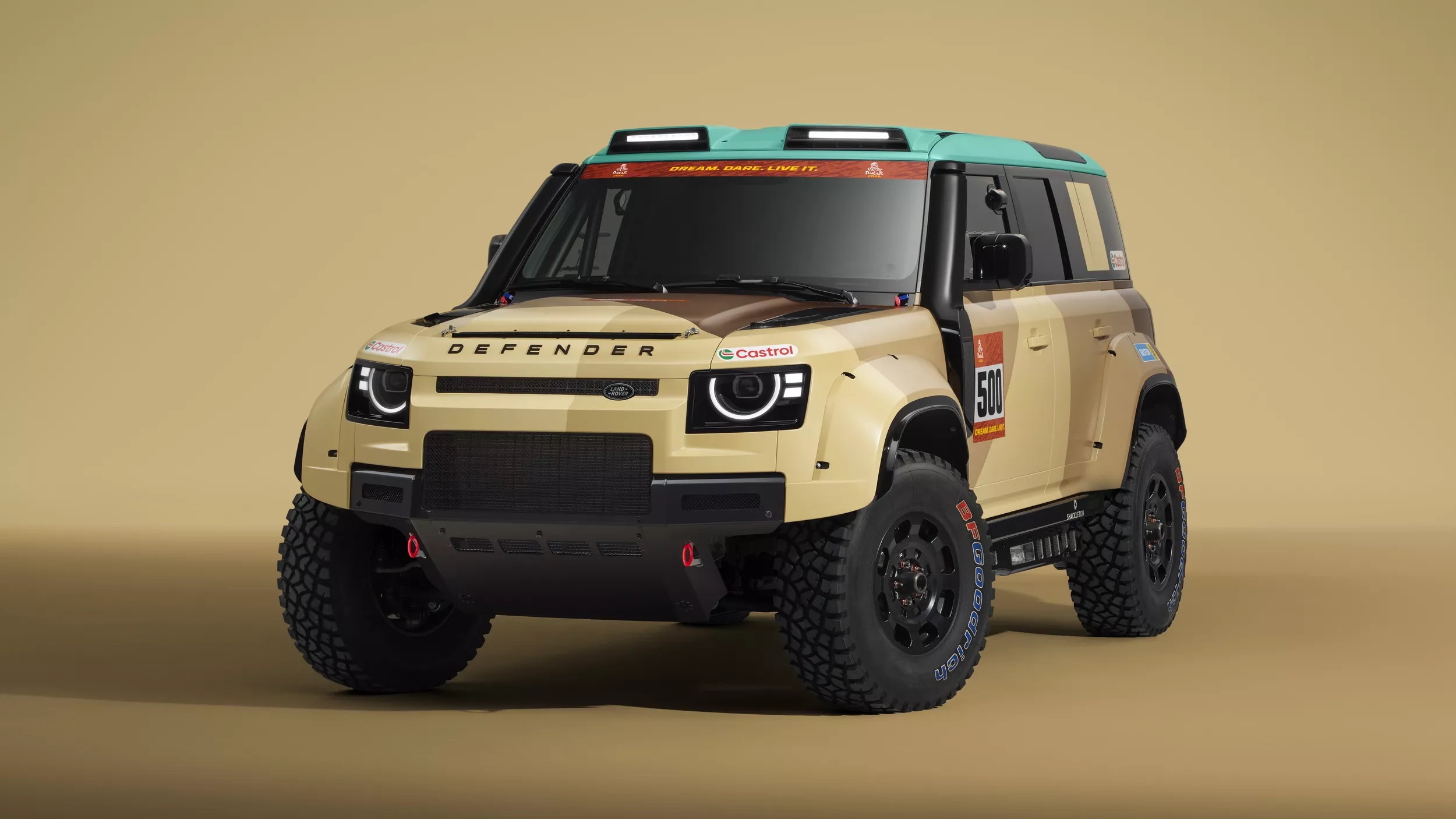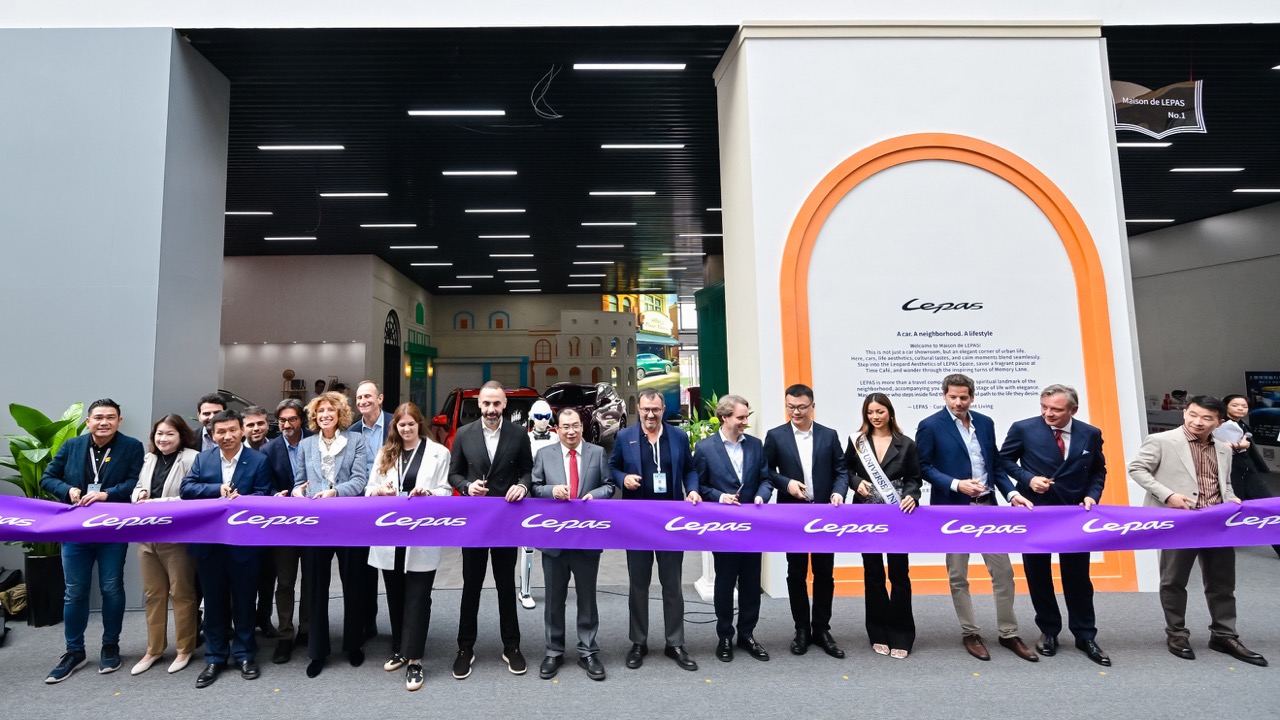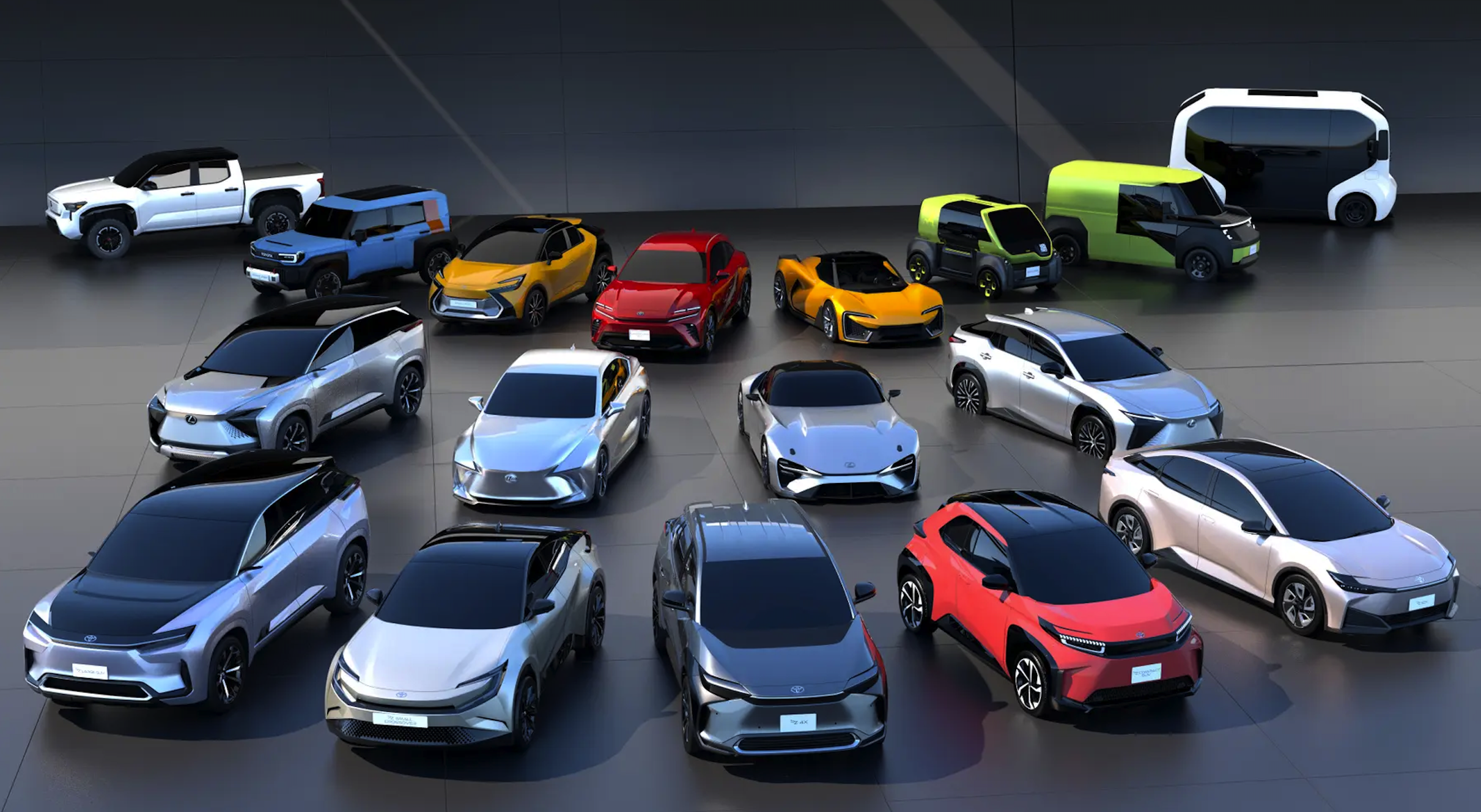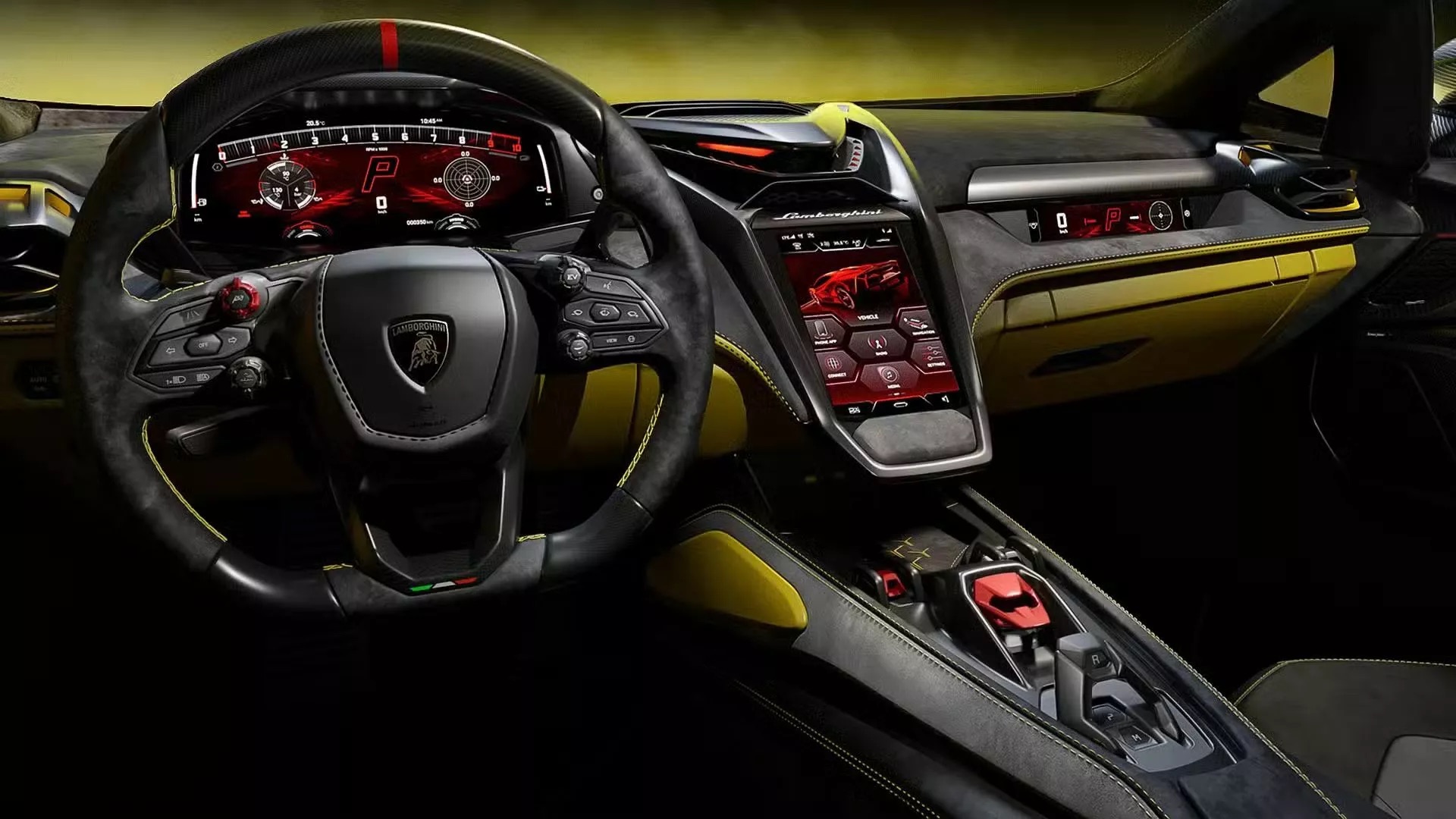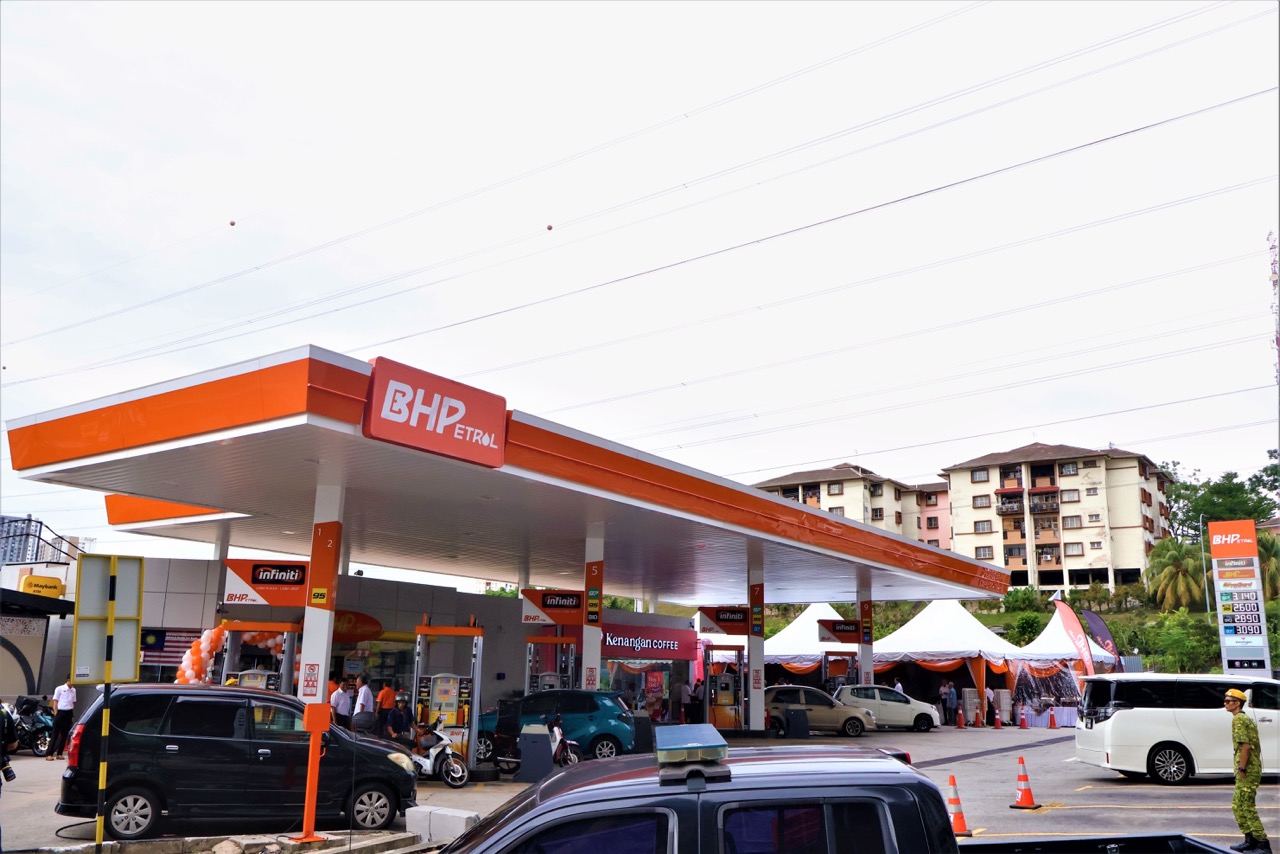Morgan Motor Company, which has been well known for its unique 3-wheeled cars over its history of more than 100 years, has come out with an all-new model that brings the idea of 3-wheelers into the 21st century. Unveiled today, the new Super 3 brings with it a new design philosophy. In comparison with the outgoing 3-Wheeler, which was created in the style of the 1920s V-twin-engined 3-wheelers, the Super 3’s designers and engineers have drawn influences from the mid to late century.
First clean-sheet design since 2000
It’s Morgan’s first clean-sheet design since the launch of the Aero 8 in 2000 and the company’s biggest visual departure since the 1962 Plus 4 Plus. Aerodynamic and mechanical requirements have heavily influenced the form and proportions of the new car. This is most notable in the cast aluminium structures that provide the face of the vehicle, brace the engine and control the corner
It is powered by a Ford-supplied 1.5-litre engine, a compact 3-cylinder unit with an output of 118 bhp/150 Nm. The engine is coupled to 5-speed Mazda gearbox (similar to that in the MX-5) but no compensator is required in the driveline, therefore minimising complexity and weight. The bevel box has been re-engineered using a custom tooth profile, and it drives through a carbonfibre-reinforced drive belt.
Weight distribution has been crucial, and this has been achieved with precise positioning of the engine of a bonded aluminium Superformed monocoque platform. Morgan’s expertise with bonded aluminium platforms dates back more than two decades, to the start of Aero 8 production, and was furthered with the CX-Generation platform used in the 2020 Plus Four and 2019 Plus Six. With the Super 3’s platform, the technology evolves further still.
Superform technology
The Super 3 continues Morgan’s long-standing use of Superform technology. The heating of aluminium to a superplastic state before vacuum forming it allows for intricate exterior shapes to be created with a lower material stress than pressing. While Superformed exterior panels are a proven technology in automotive production, this is the first time the process has been used to produce a structural vehicle platform.
The Super 3’s face has the two familiar headlights and a horseshoe front grille, both recognisable elements of the brand. The engine resides beneath the nose cone and this visual mass sits directly behind the centreline of the front wheels to be a principle proportion of the car. Beneath the cowl, the engine is visible through a mesh with its moving mechanical components clear to see.
While the front end embodies mechanical honesty, the tail contrasts this with elegant, streamlined simplicity. An exposed rib forms a beltline around the vertical midpoint of the vehicle. This feature is a nod to traditional seam joining techniques deployed on mid-century aircraft fuselages, and it is often apparent in ‘belly tank’ racers and early jets. Beneath it lies a unique cut-off tailpipe design, a feature that would normally be impossible but which meets regulations due to its positioning inbound of this beltline.
The rear casting integrates a hinge for the rear bootlid and optional luggage rack, and it allows this accessory to be lifted independently or in unison with the boot. Underneath the rear clamshell boot is an enclosure sculpted to provide maximum luggage capacity.
Interior designed for adventure
The interior of the Super 3 has (given its adventure credentials) been designed for resilience. Rated at an approved ingress protection level of IP64, any part of the interior is completely dust-tight and protected against water splashing from any direction, even down to the integrated USB sockets.
The minimalist dashboard features Morgan’s traditional centre-mounted dials but, for the first time in a Morgan, they are fully digital. Their surrounds – available in both anodised black or silver finishes – are formed from metal, just like any touchpoint in the cabin, and are cold to the touch, giving a material authenticity. The engine start/stop button, inspired by the ‘missile release’ button on military aircraft, is carried over from the outgoing model.
A choice of seat materials includes vinyl, water-resistant leather, saddle leather with enhanced durability and a technical fabric that combines a high level of water resistance, UV resistance and ease of maintenance and which offers an appealing alternative to leather.
Bungee cords can be fitted to the chassis impressions in the outer cockpit to provide a quick storage solution for coats, maps and small bags, while a discreet lockable underseat compartment allows more valuable items to be stored.
Special tyre design
Morgan has worked in partnership with Avon to develop its own 20-inch diameter tyre for the Super 3. Reviving the iconic ‘Speedmaster’ name, the tyre is based on the look of a heritage motorcycle tyre with ‘ballooned’ sidewalls but has been engineered specifically for Morgan and is closer to a car tyre in its design. To ensure ultimate performance, the compound and casing design have been through extensive fine tuning.
The rear tyre on a 3-wheeler is often subjected to the dirtiest, wettest part of the road and, as the driving tyre, it must maintain appropriate contact and grip. It therefore plays a crucial role in the handling and dynamic capabilities. The testing programme to determine the exact tyre choice for the rear of Super 3 was a rigorous one. After significant real-world testing and simulation, an Avon all-season tyre was selected to provide optimum slip angle.
The Super 3 marks Morgan’s most comprehensive vehicle development programme yet. The company has employed a new level of competence in CAE (computer-aided engineering) and structural durability simulations. Test vehicles have undergone ‘real-world’ mileage accumulation in all conditions, exceeding the parameters of any testing programme operated by the company to date and allowing for extensive insight into the life of the vehicle.
“The Morgan Super 3 represents a new level of engineering integrity for Morgan. Superform techniques have allowed us to achieve something that is typically out of reach for niche manufacturers. The monocoque platform is light, stiff, strong and resilient and looks good. Throughout the vehicle, the quality of finish is comparable to that of much larger manufacturers, and we feel we have engineered a car that delivers a lot more value to Morgan customers,” said Chris Arthur, Chief Engineer at Morgan Motor Company.
Most configurable Morgan
The Super 3 is the most configurable Morgan to date, with more than 200 options and accessories at the time of launch. A key project aim was to design and homologate all accessories and options alongside the development of the new car. This not only ensures that those options work in total harmony with the car but also removes the need to retrofit additional options once it has been built.
In what has been recognised as the company’s first patent, a unique fixing has been designed to allow for numerous opportunities to adorn the Super 3 with additional options. Known as ‘accessory rails’, the fixings are available in anodised black or silver and can be applied to sideblades, under the dashboard, on the front and rear bulkheads, on wind deflectors, on the rear luggage rack and on the rear end of the hard shell pannier. Each accessory rail also features a thread for mounting a camera, providing owners with a simple solution to capture their adventures on video.
Priced from £34,958.33 ex-factory (around RM200,000), the Super 3 will be sold through Morgan dealerships in the UK, Europe, the USA and selected markets, with the customers in the UK and Europe receiving their new cars first, followed by deliveries to the USA later in 2022.
“Following on from the incredible success of the outgoing Morgan 3 Wheeler has been no easy task. When we first decided to reintroduce it back in 2011, the company couldn’t have imagined just how popular and successful the V-twin model would be. We have developed this vehicle at a time when the industry, and the wider world, has been challenged beyond comprehension. Yet our engineering and design teams, along with our project partners, have been able to deliver a fitting new chapter to Morgan’s three-wheeled story,” said Steve Morris, Chairman and CEO of Morgan Motor Company.

